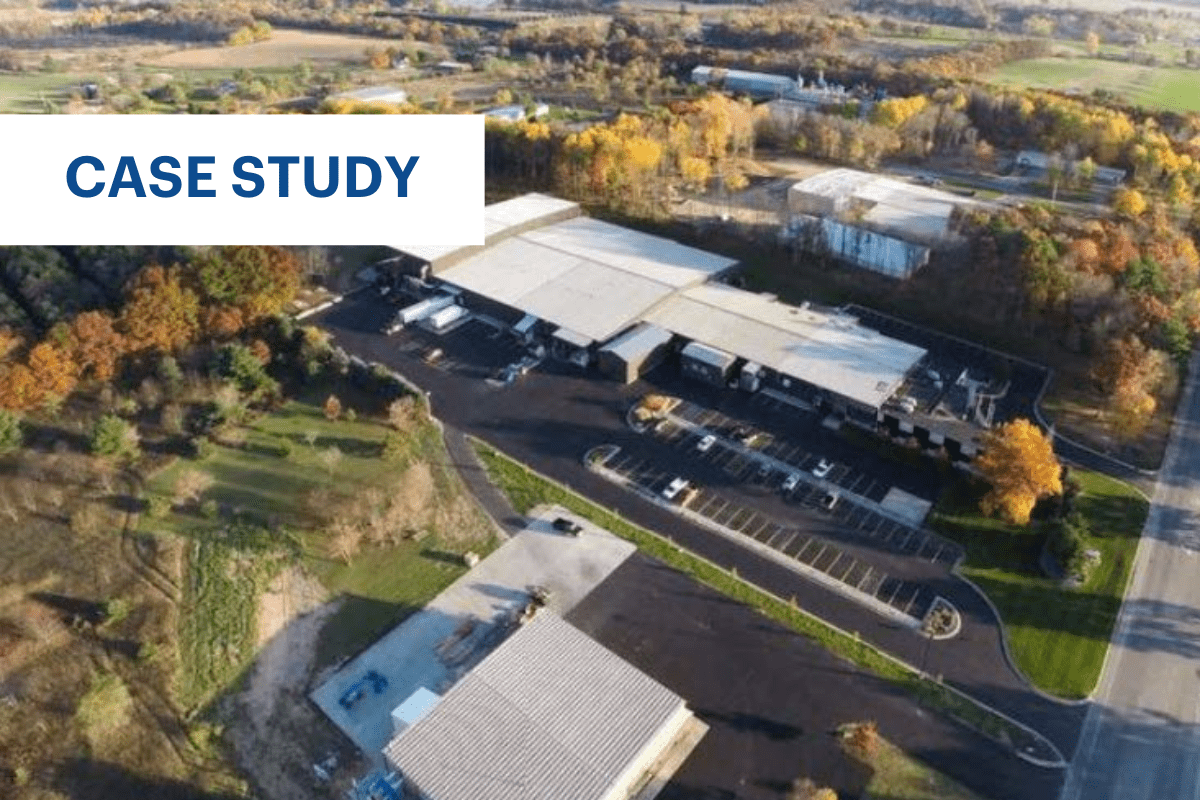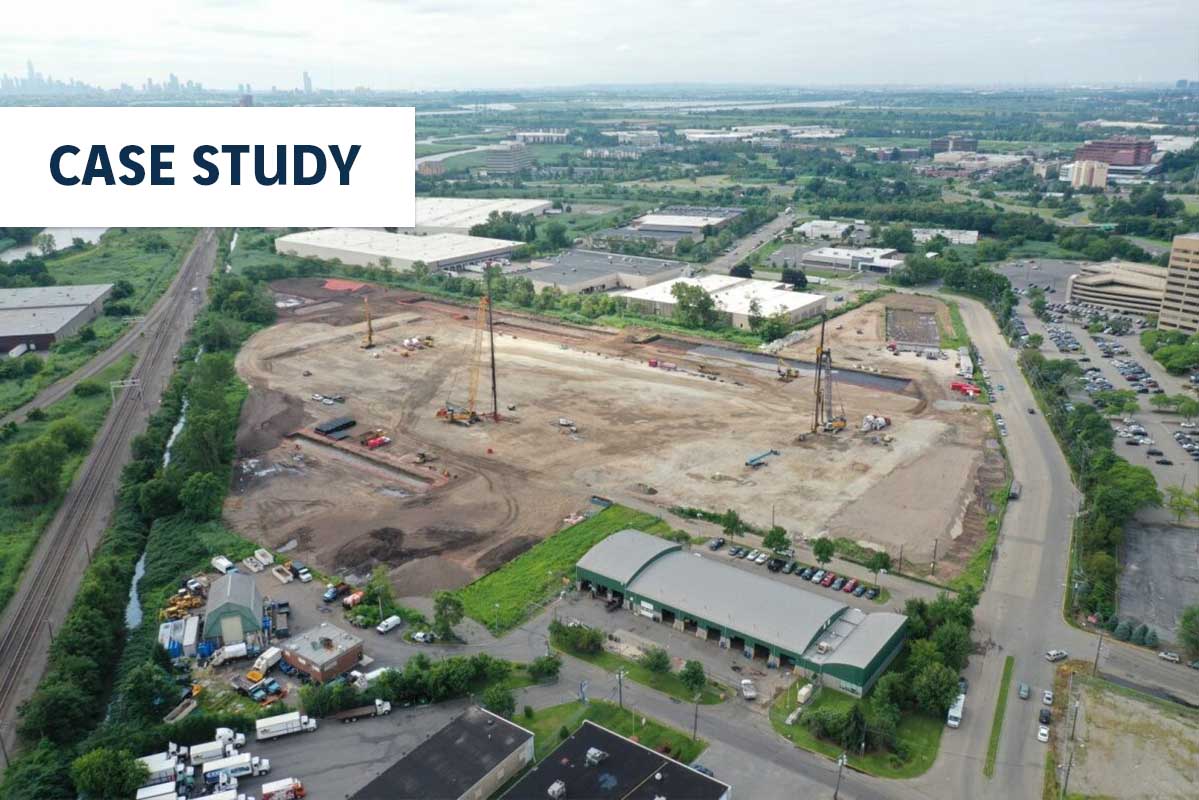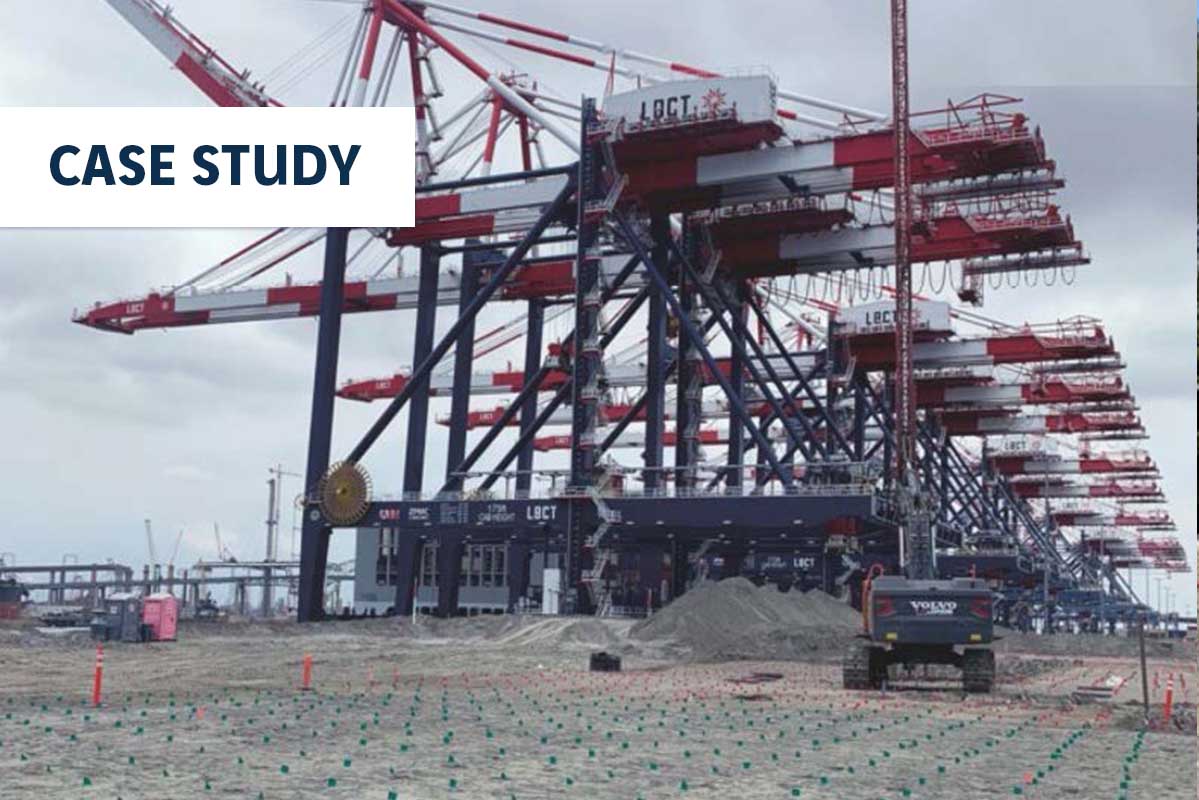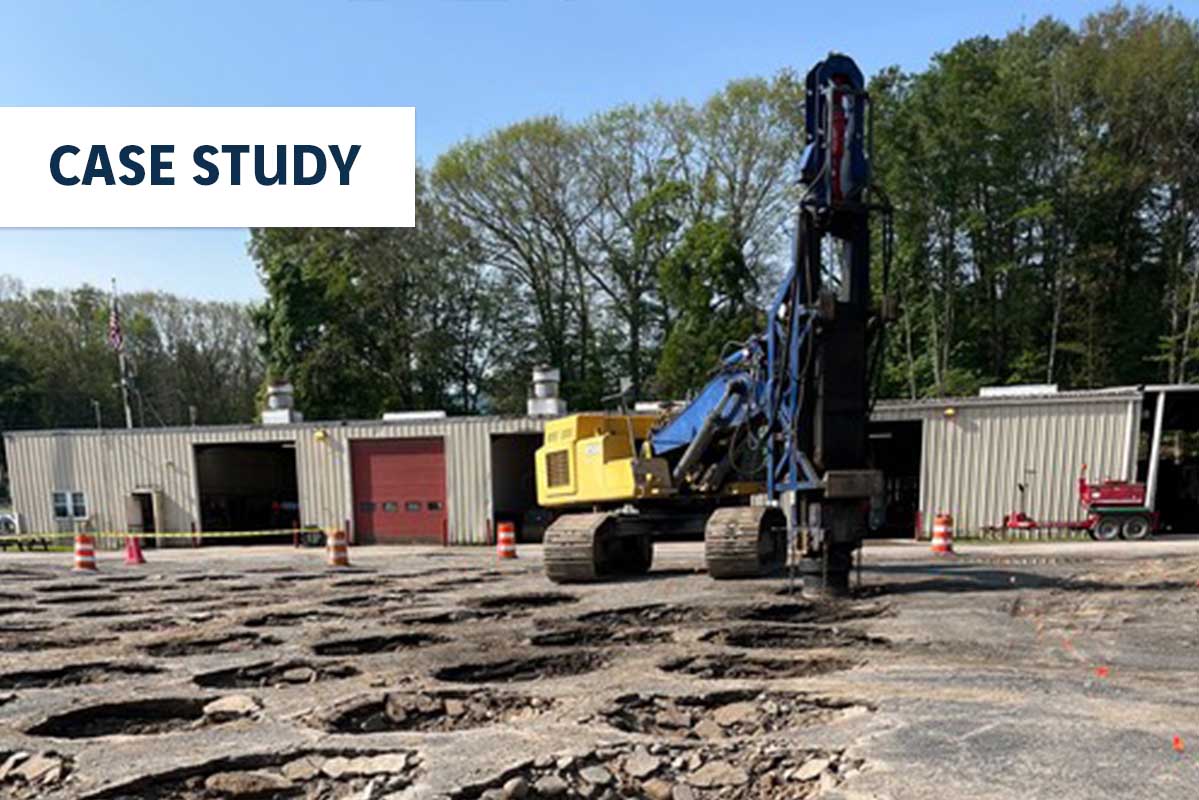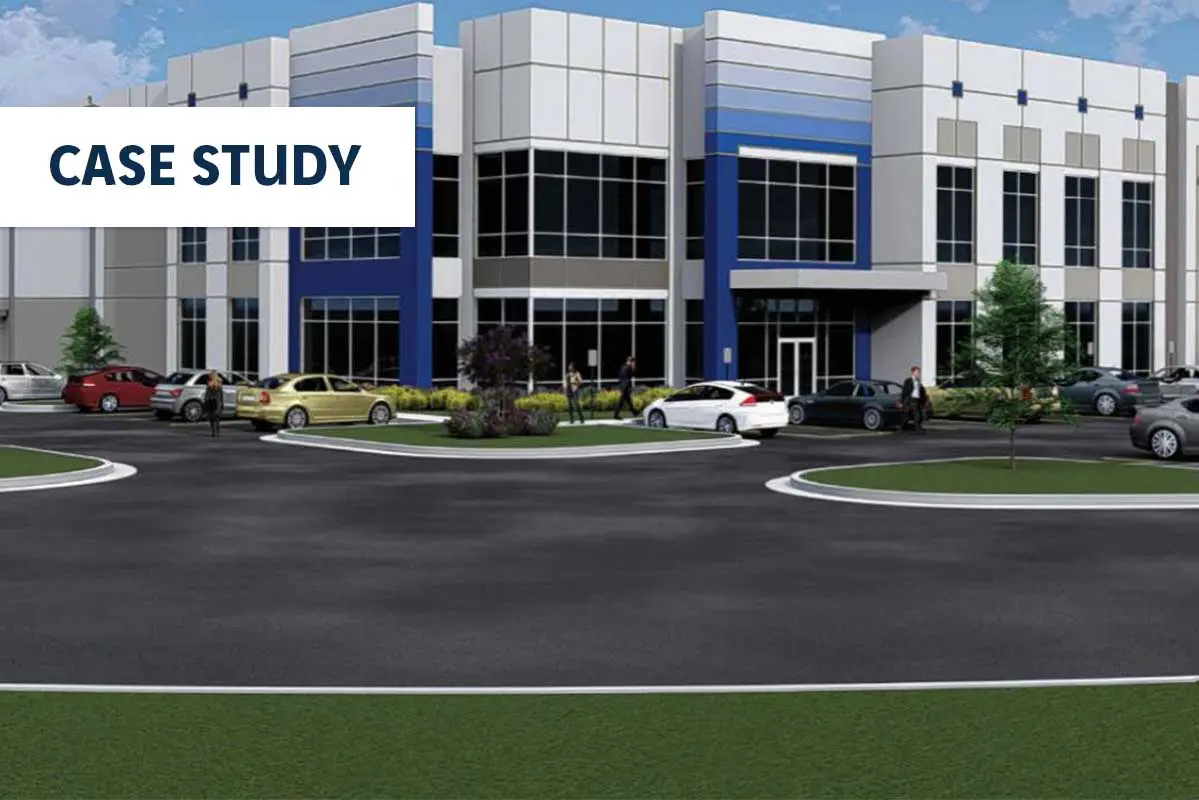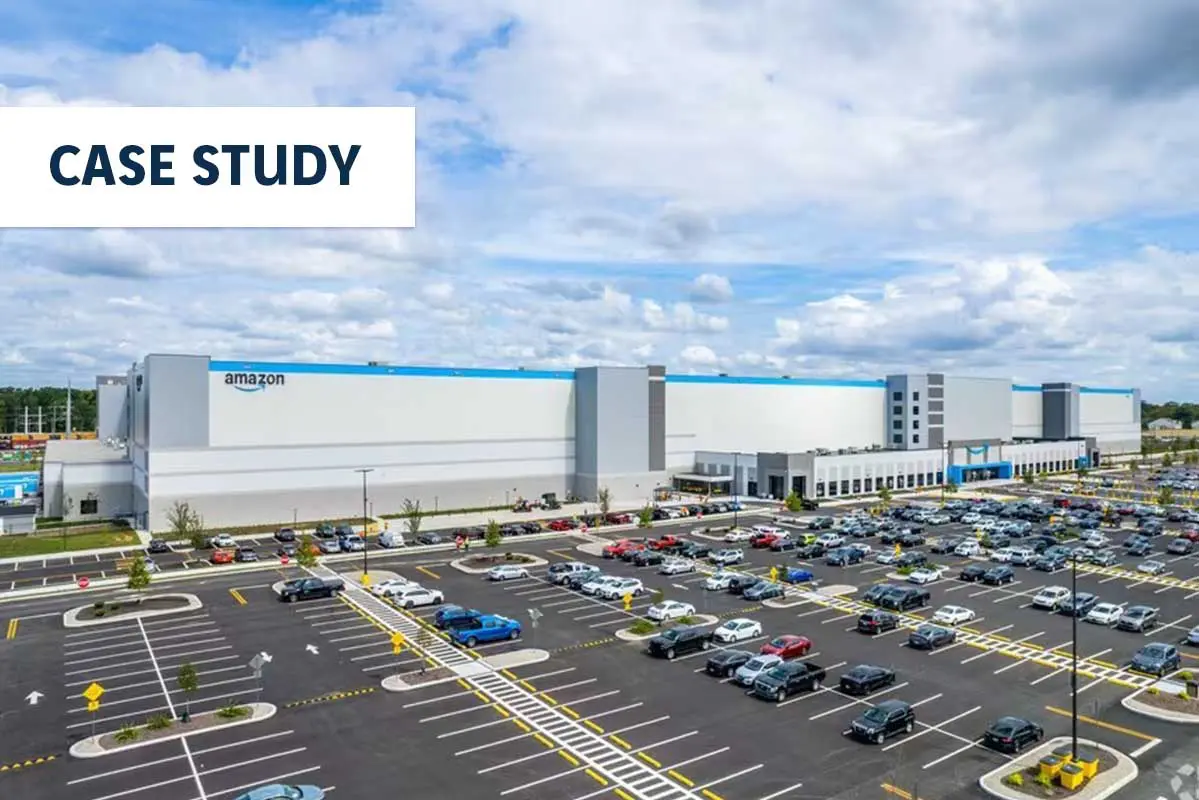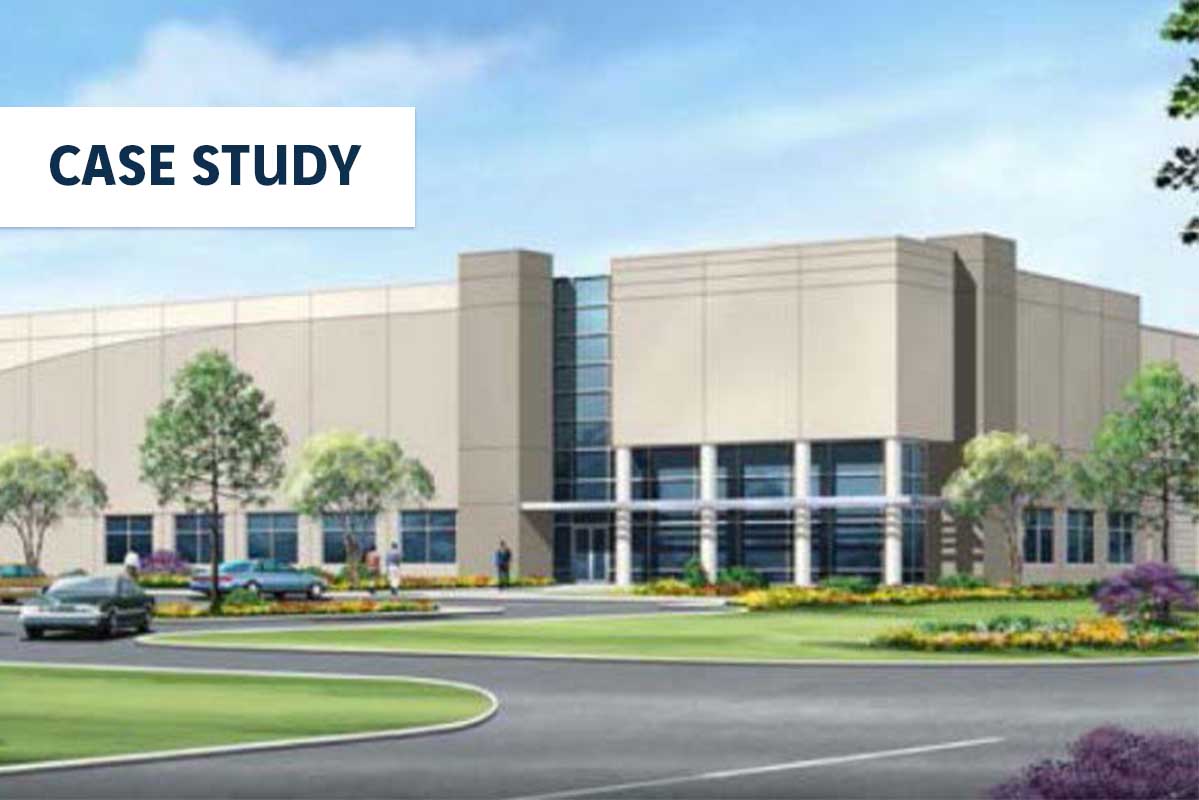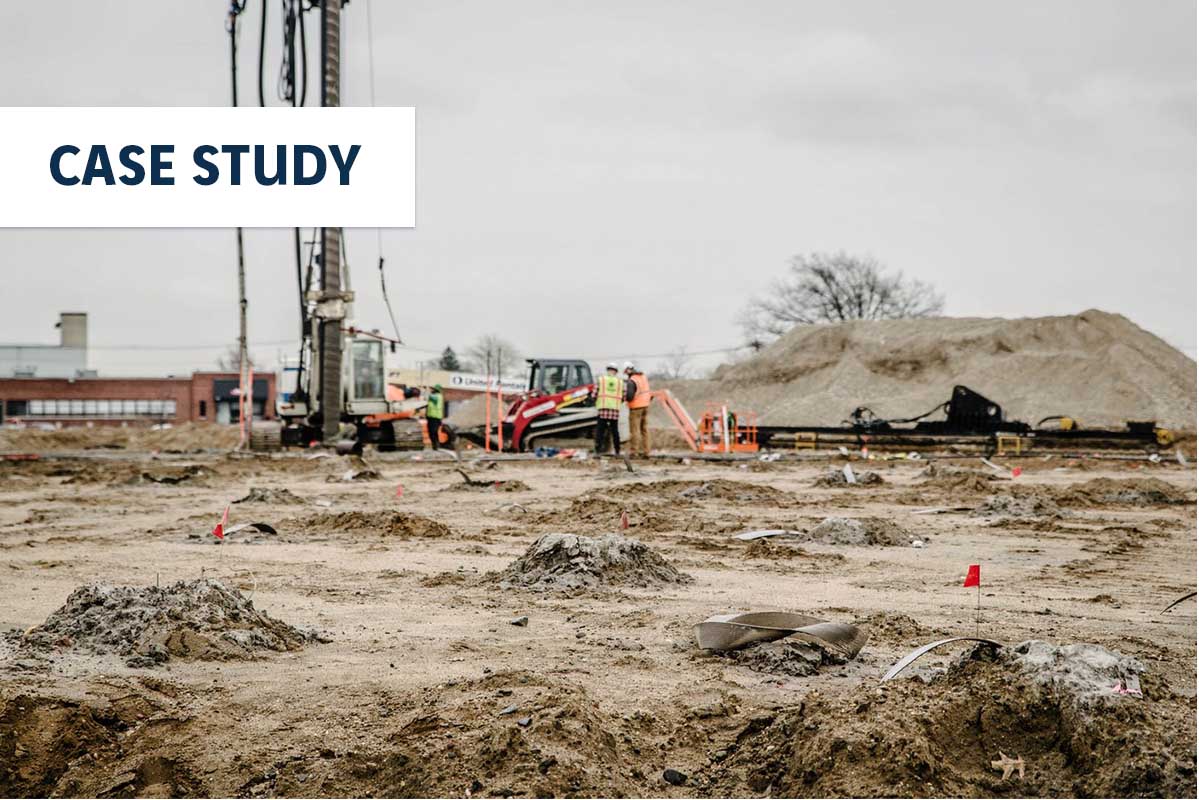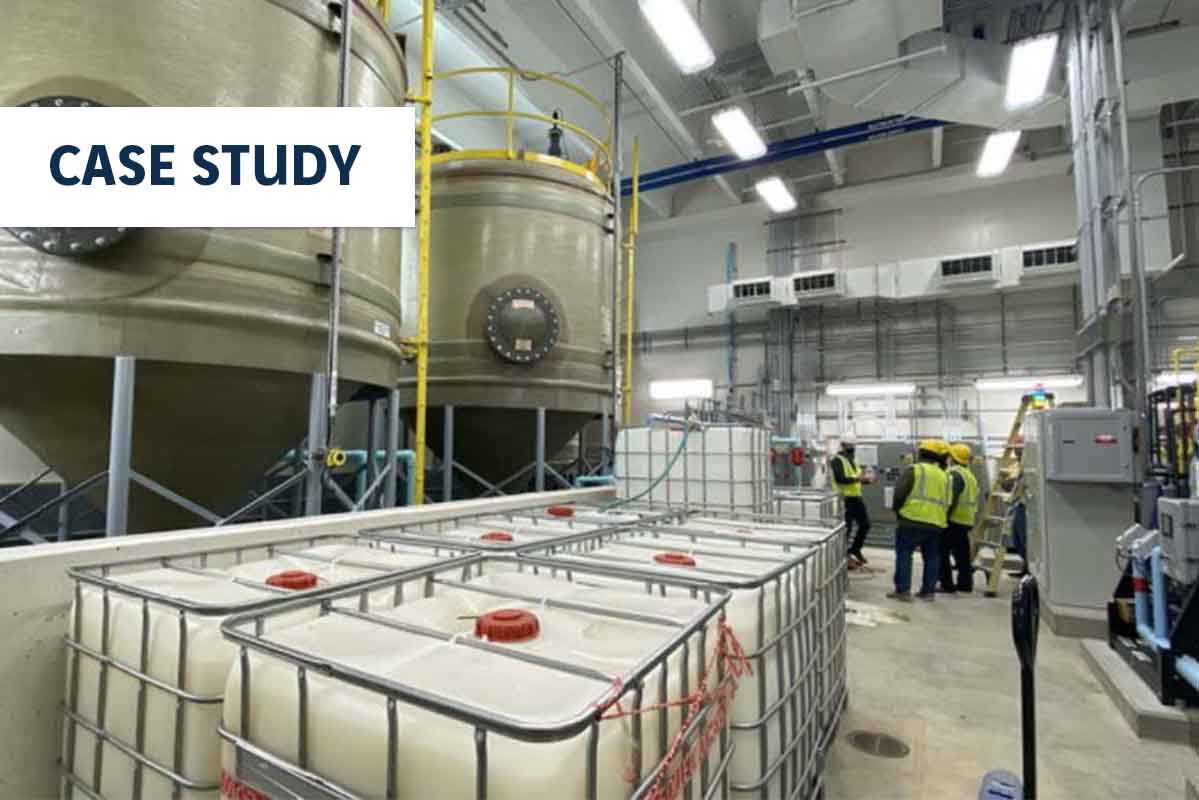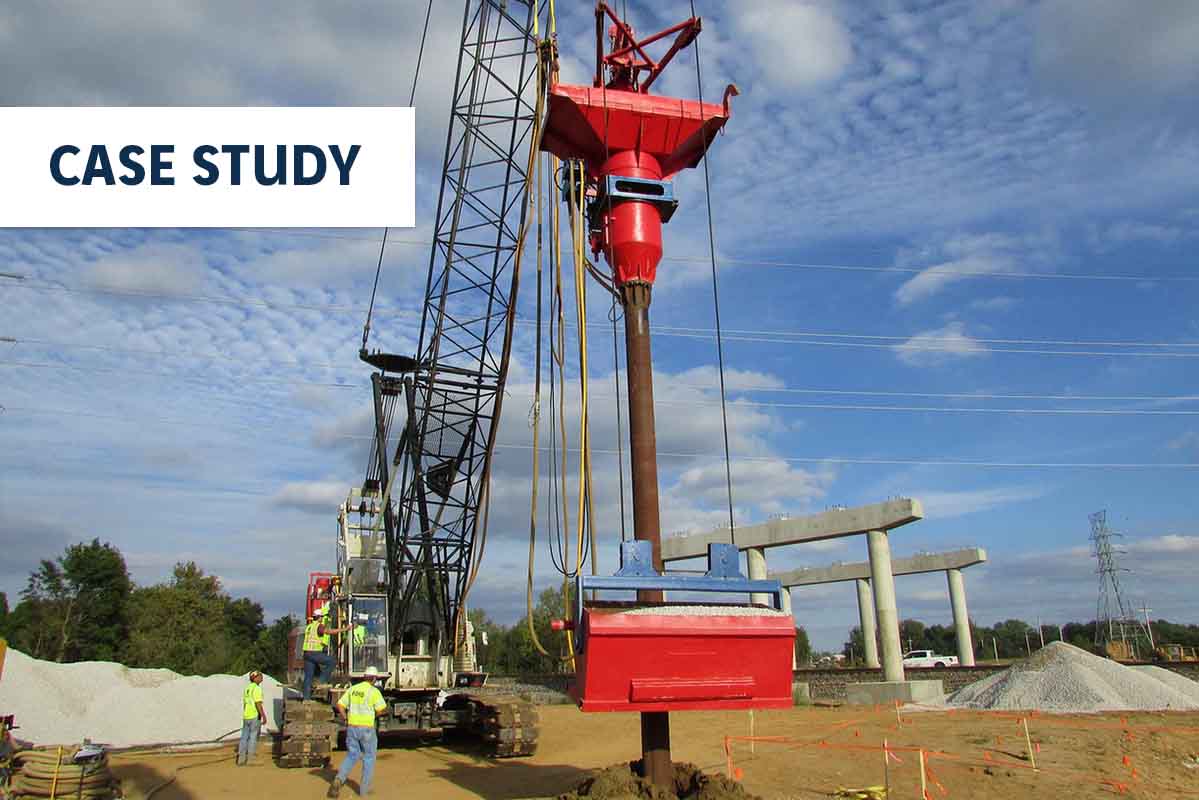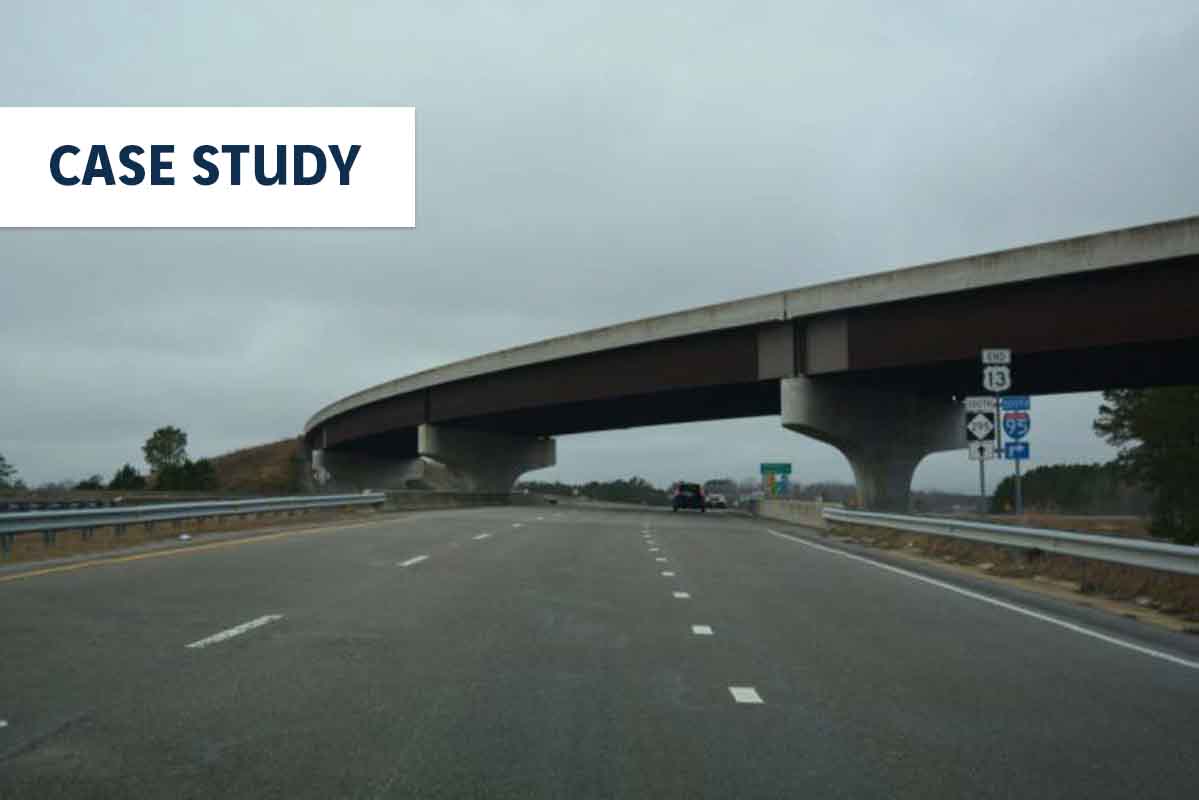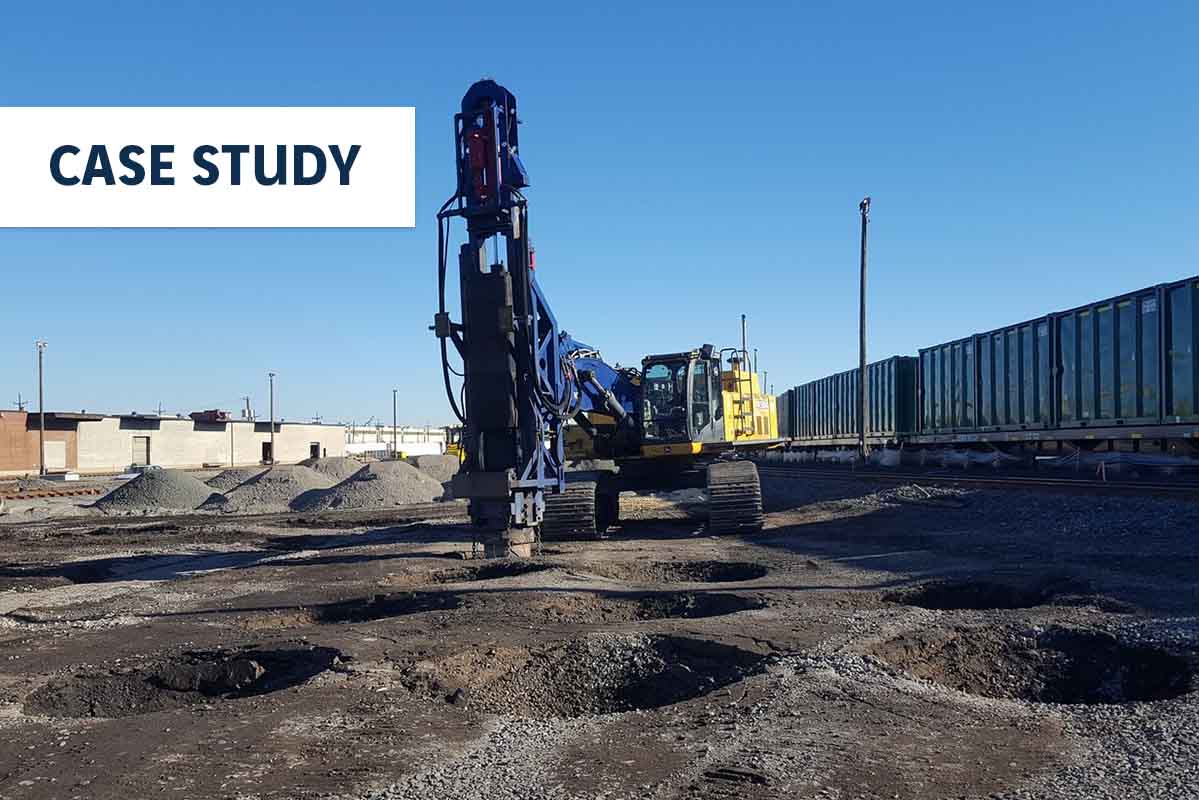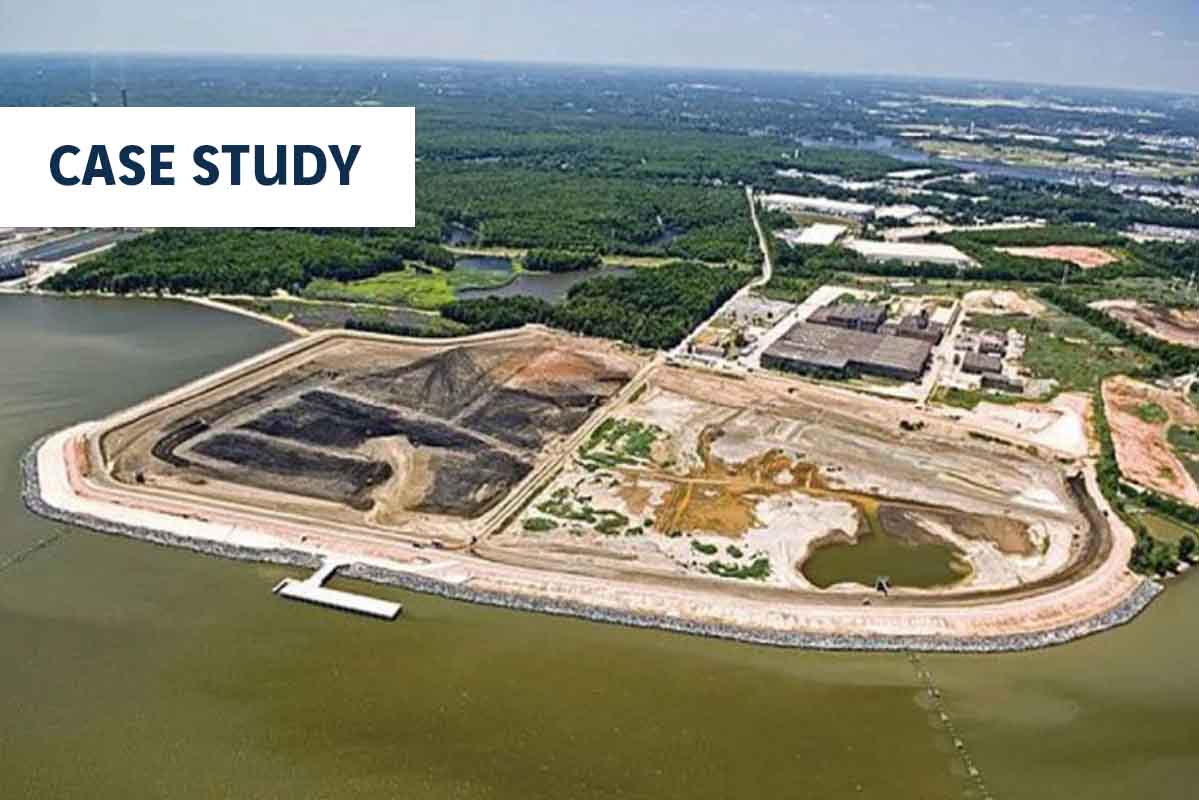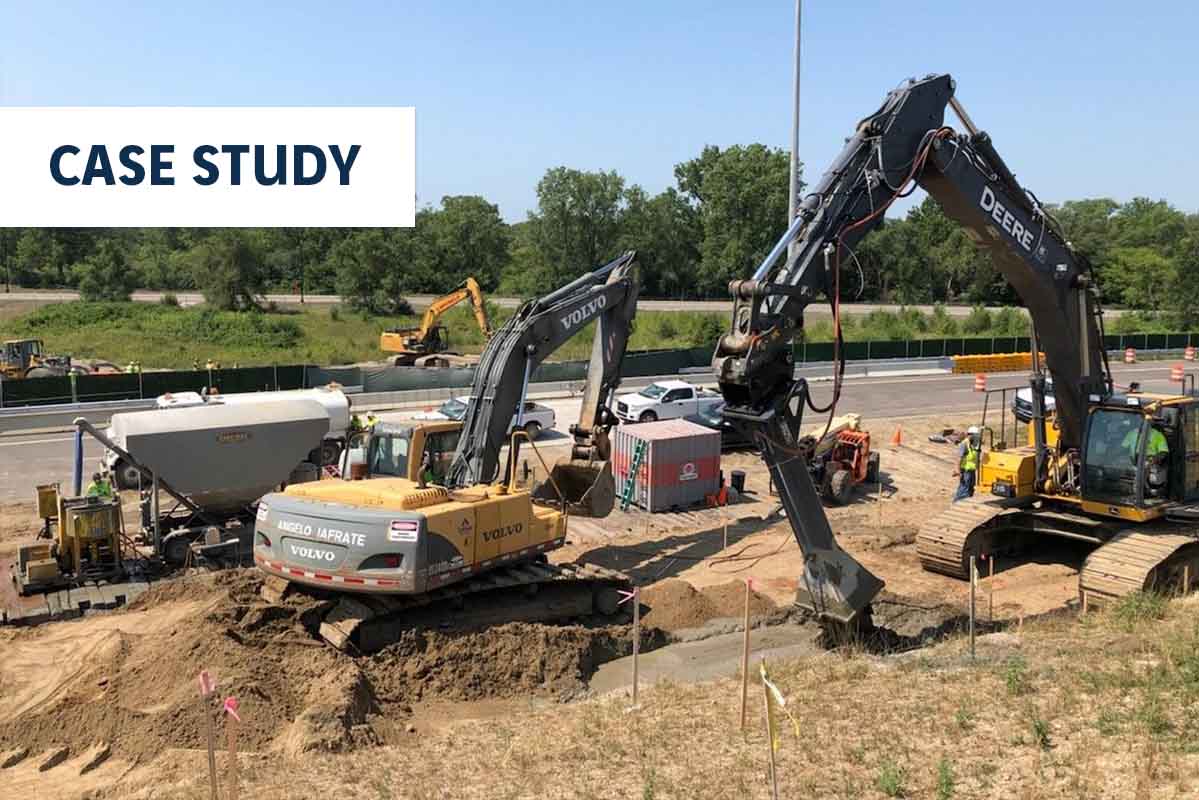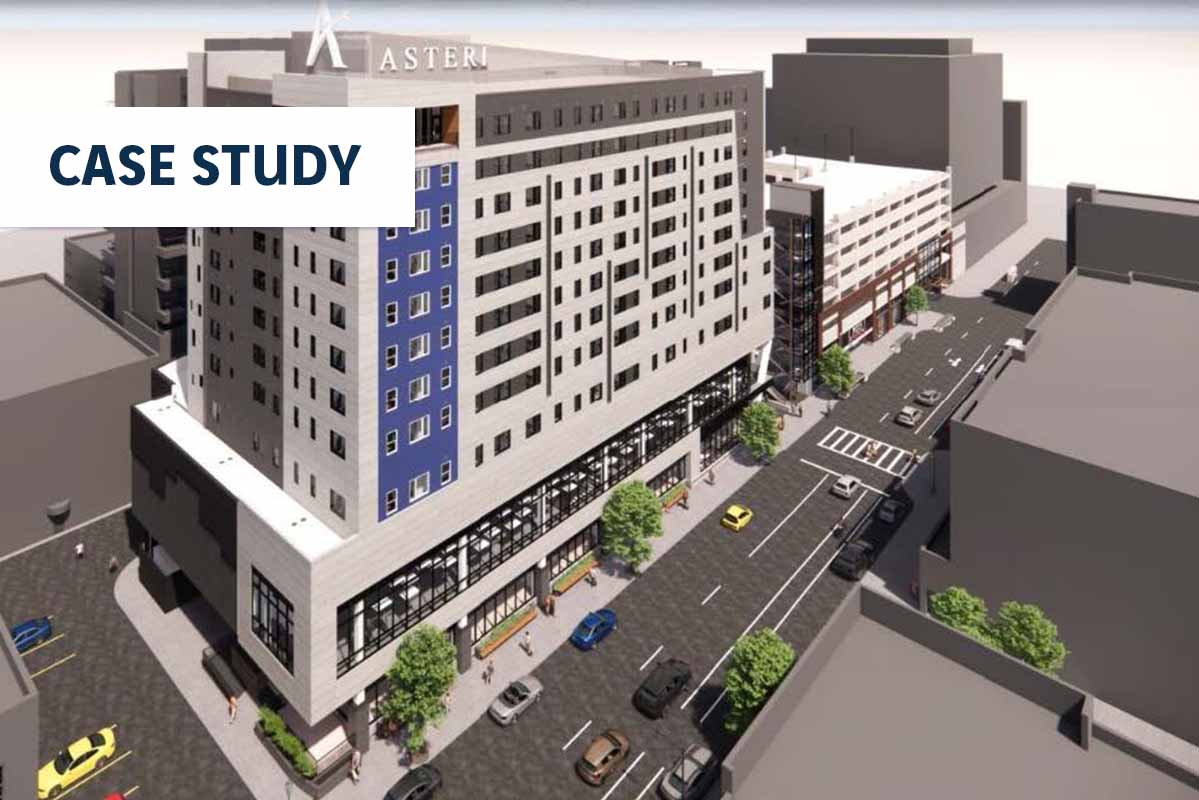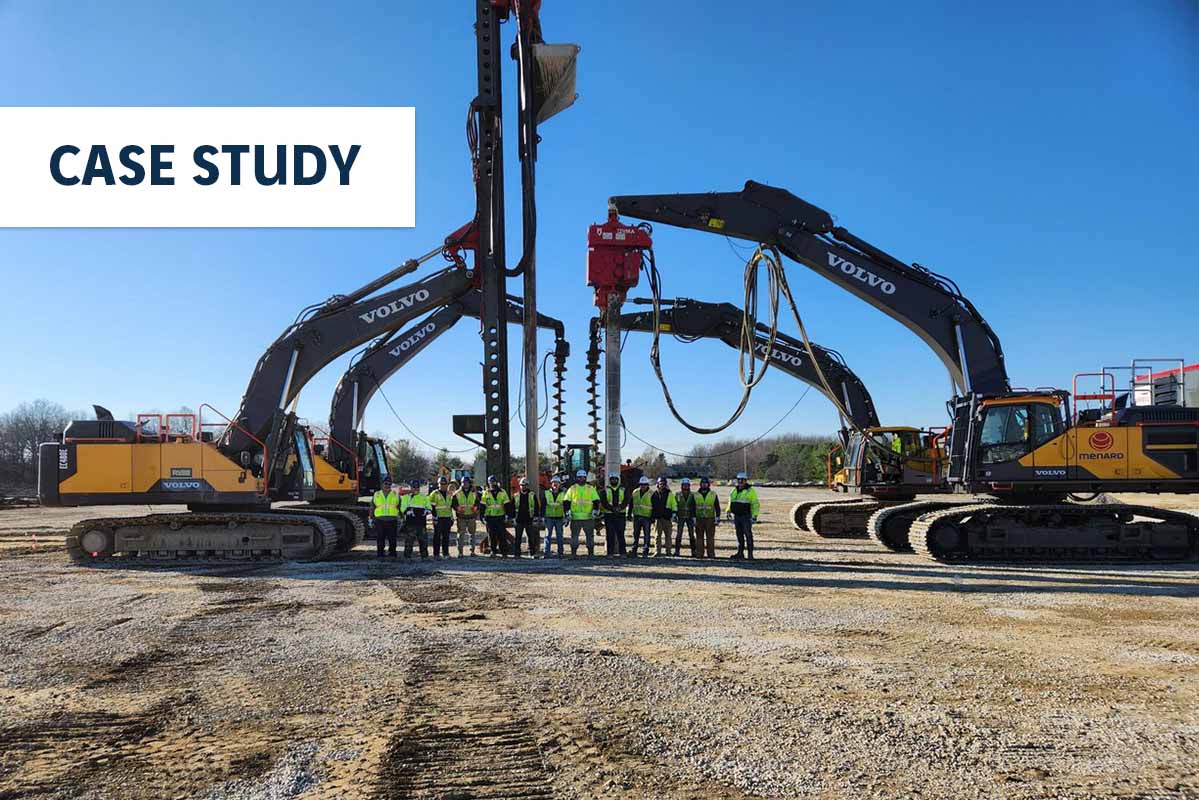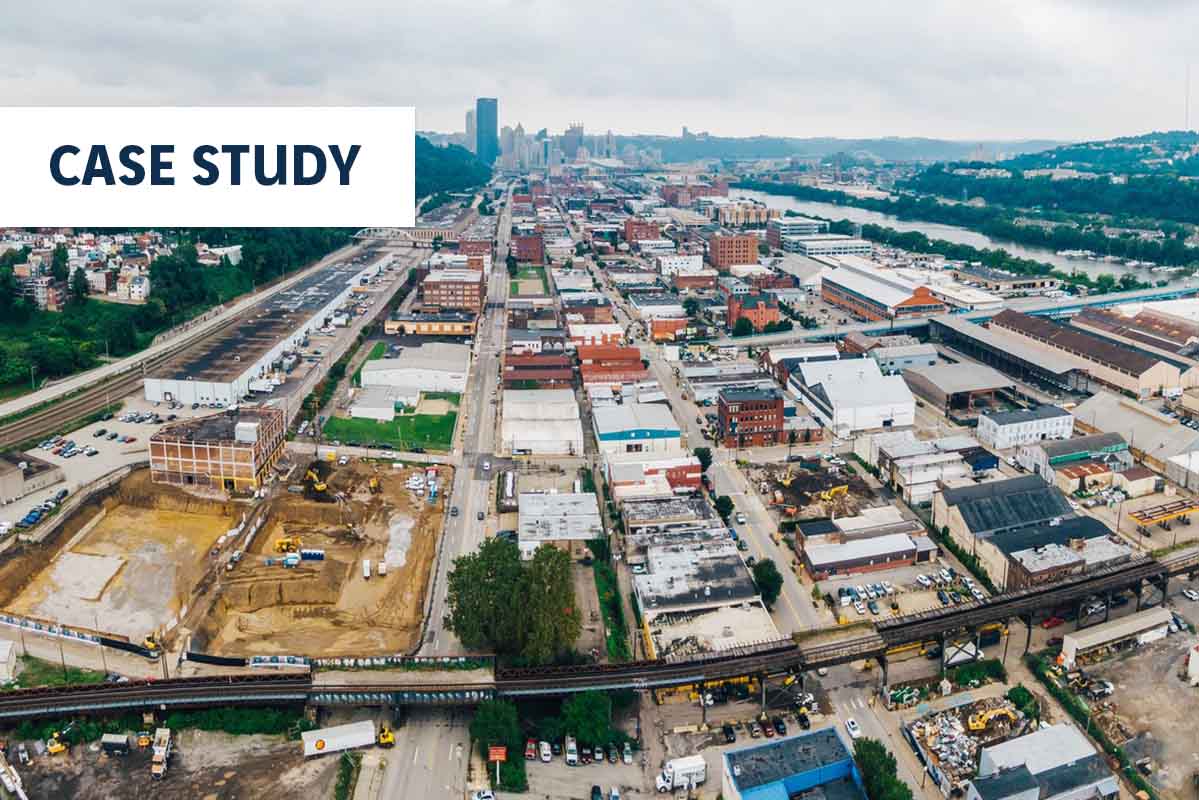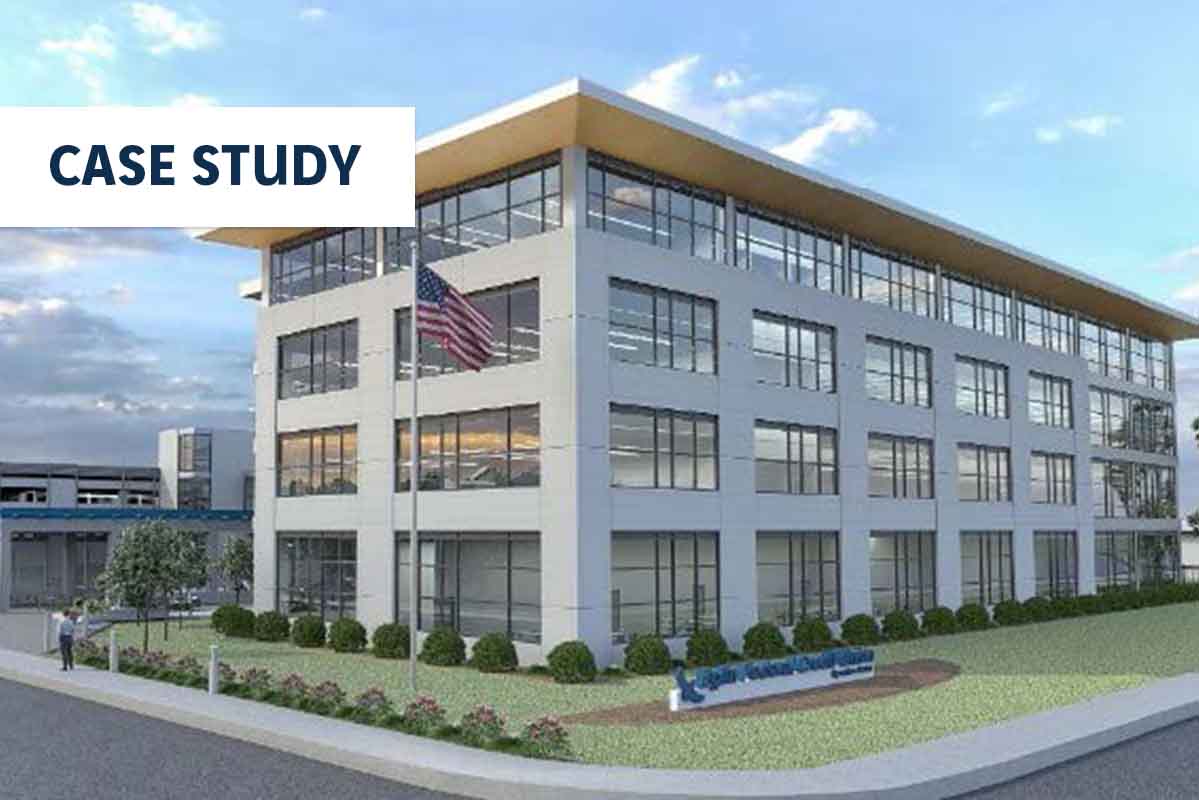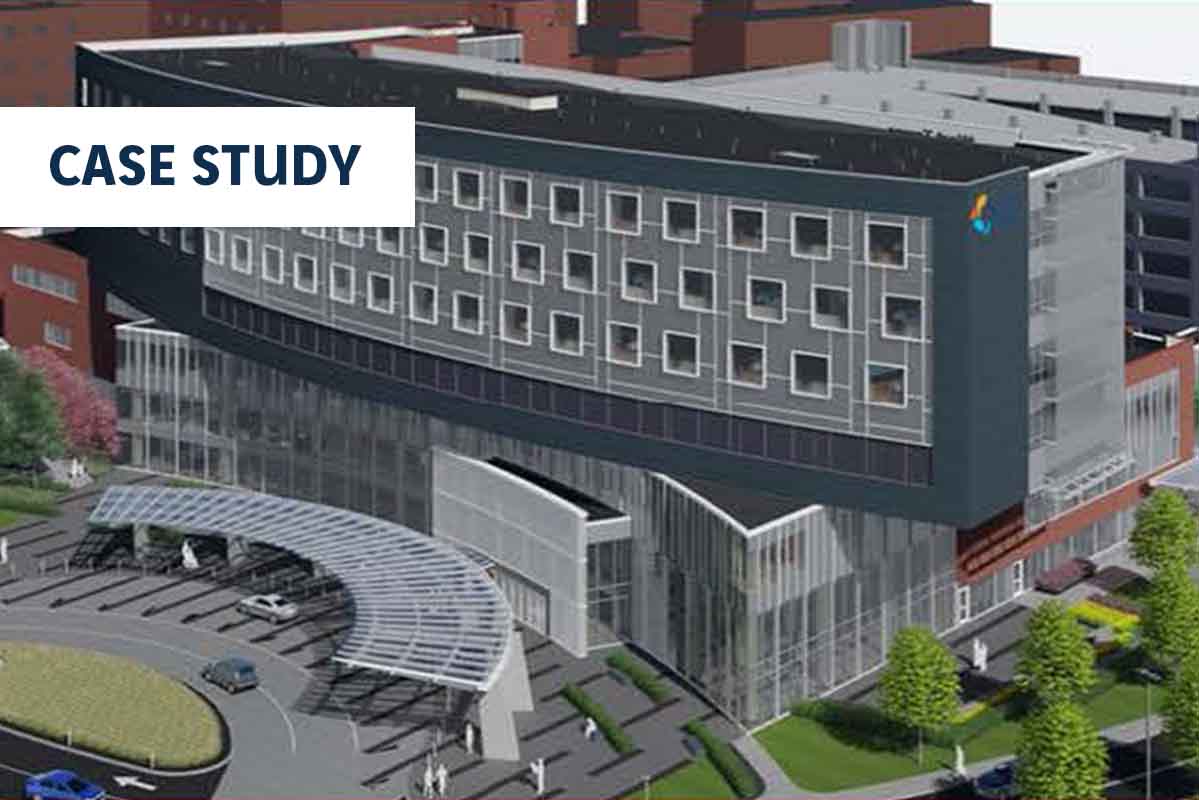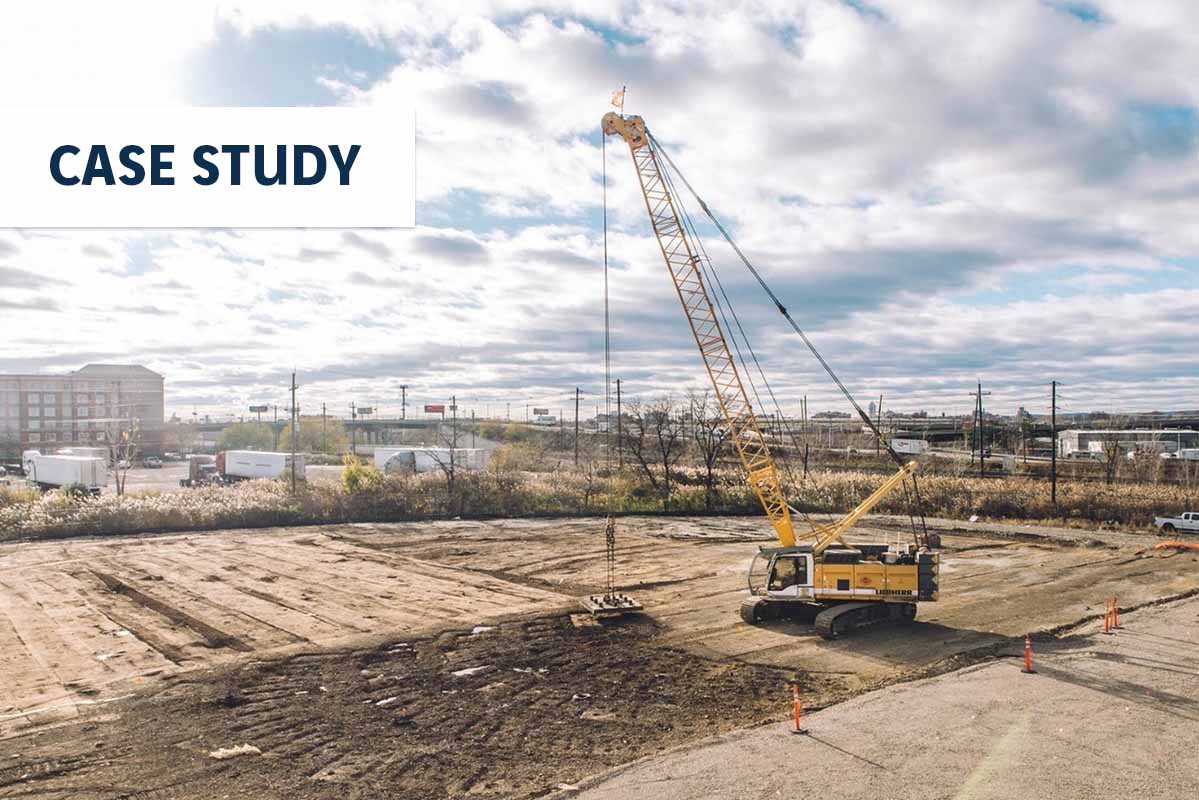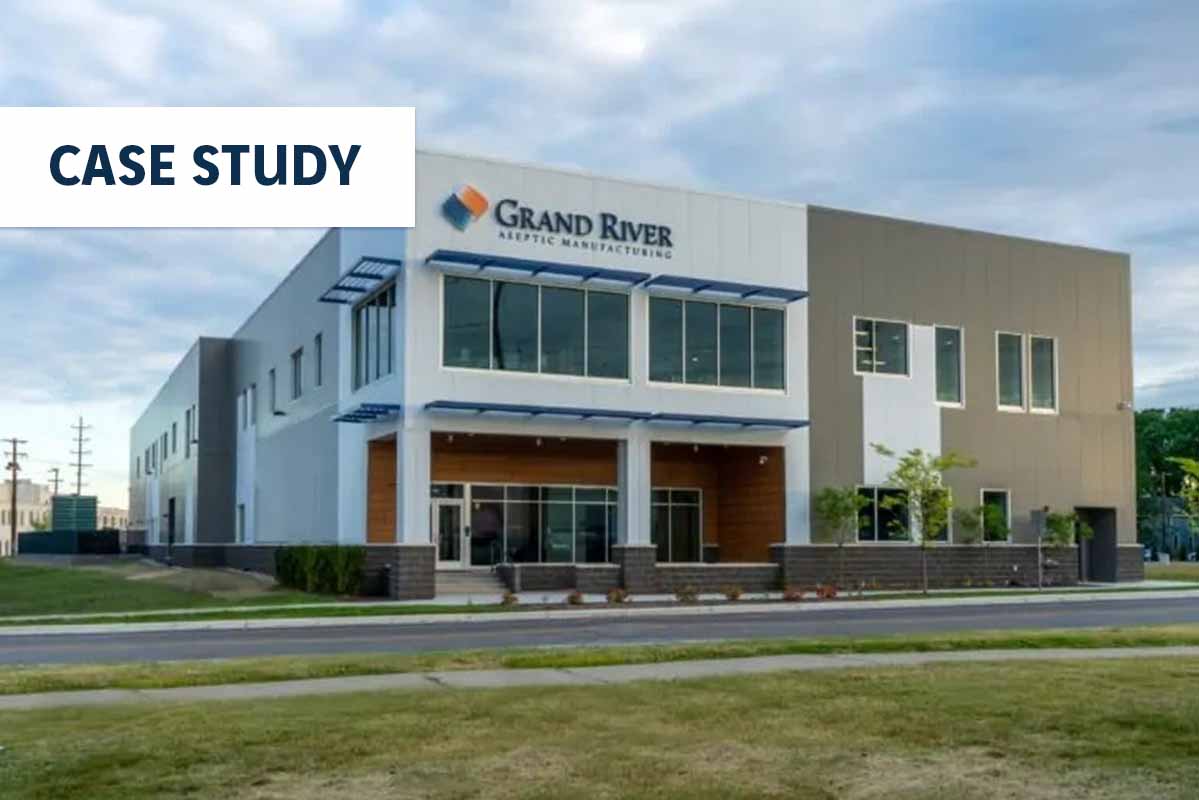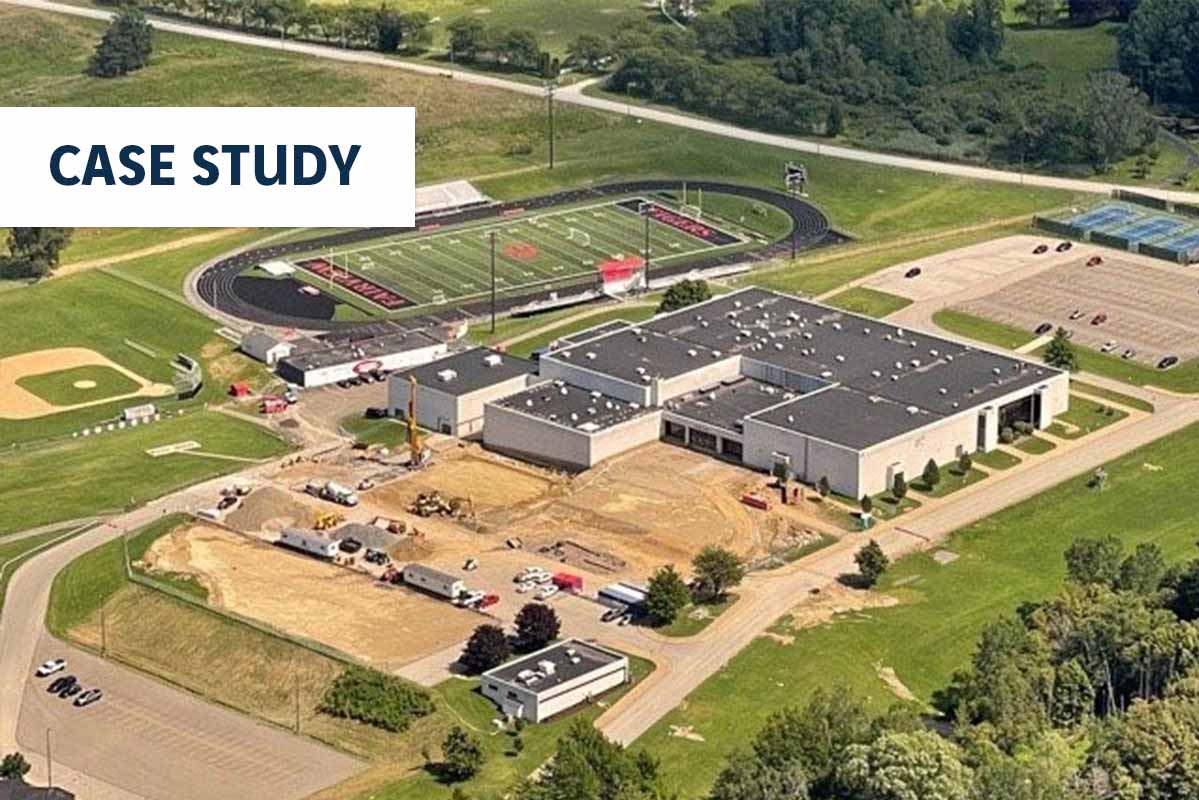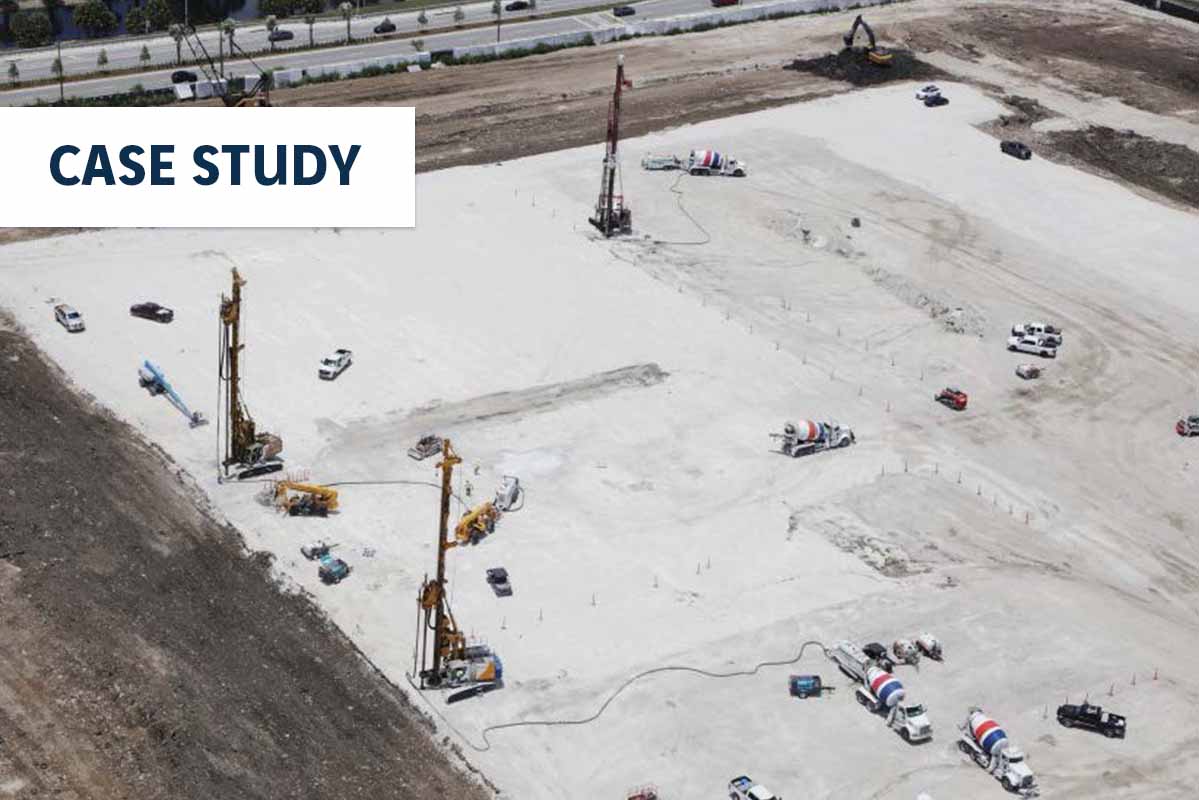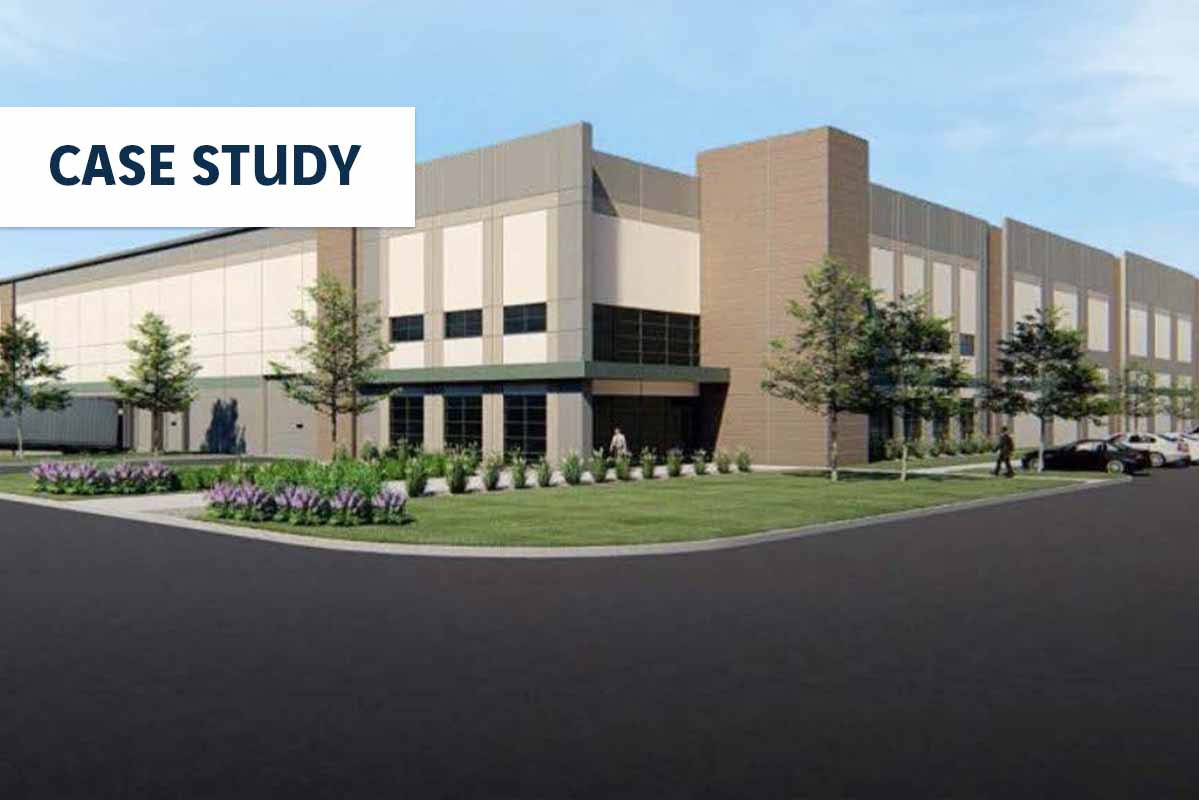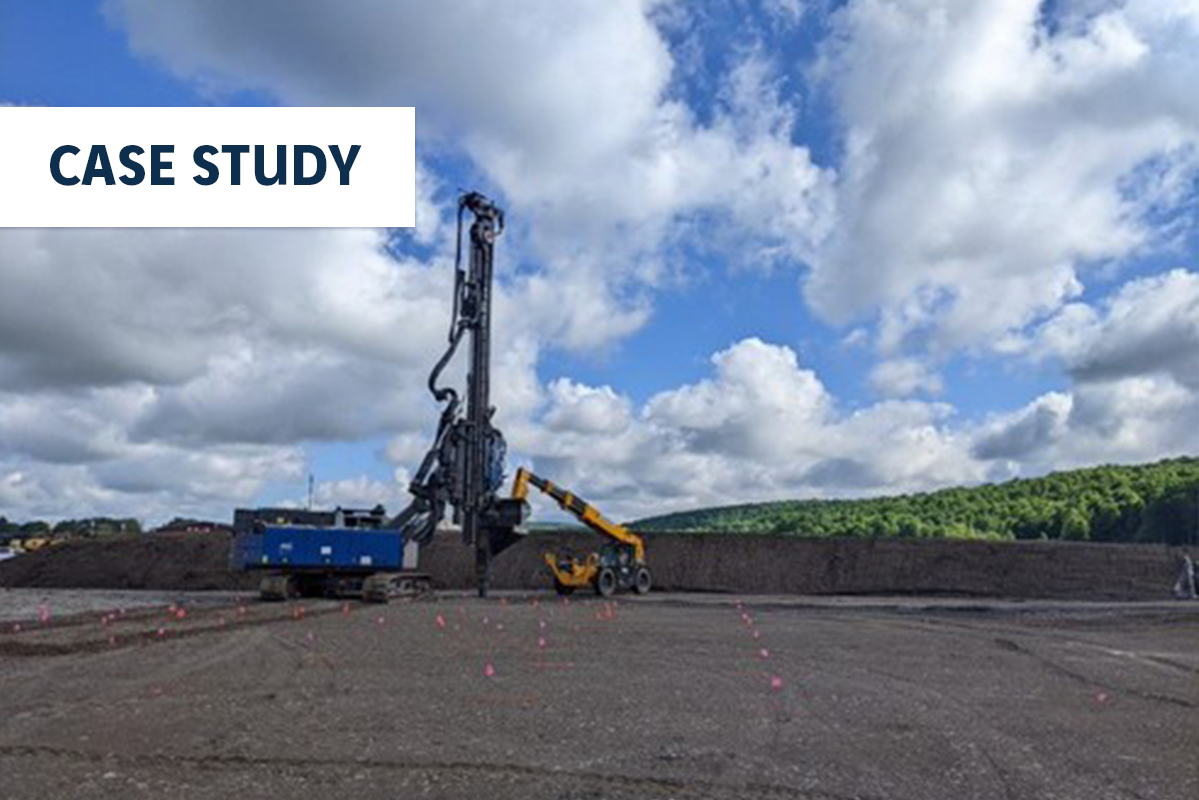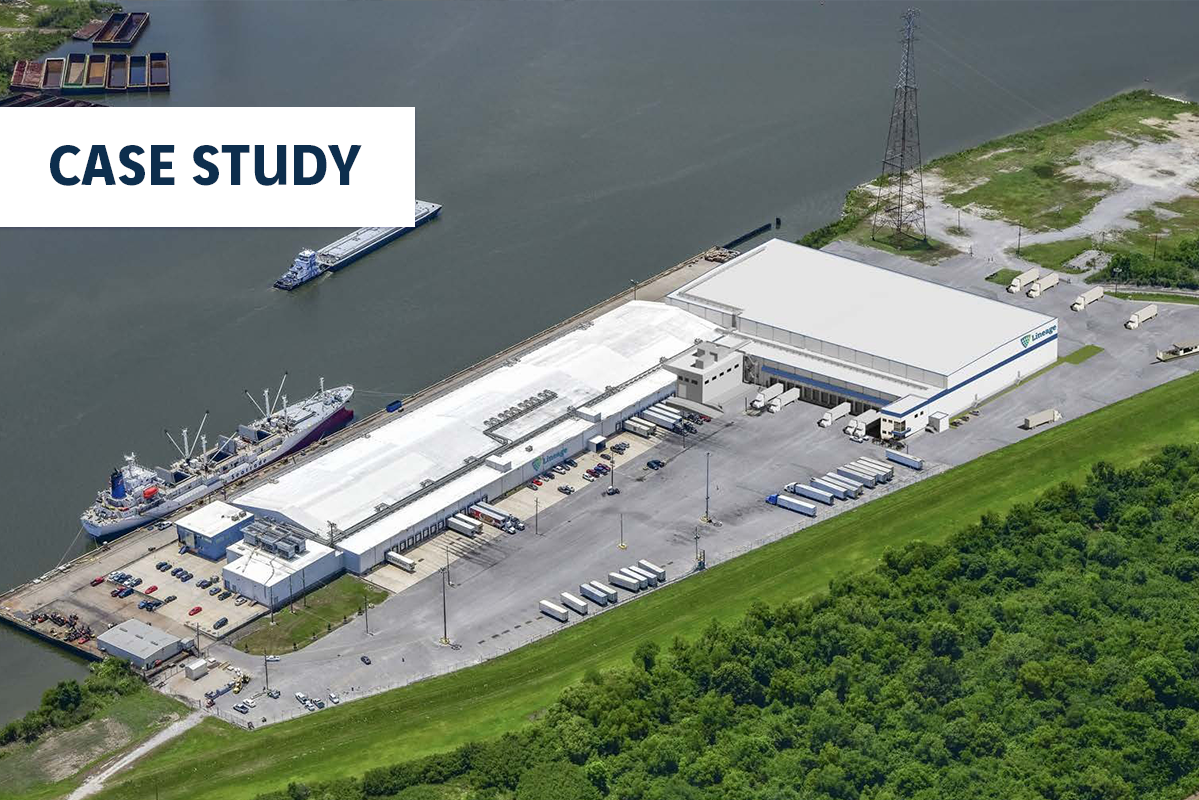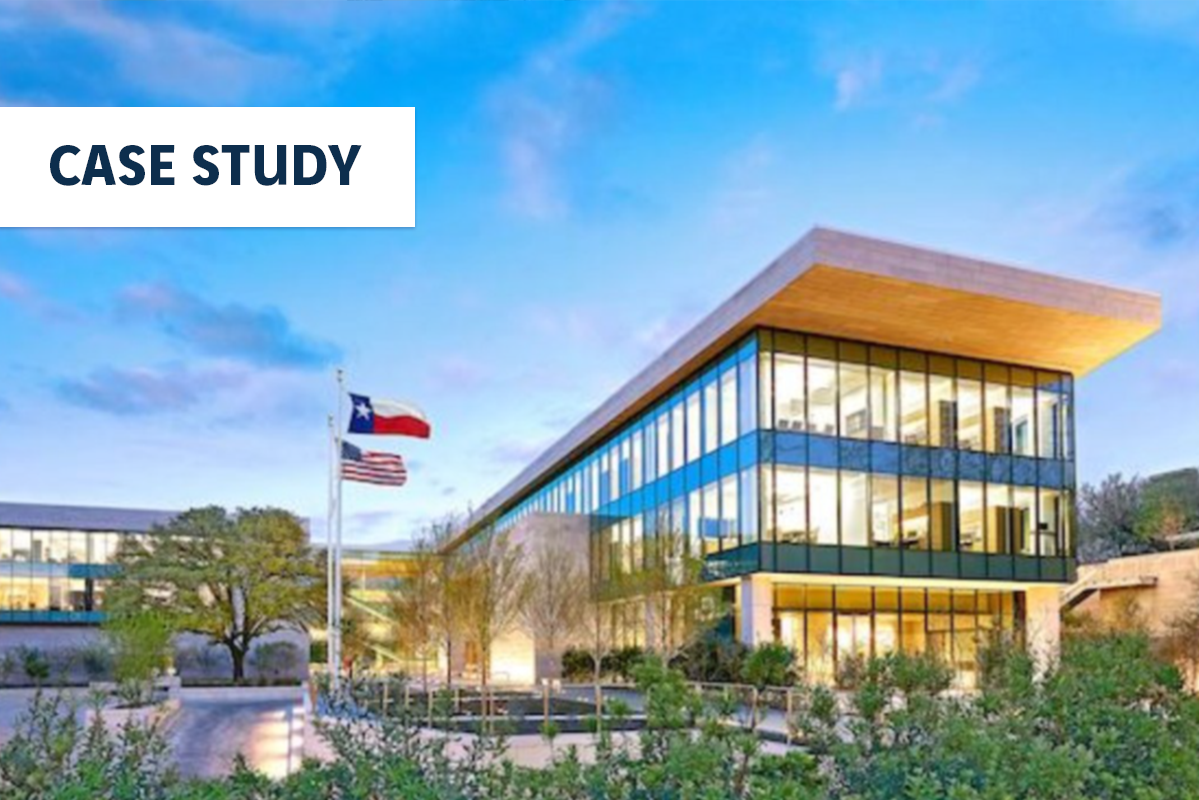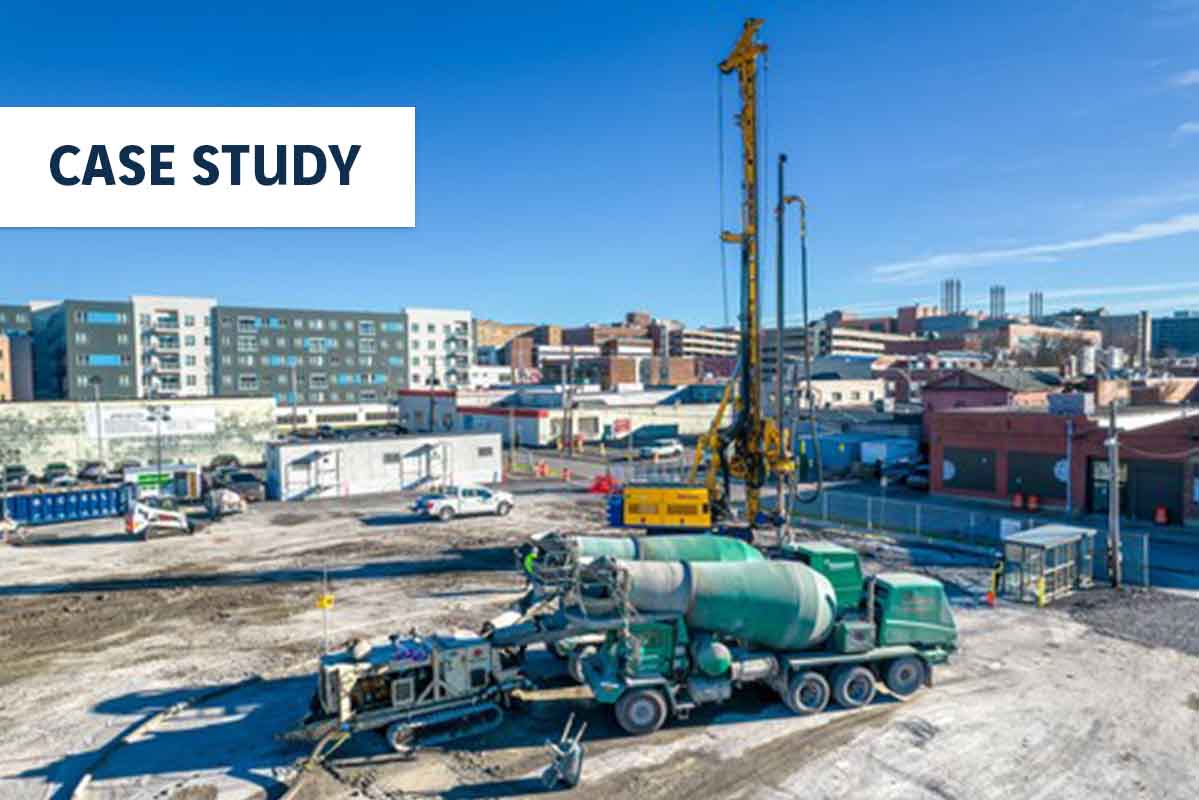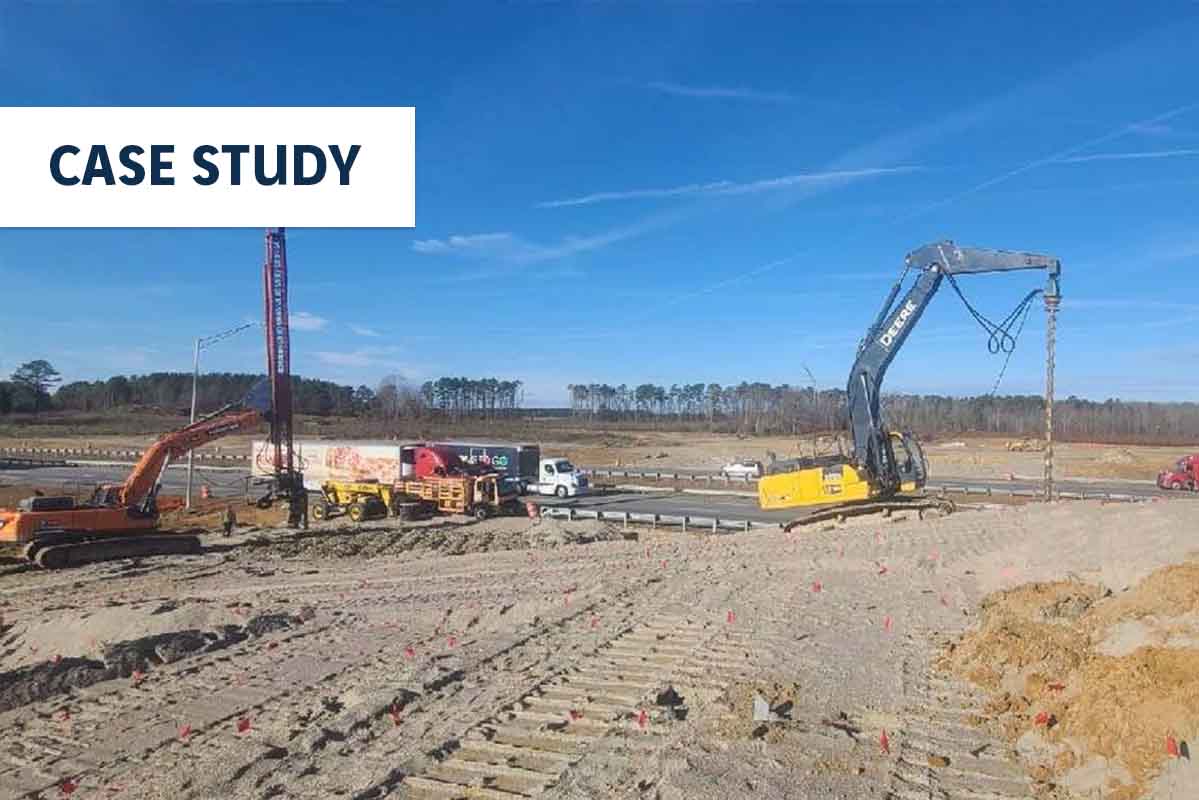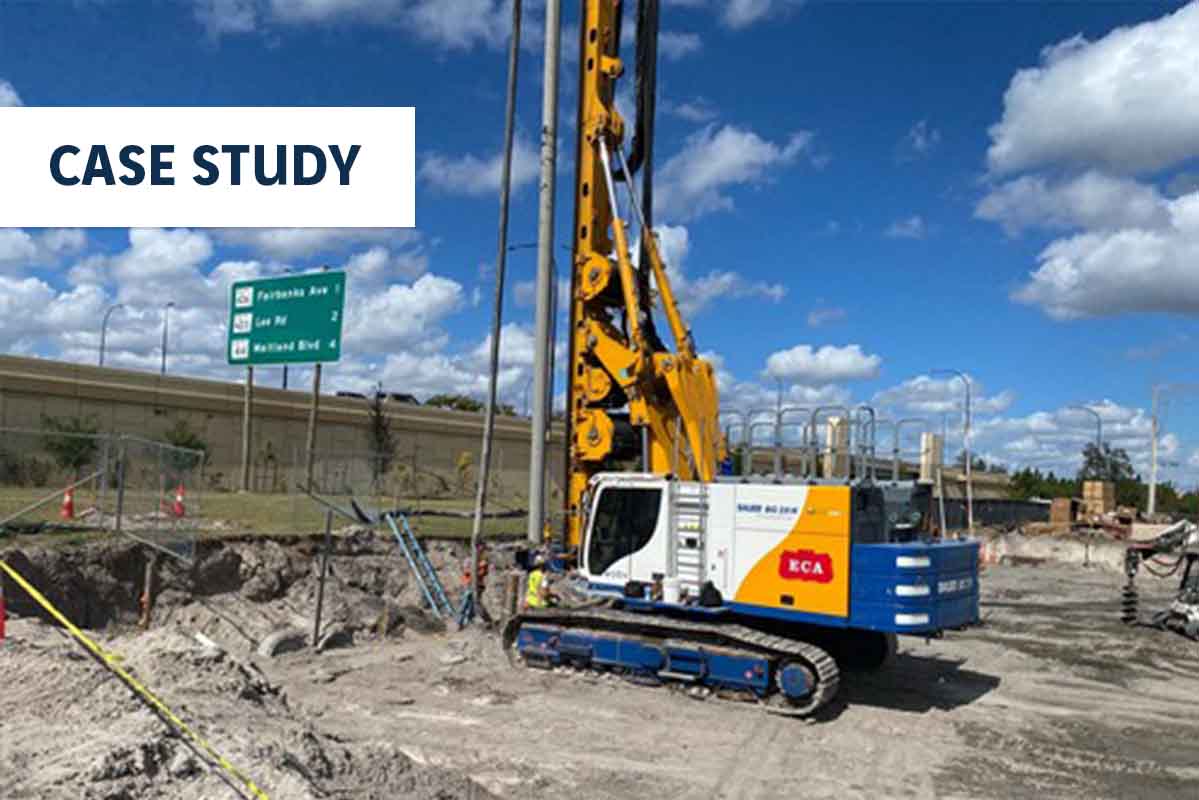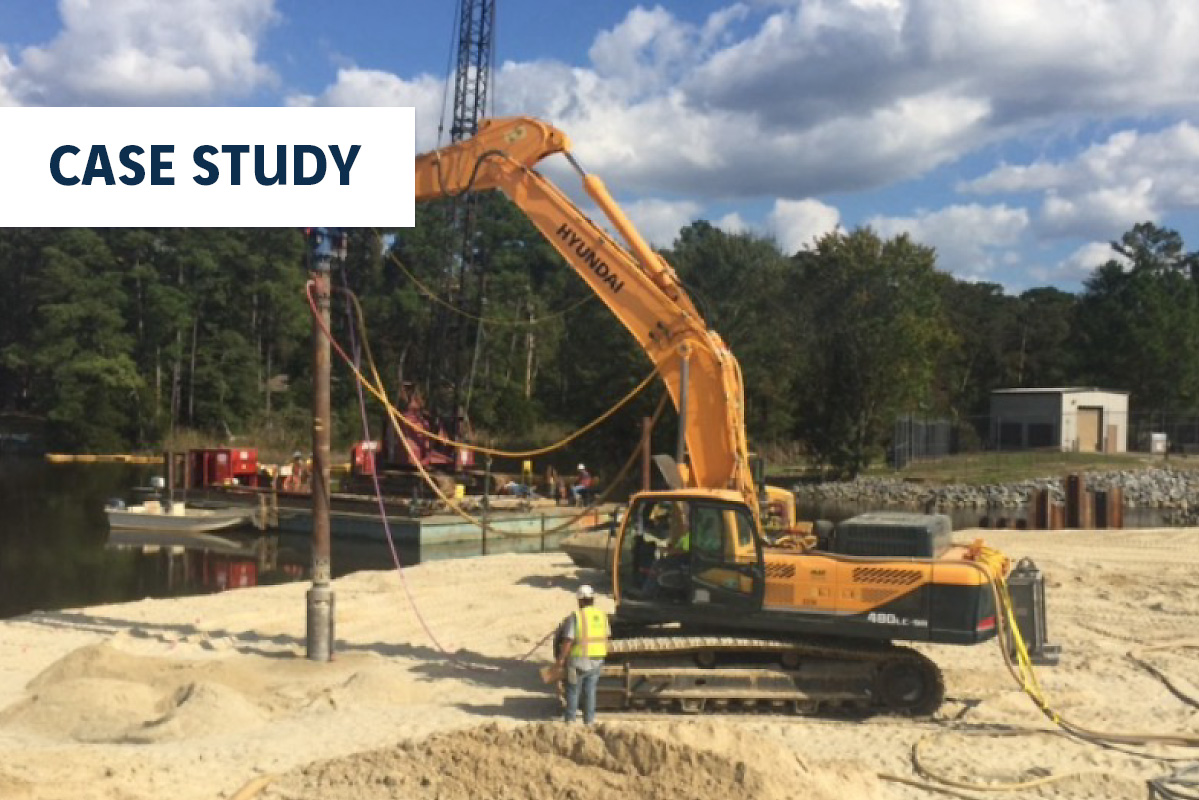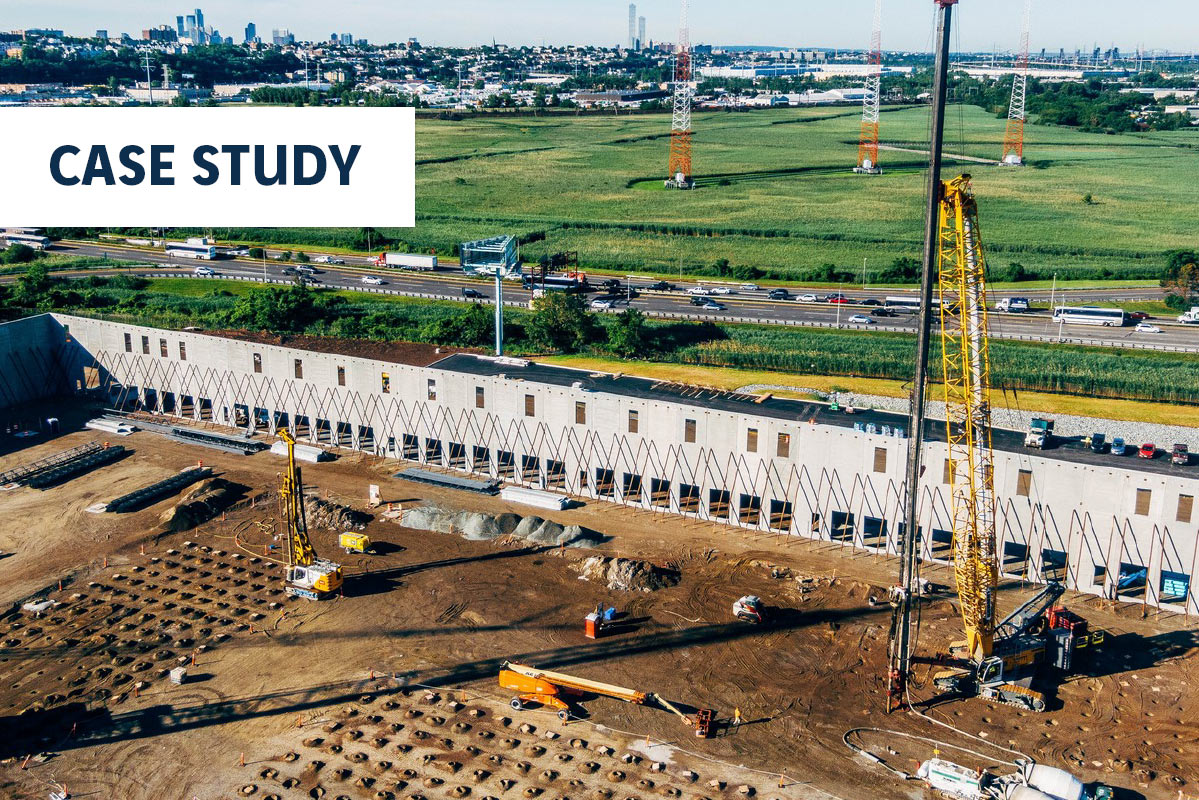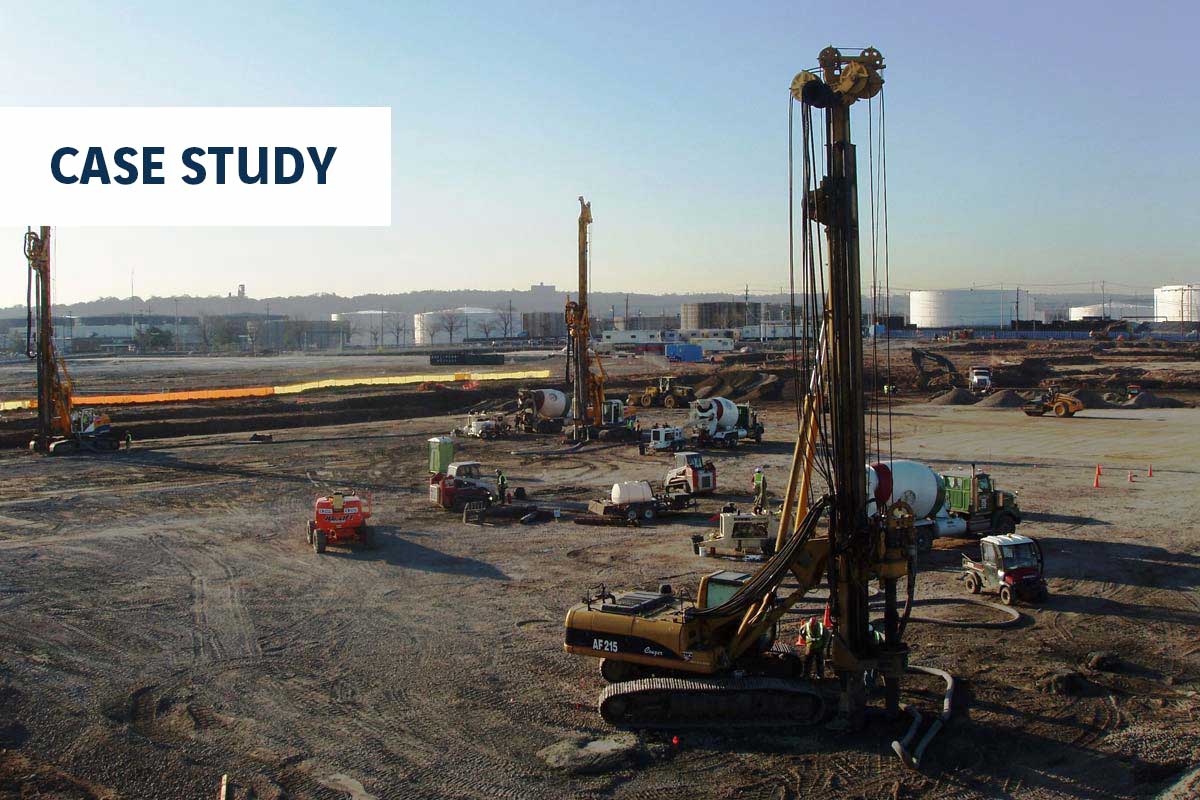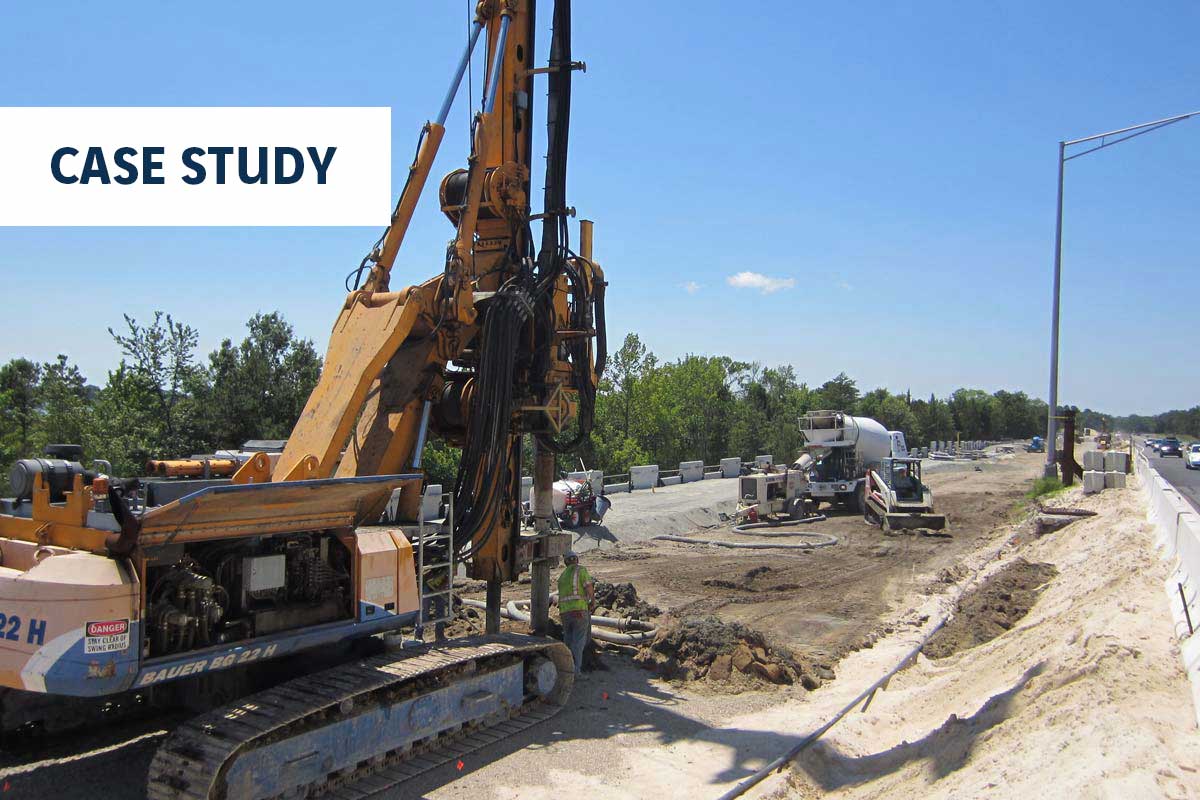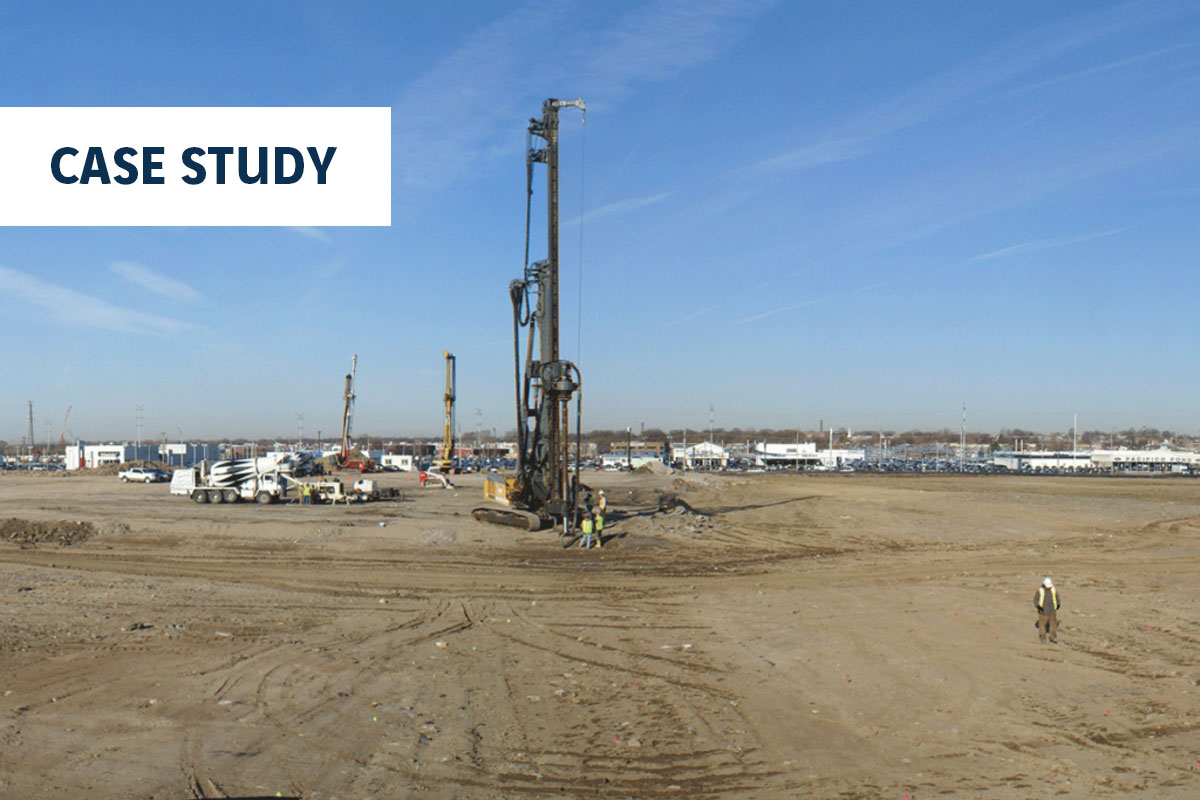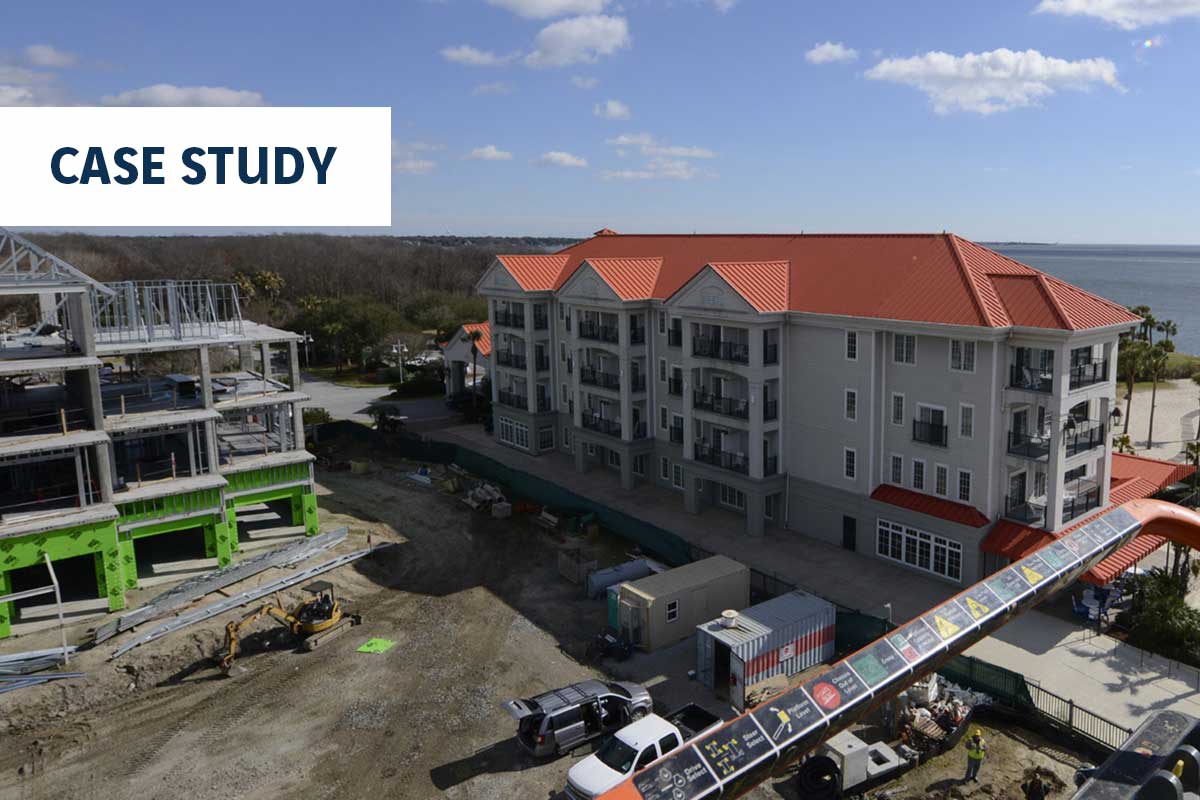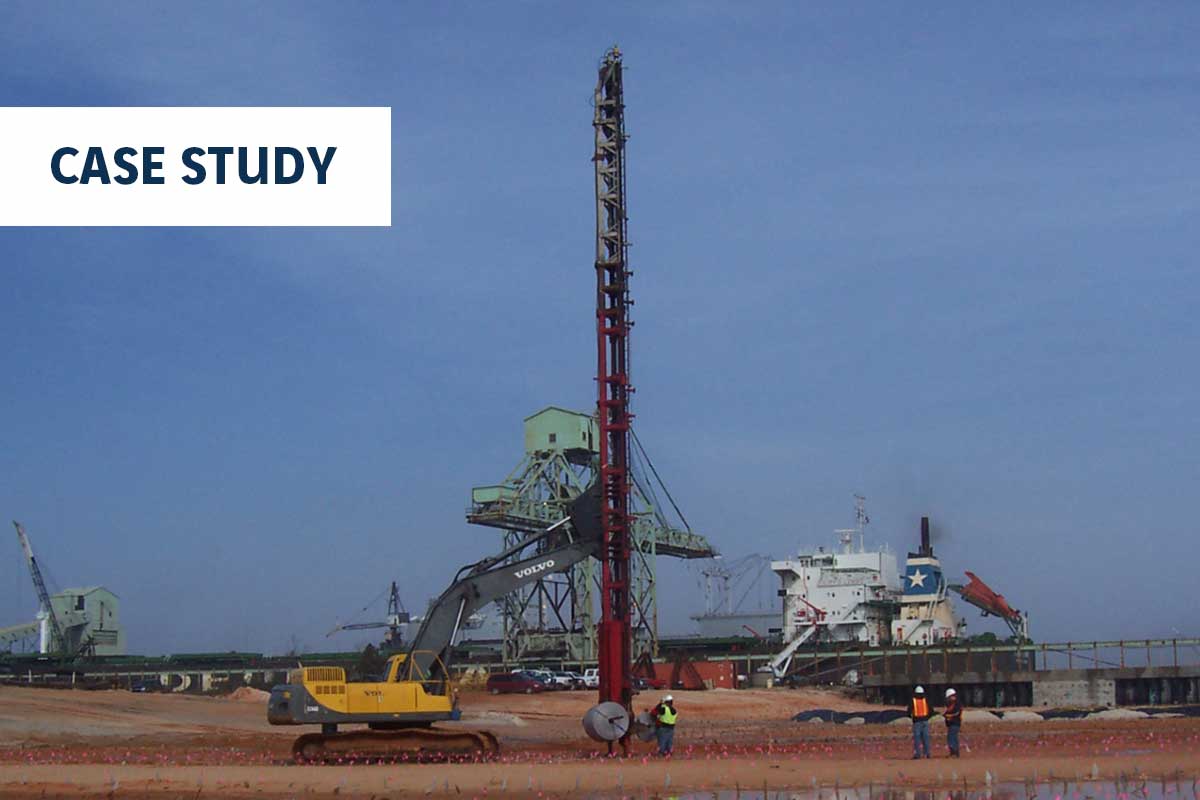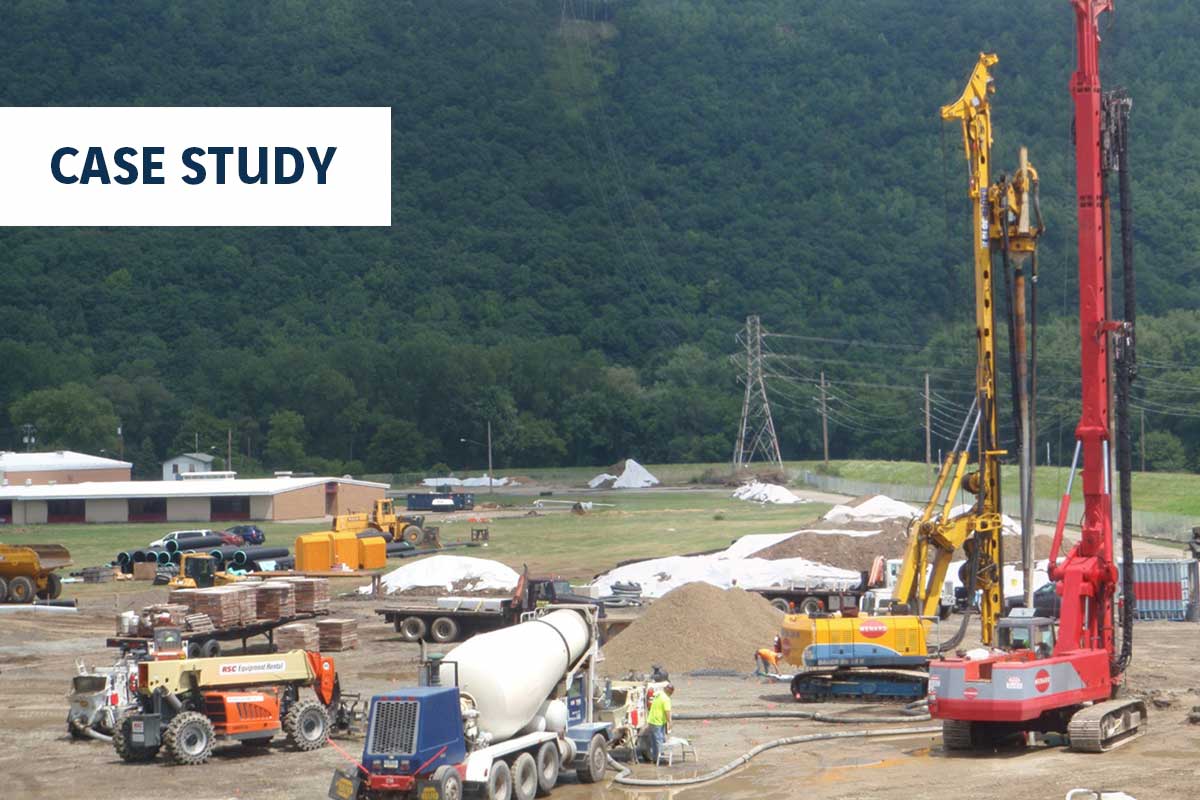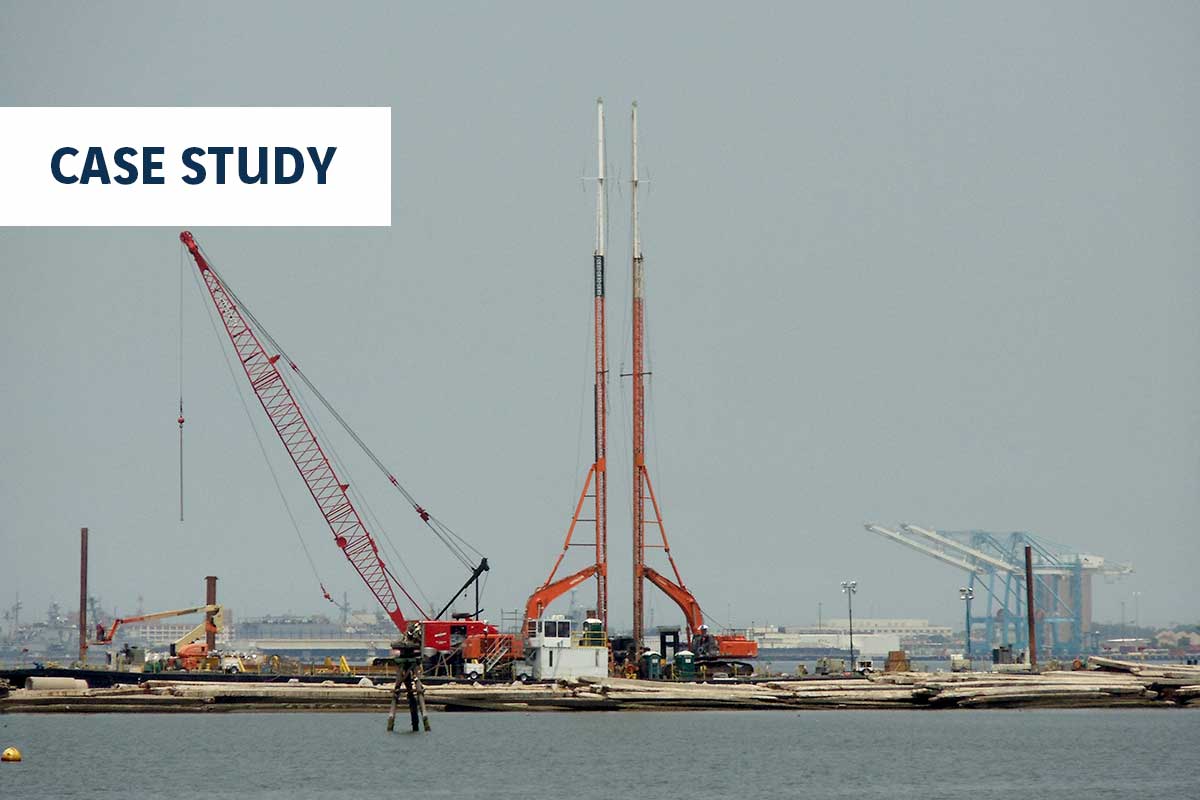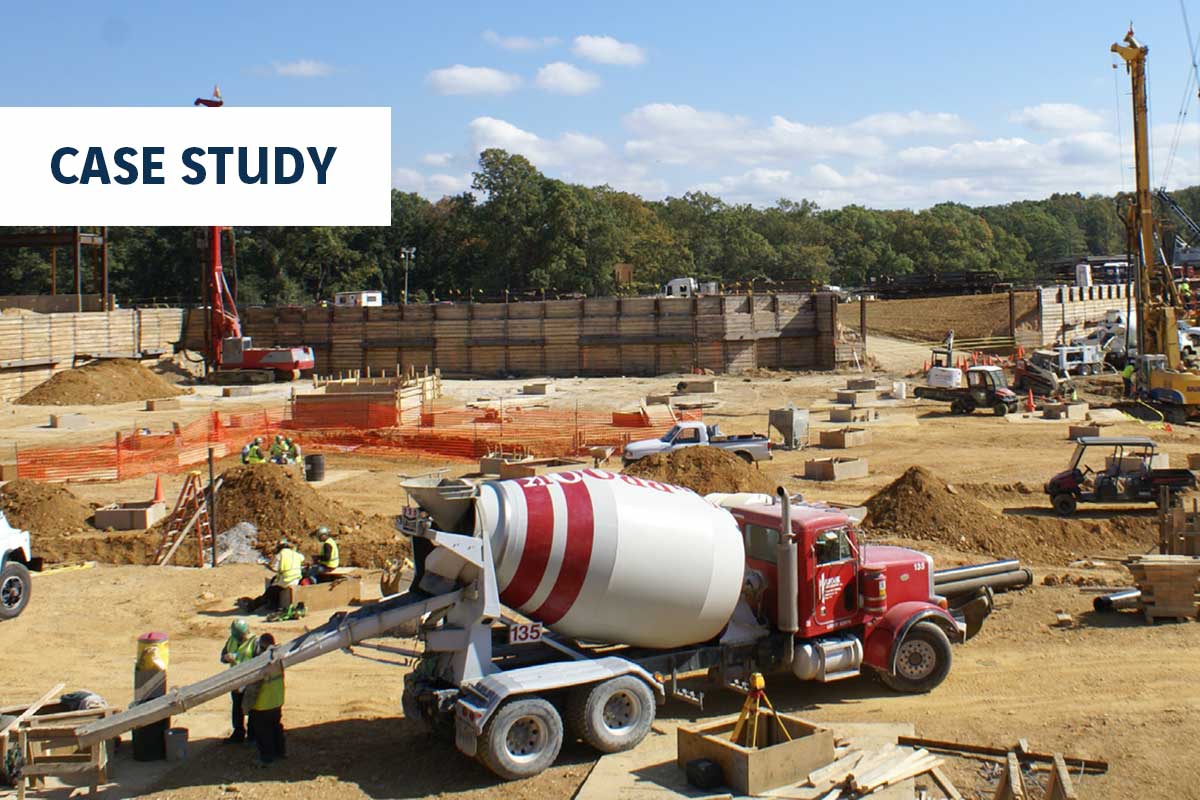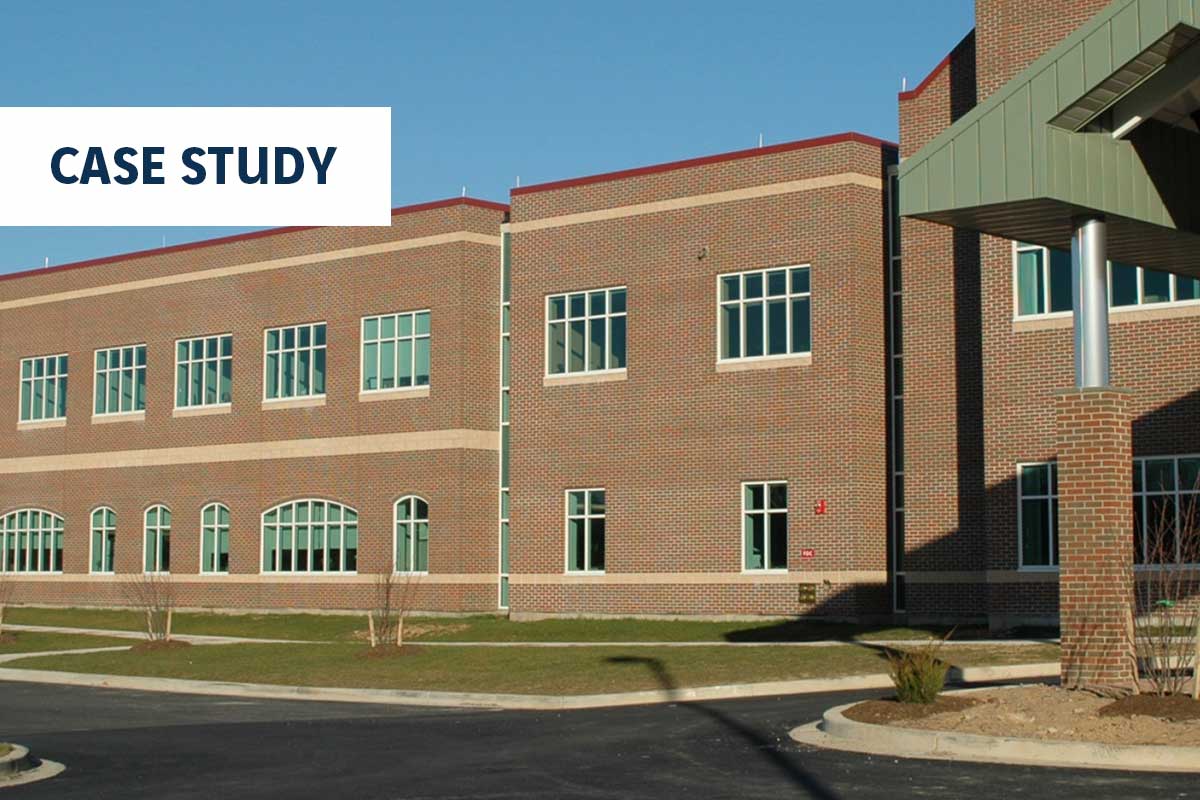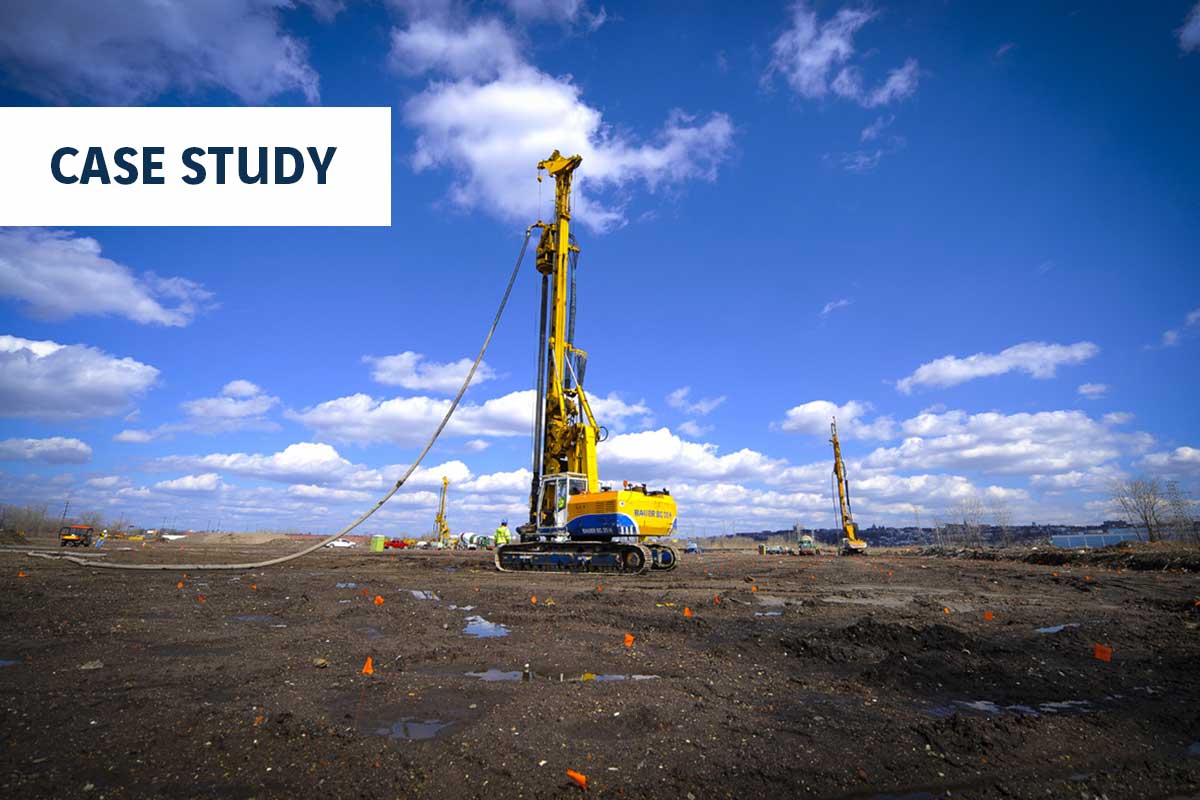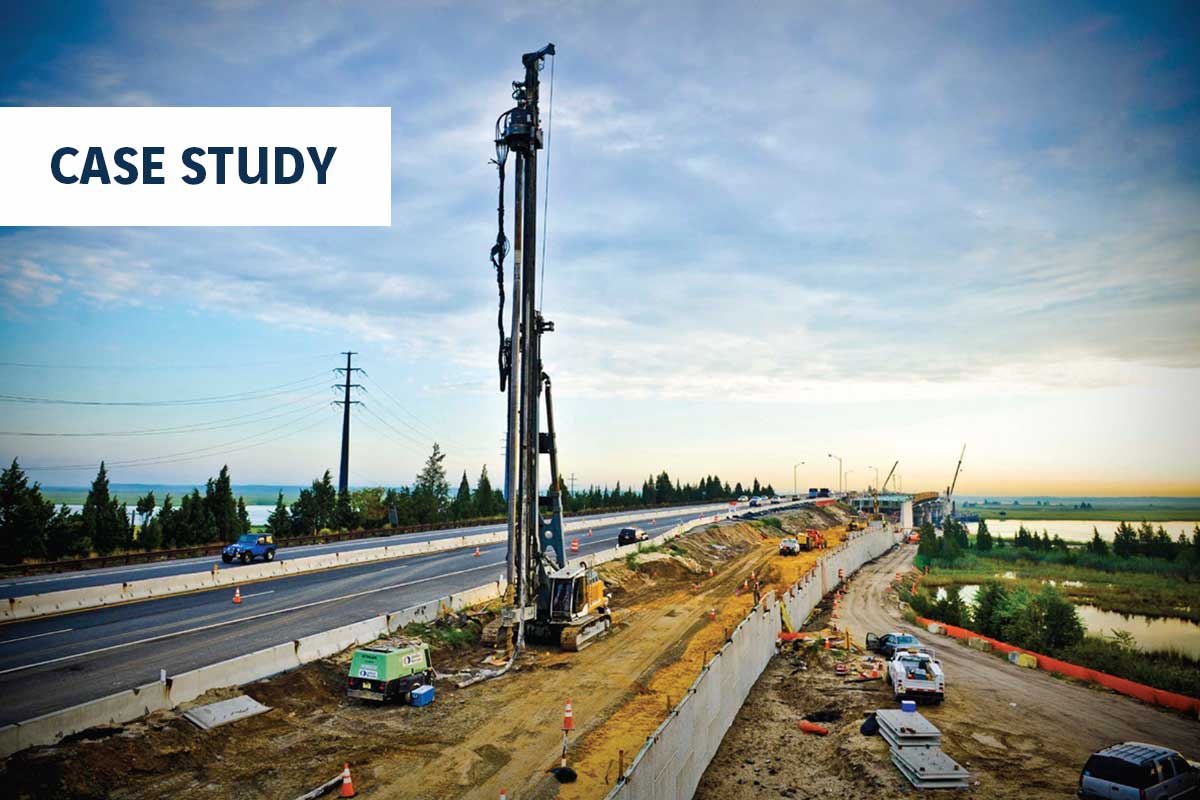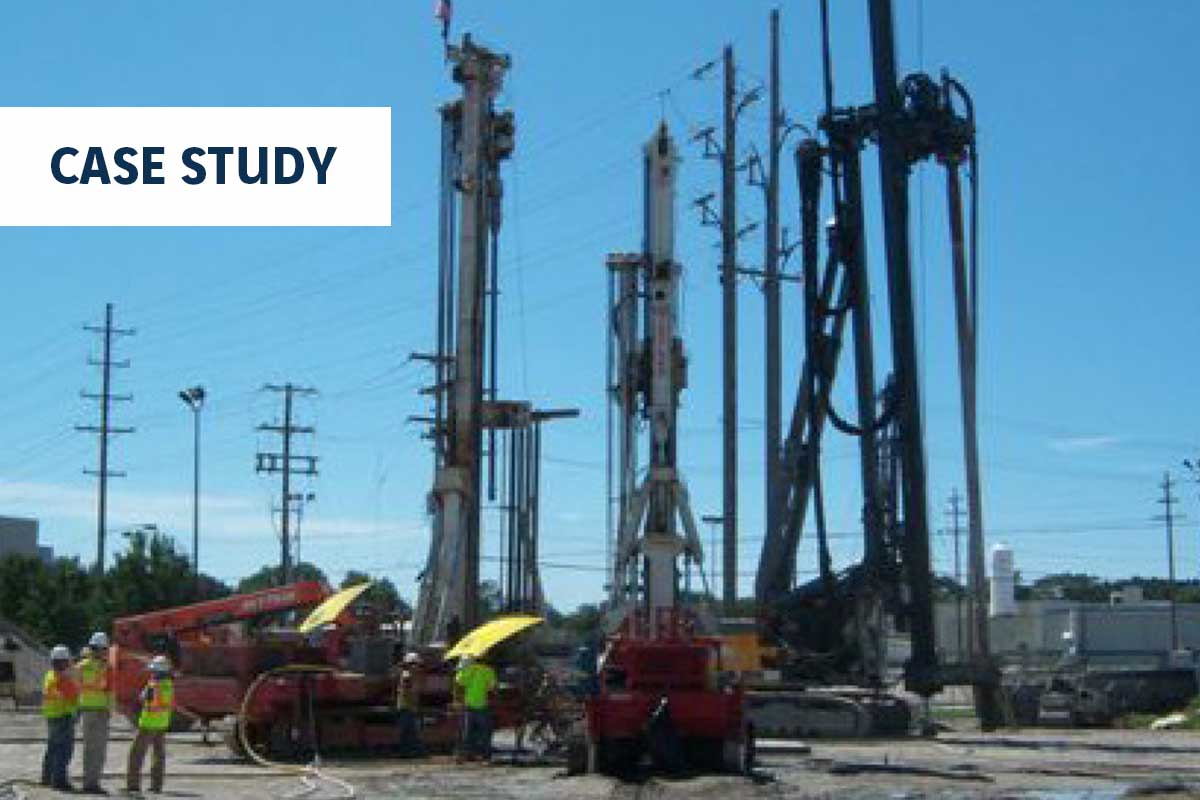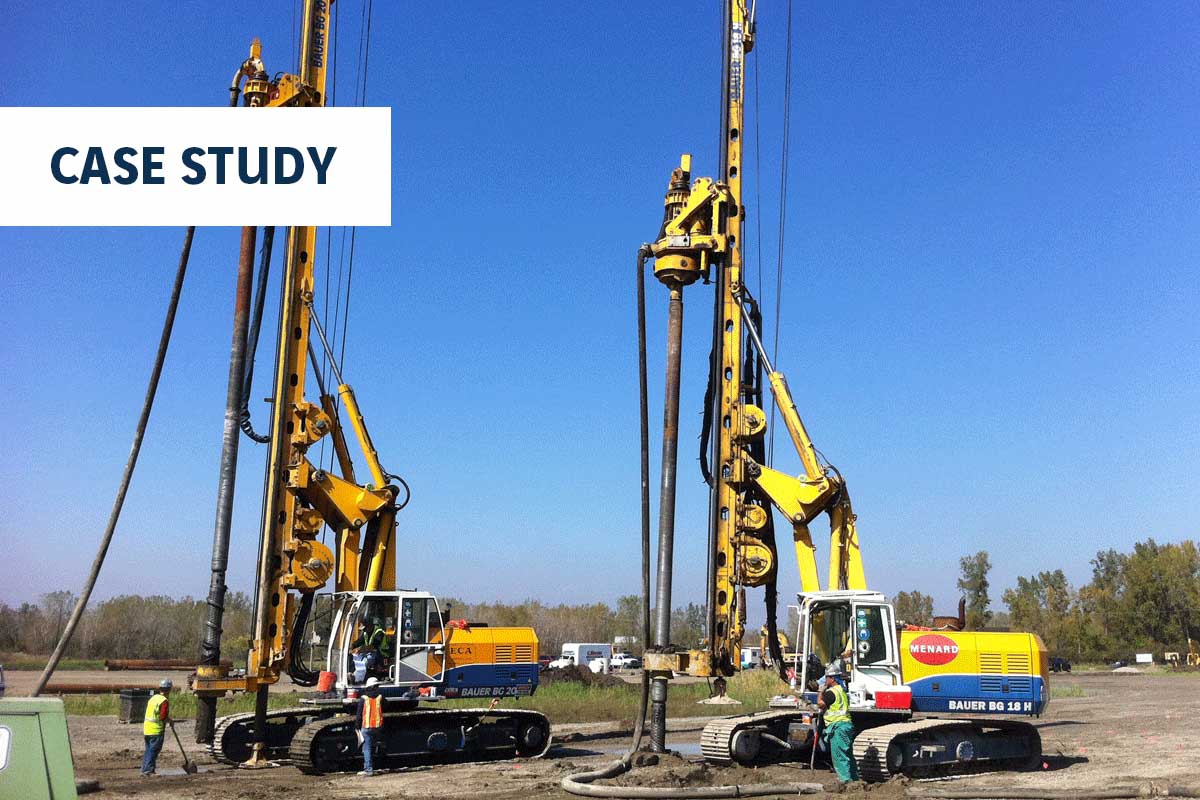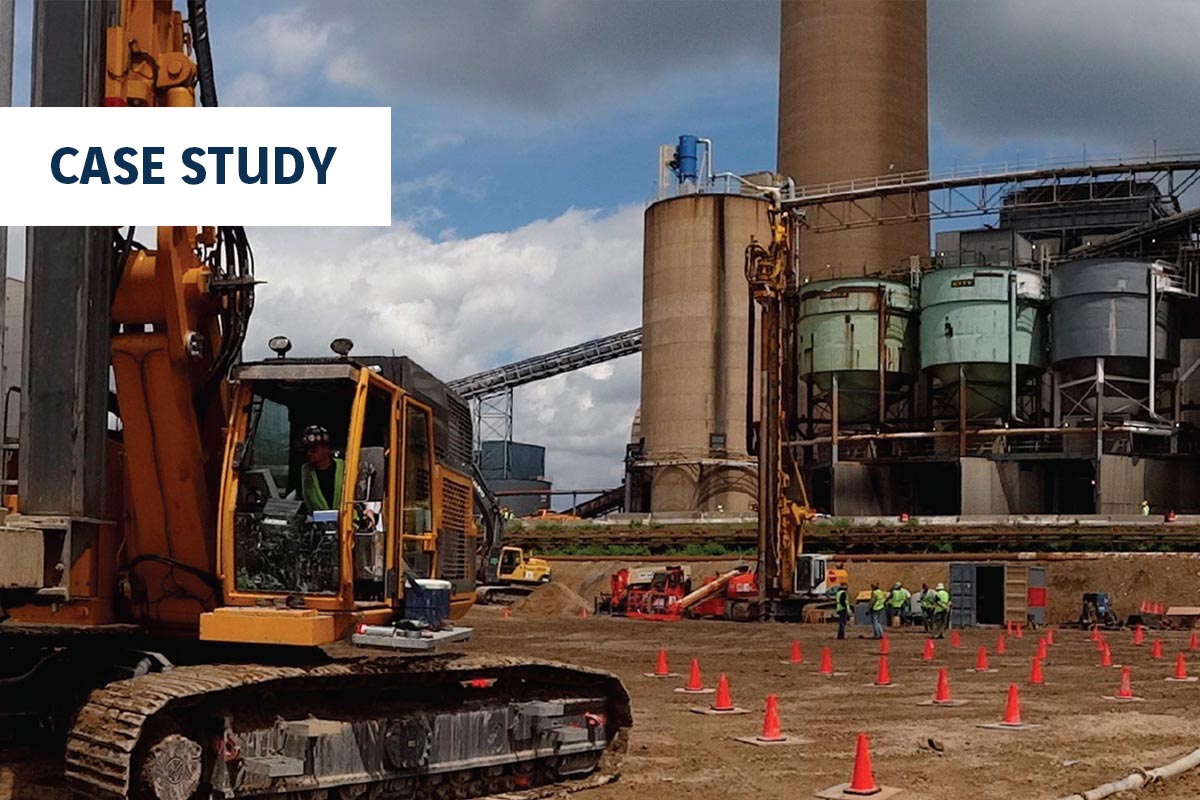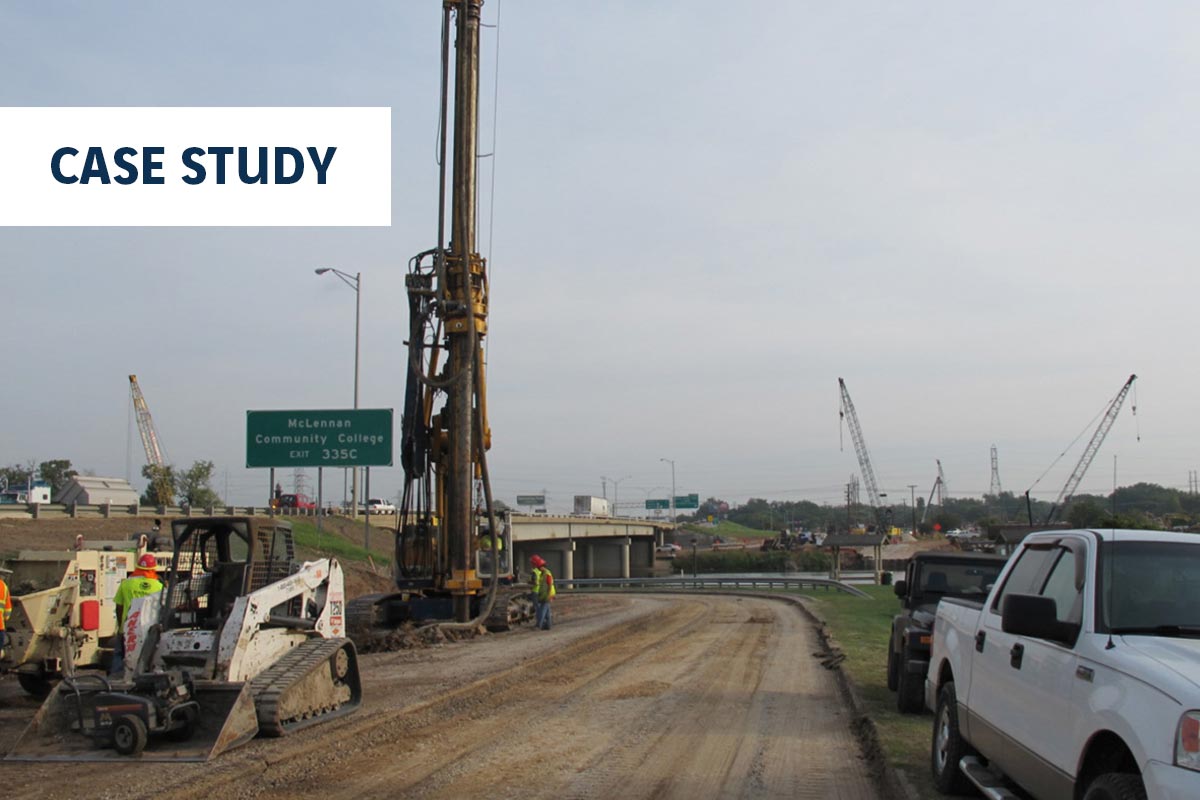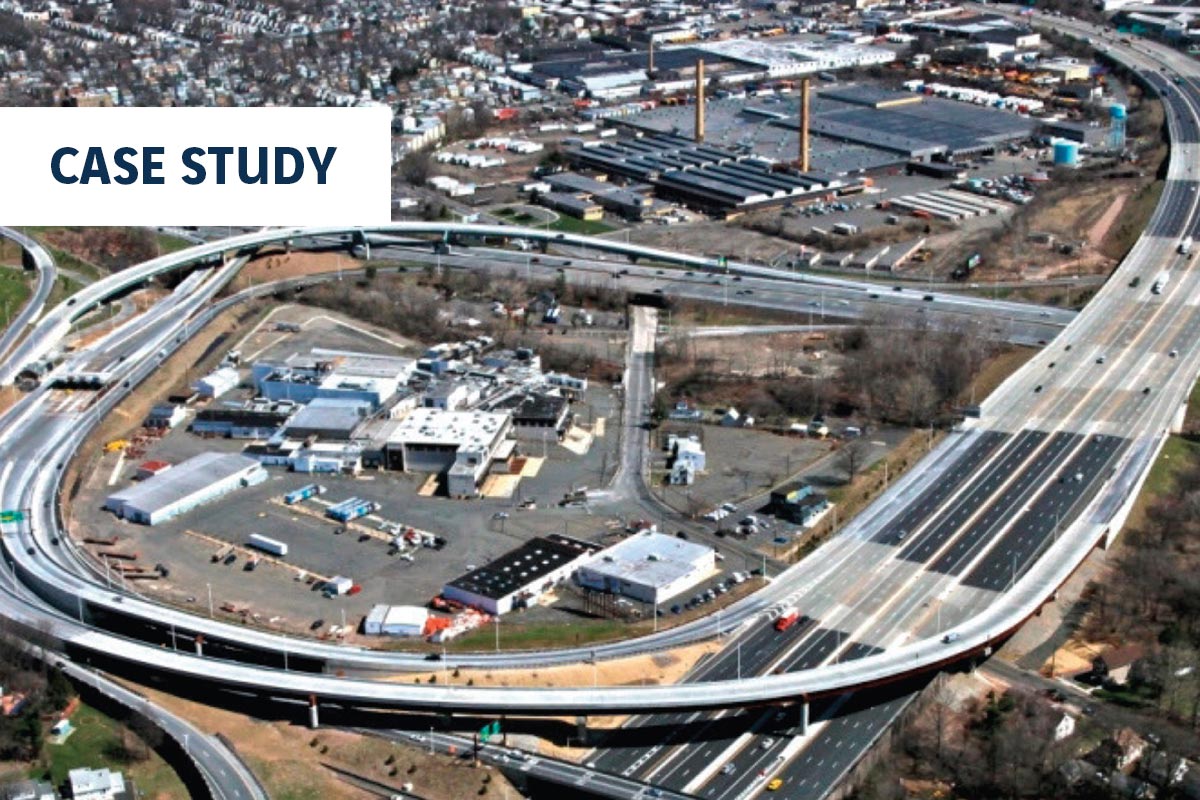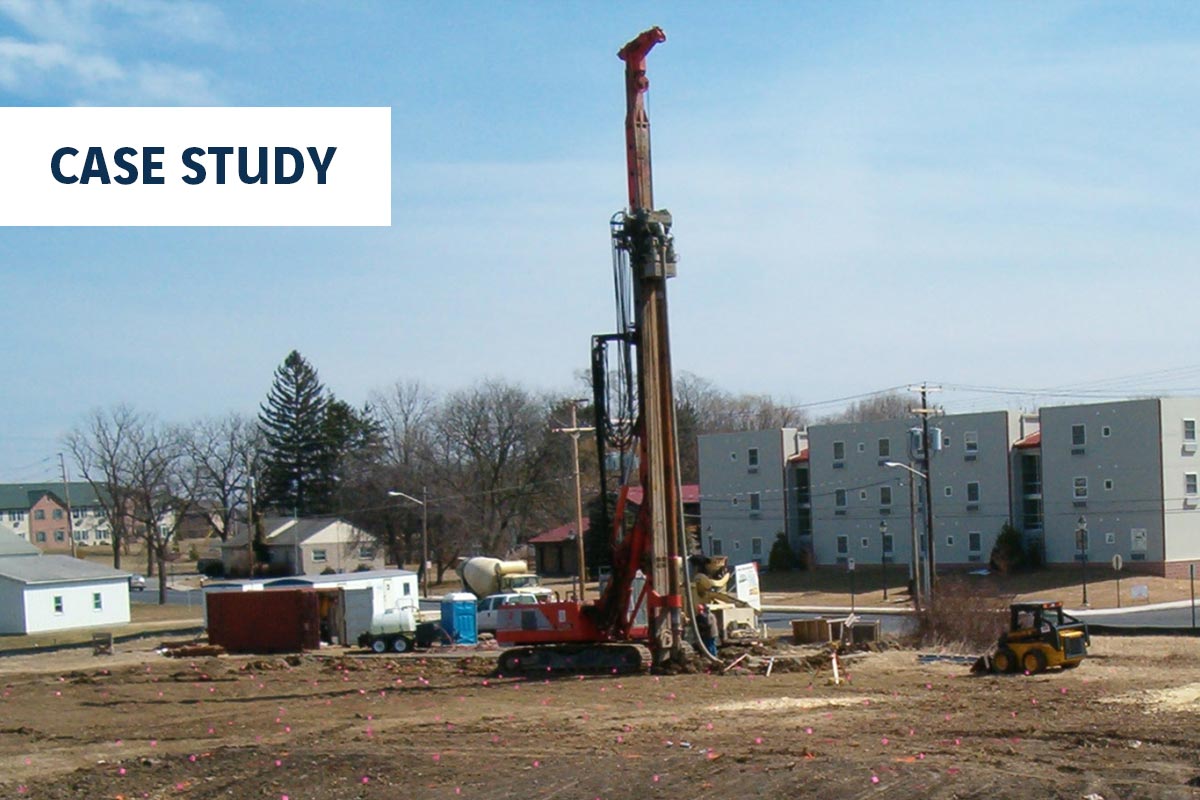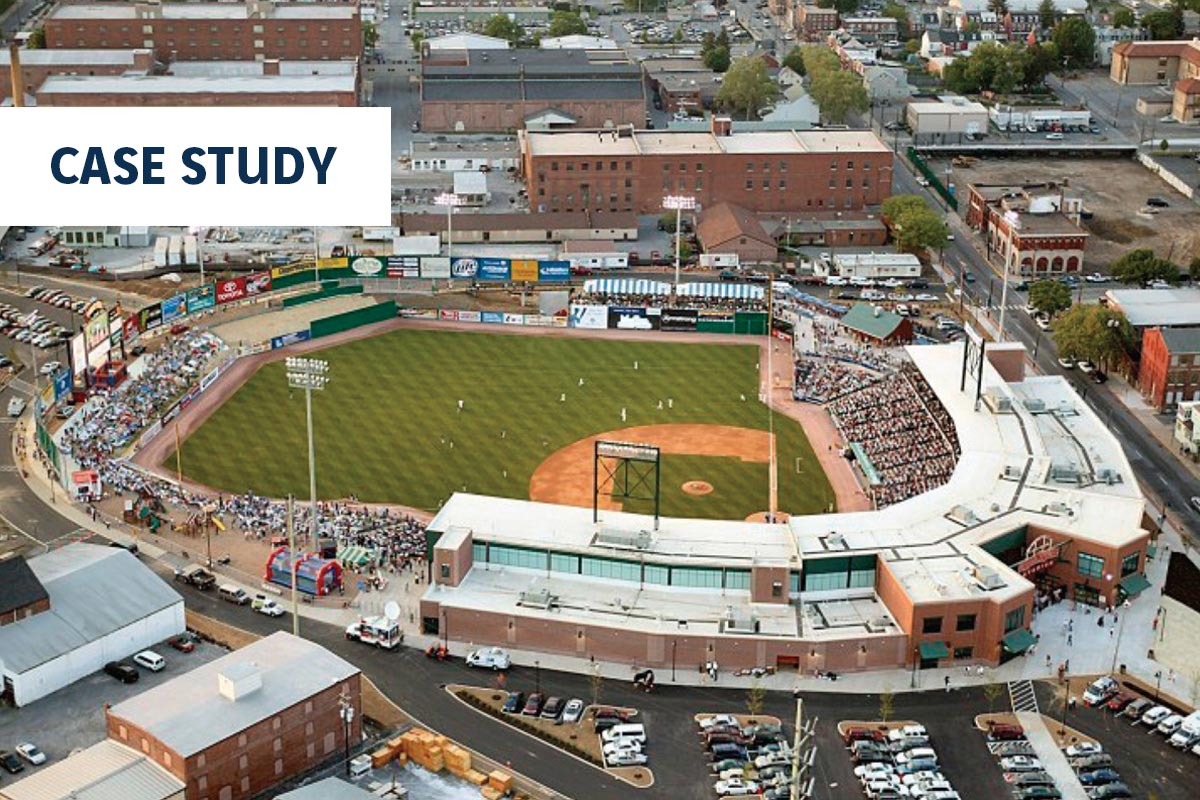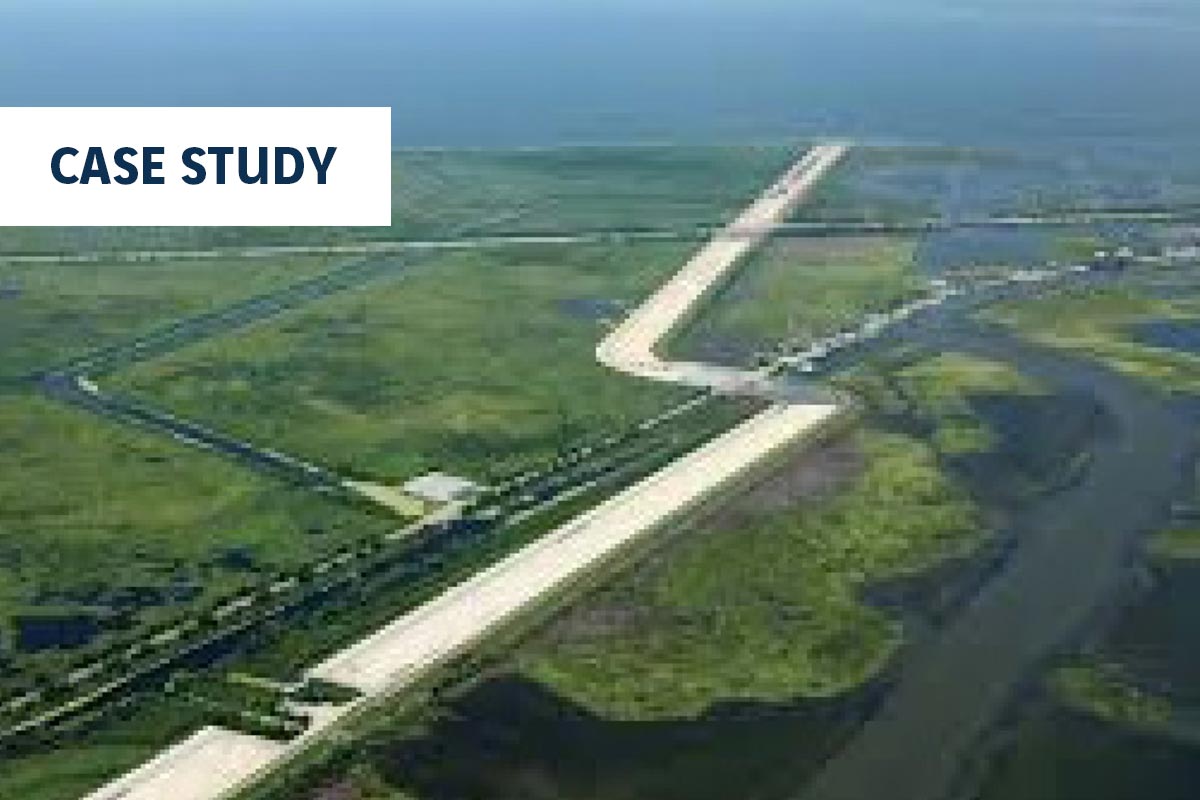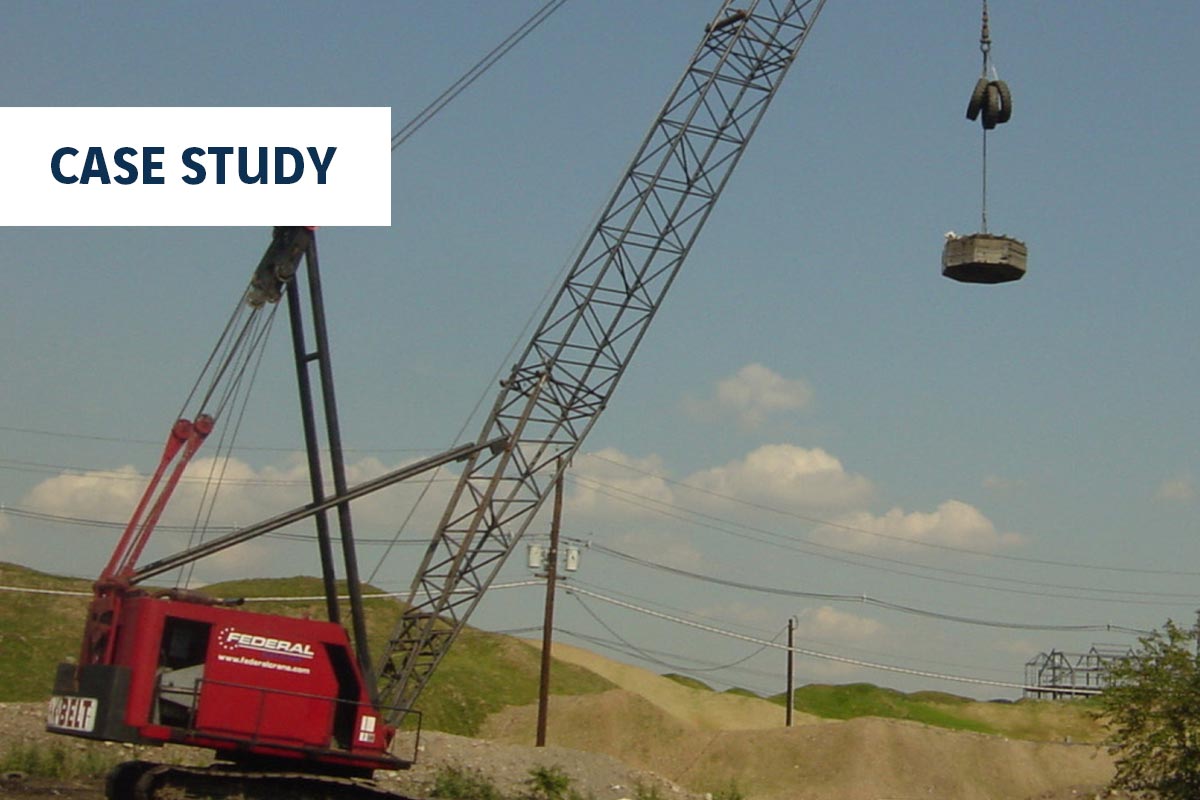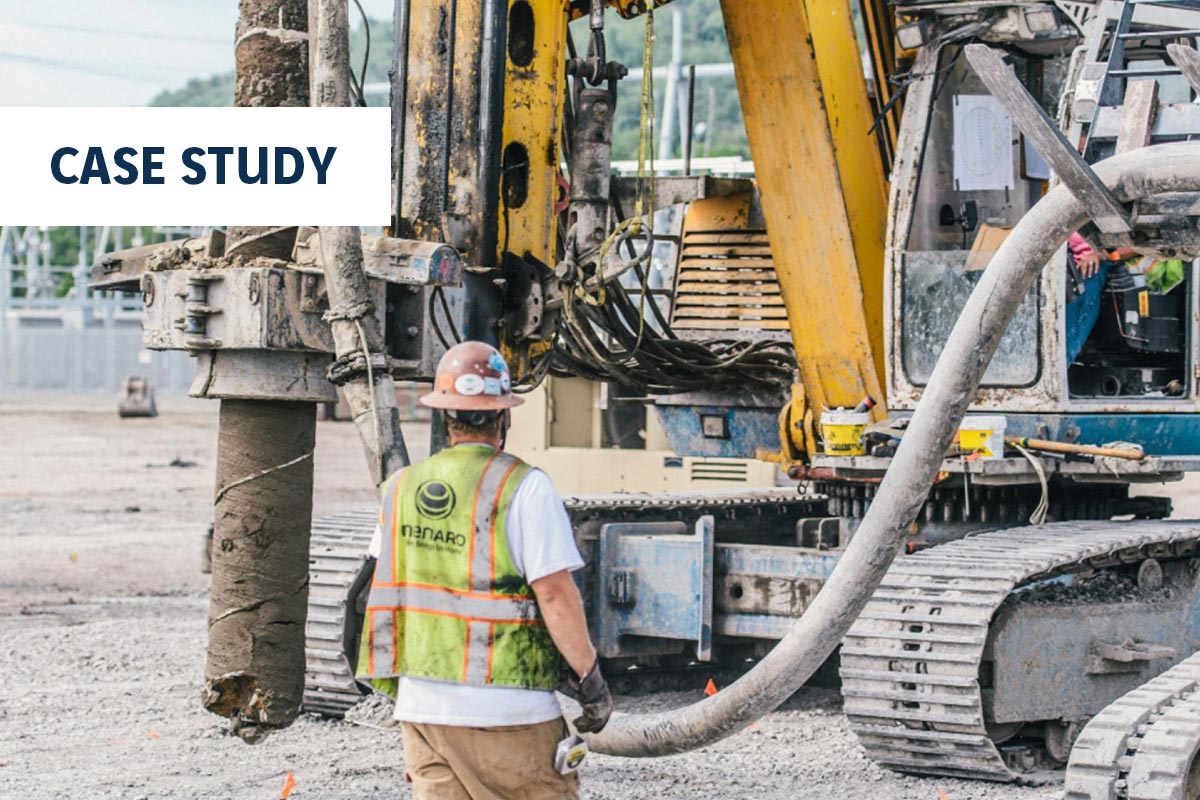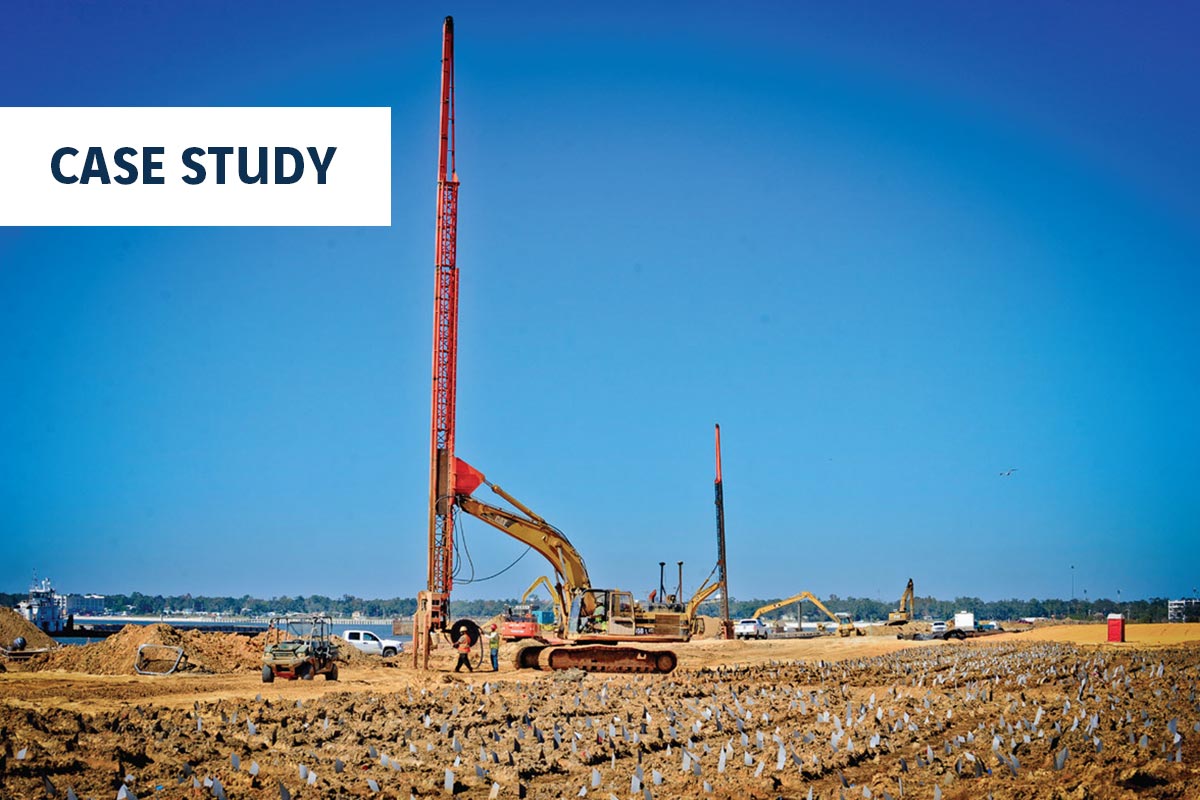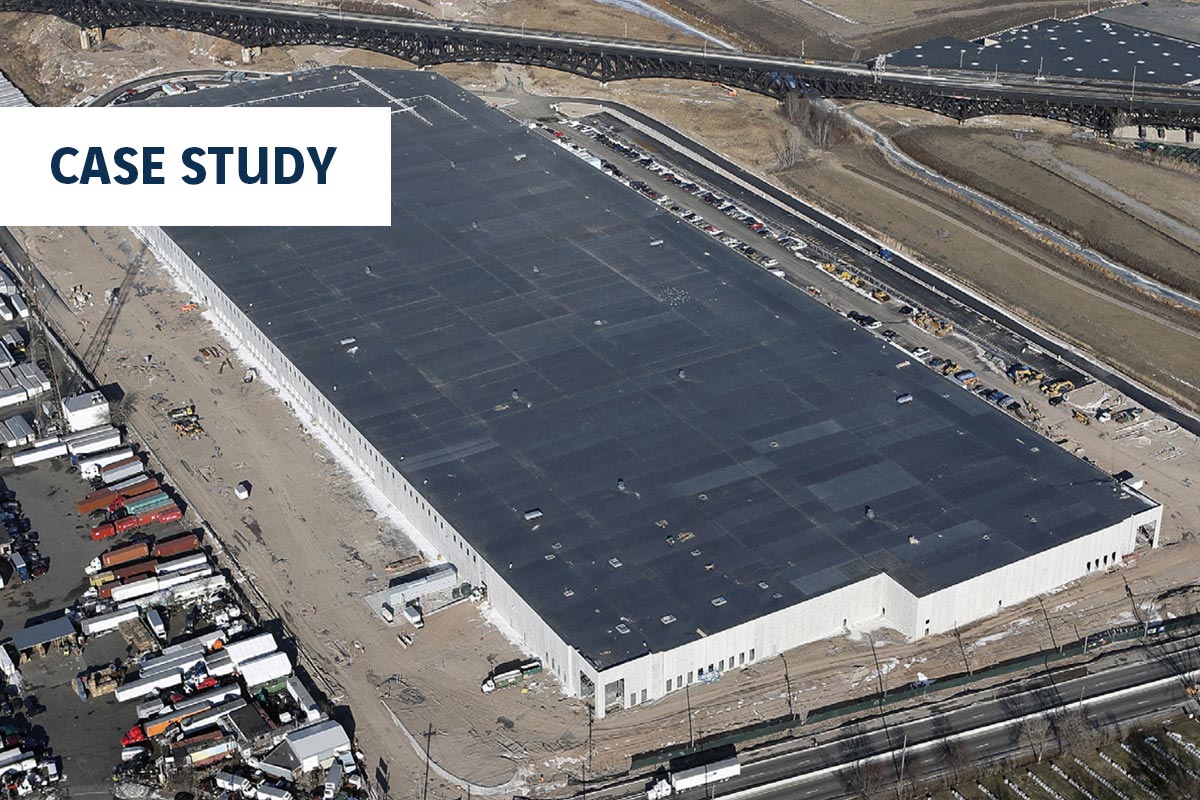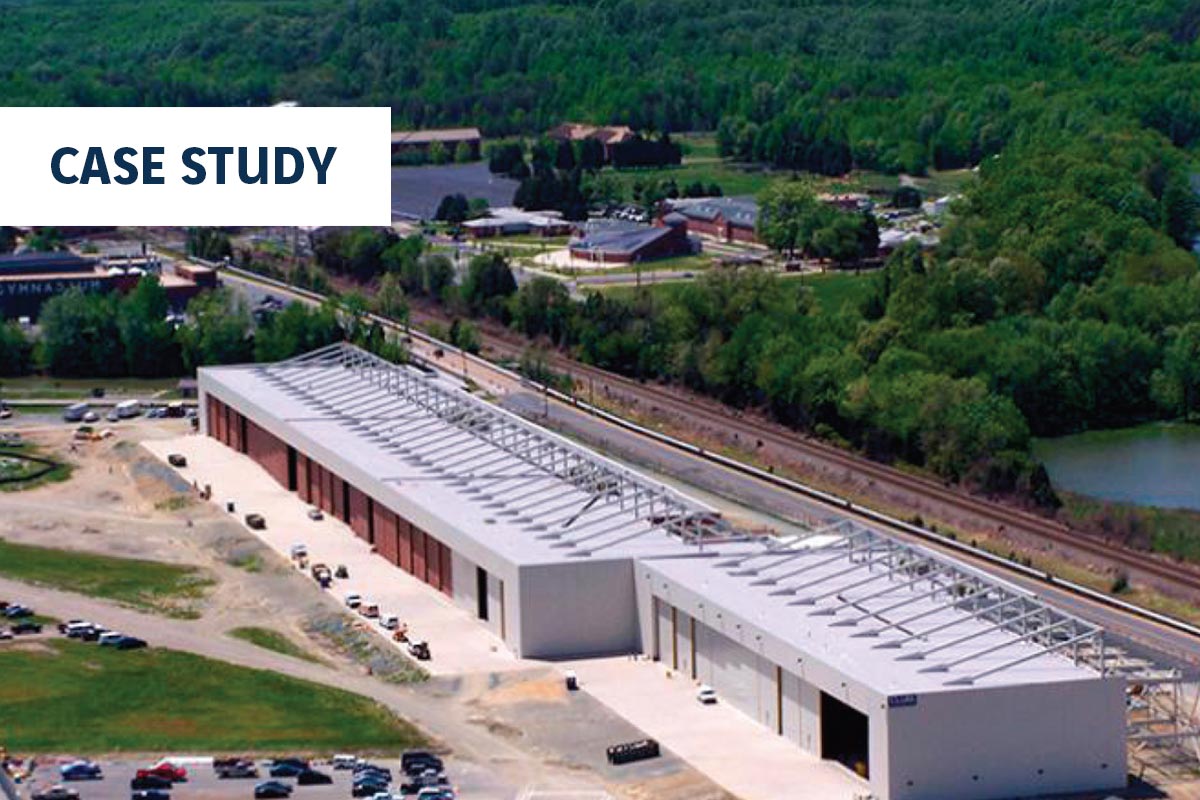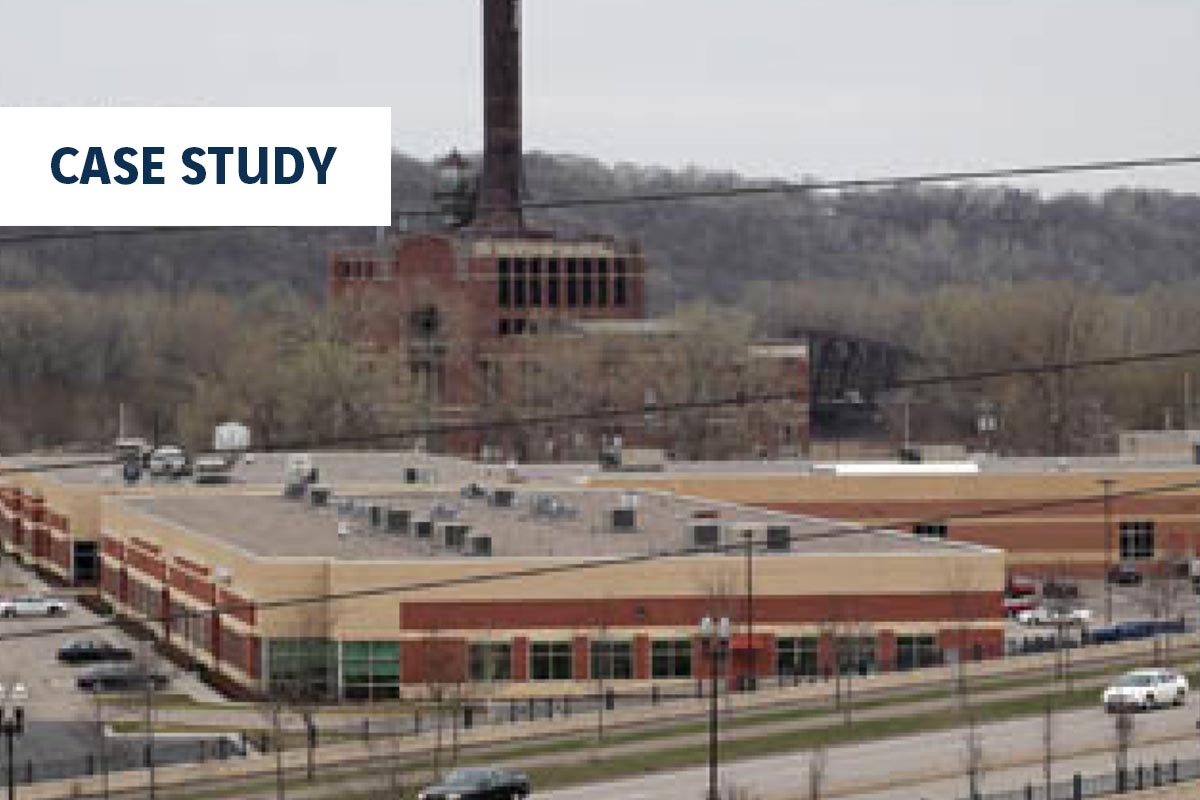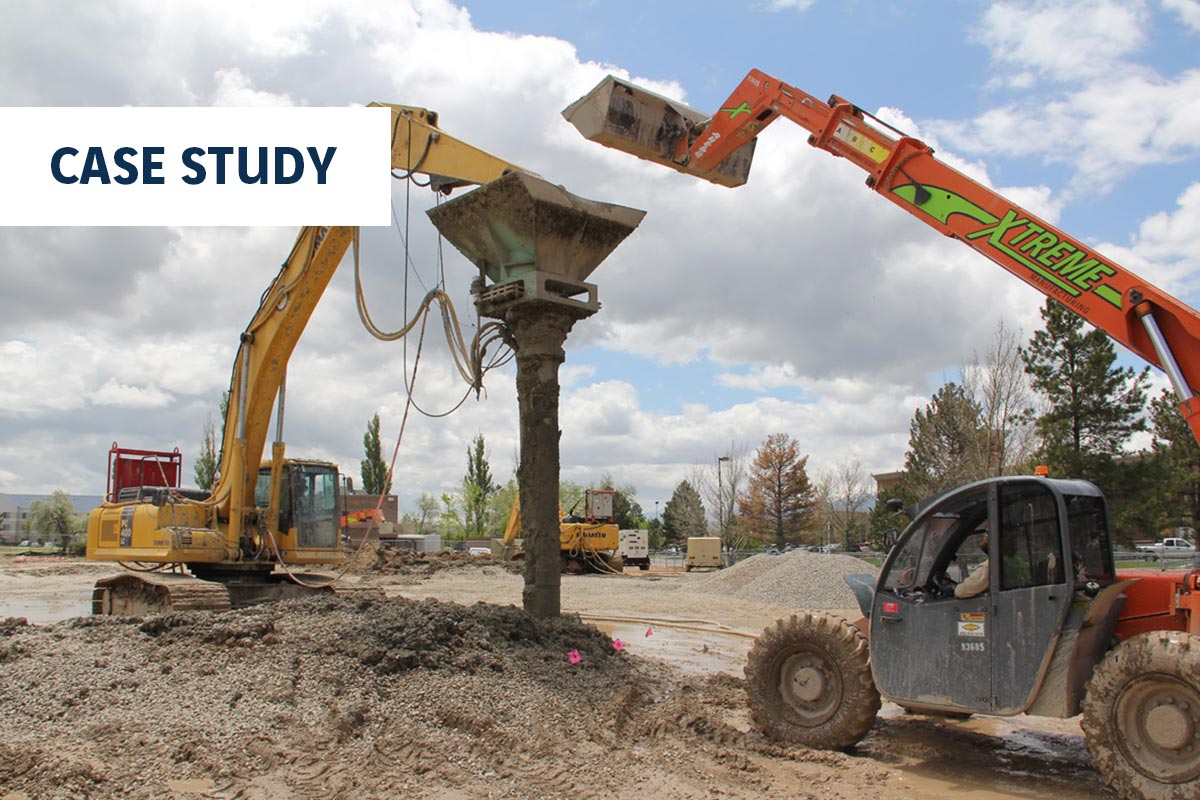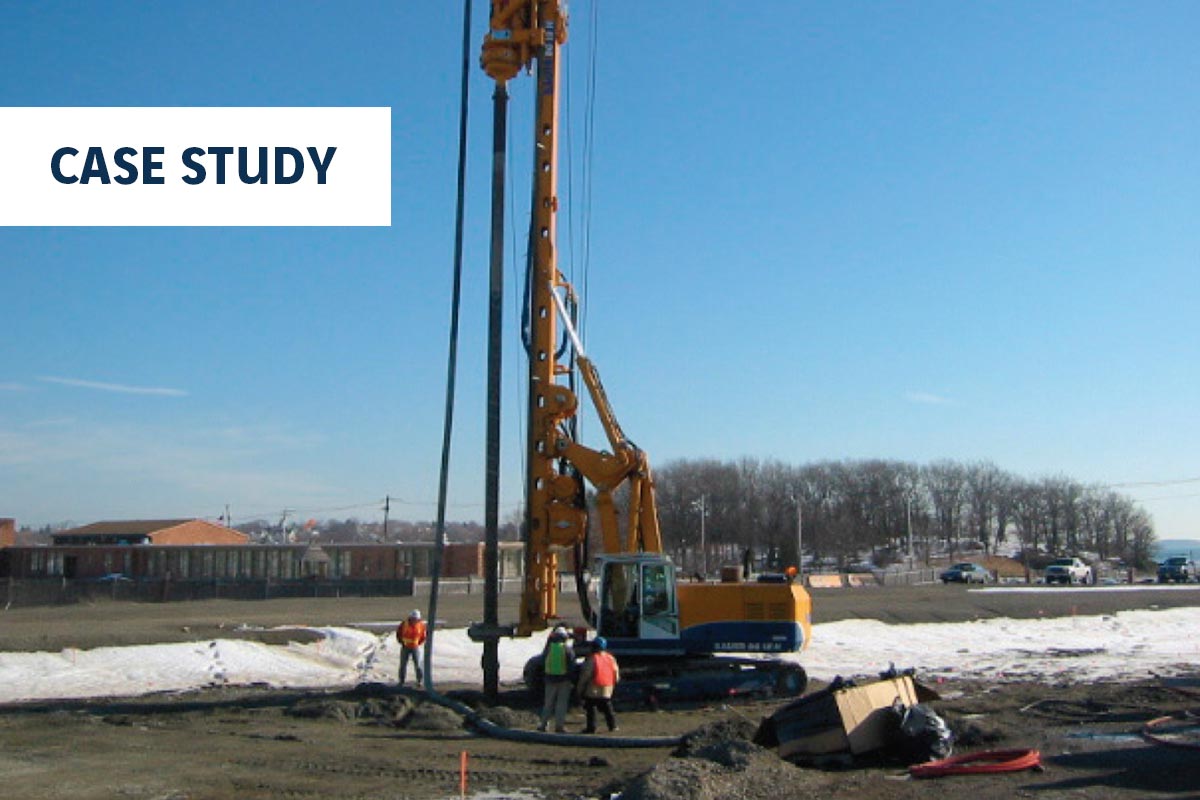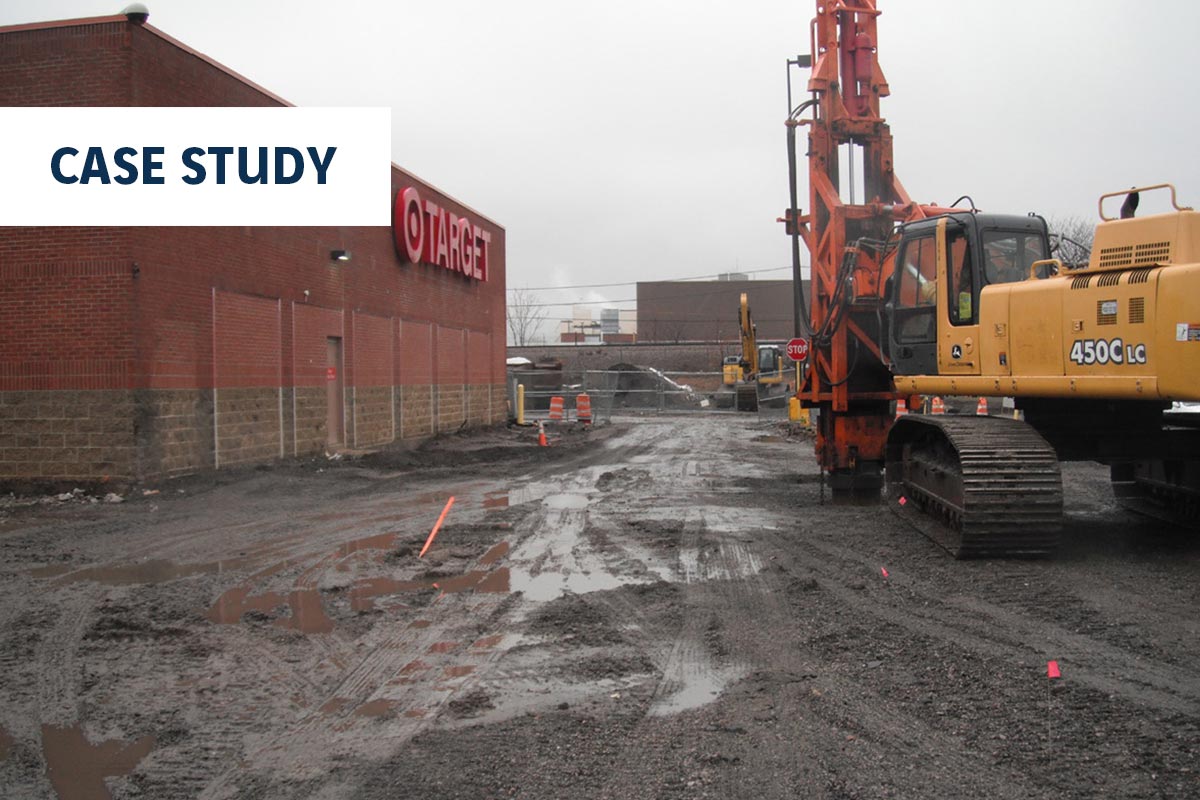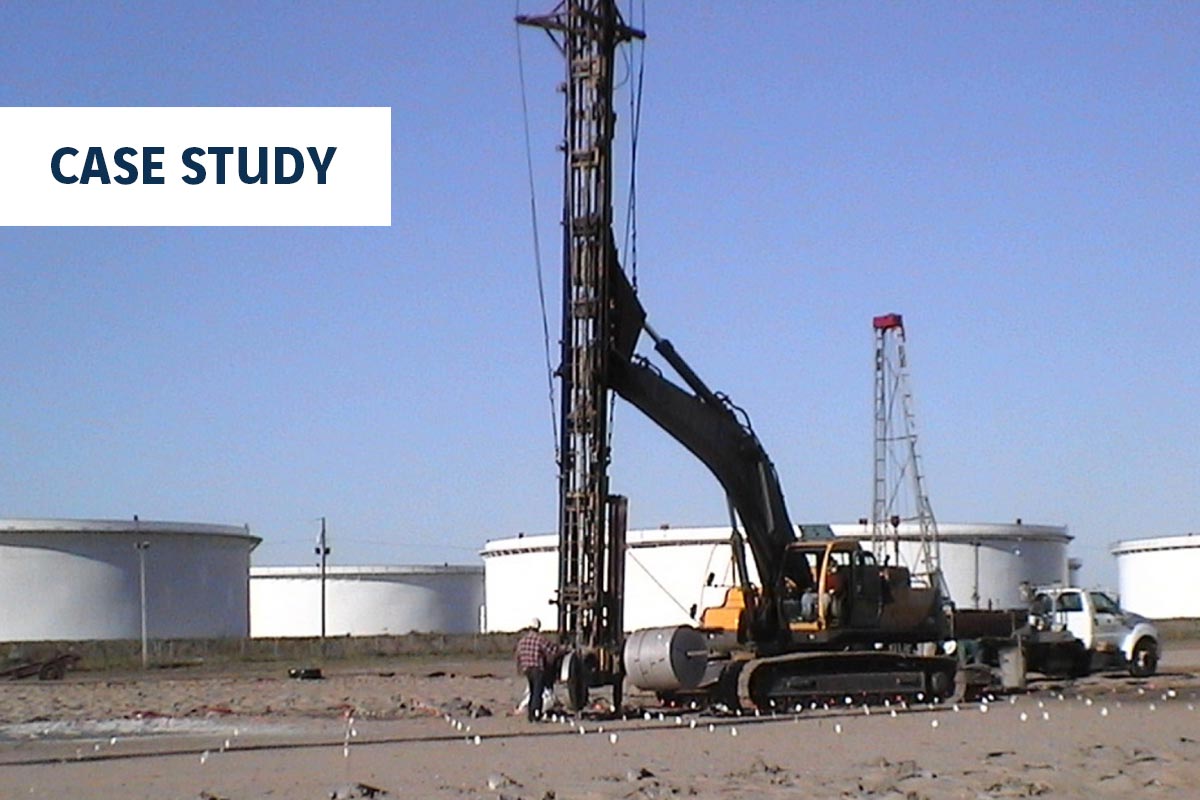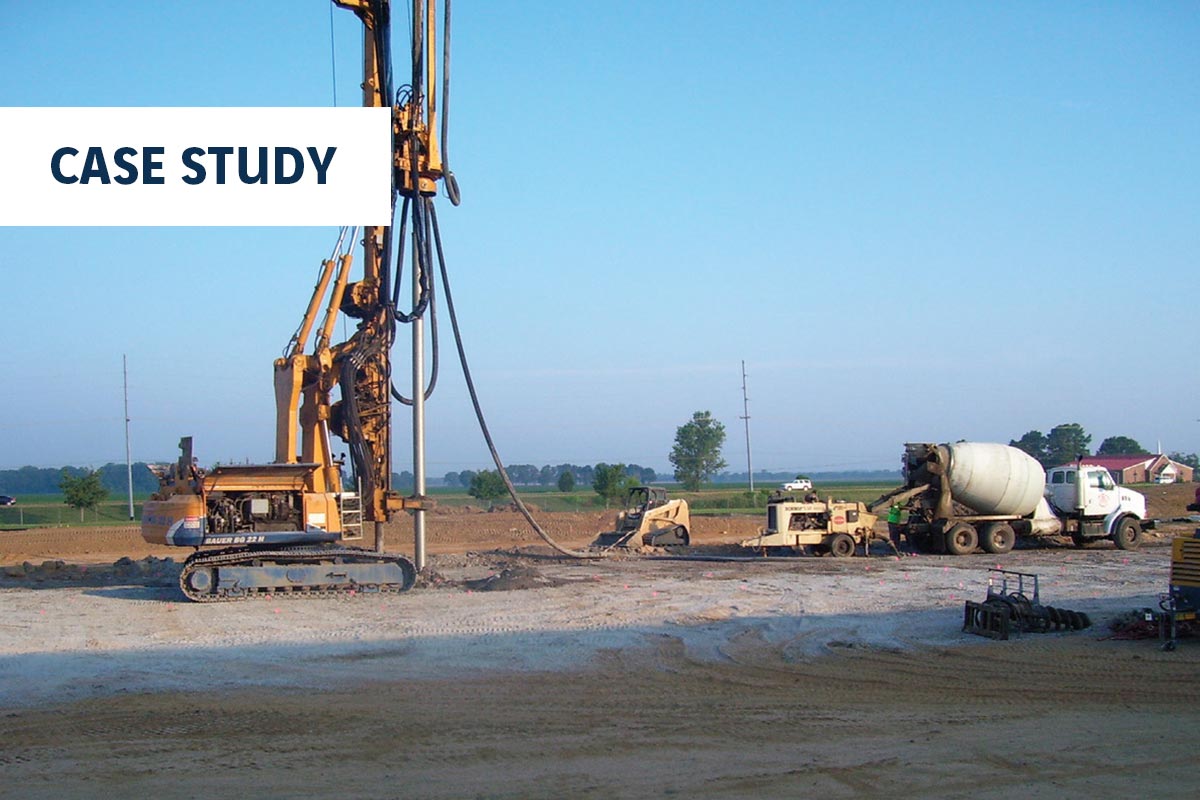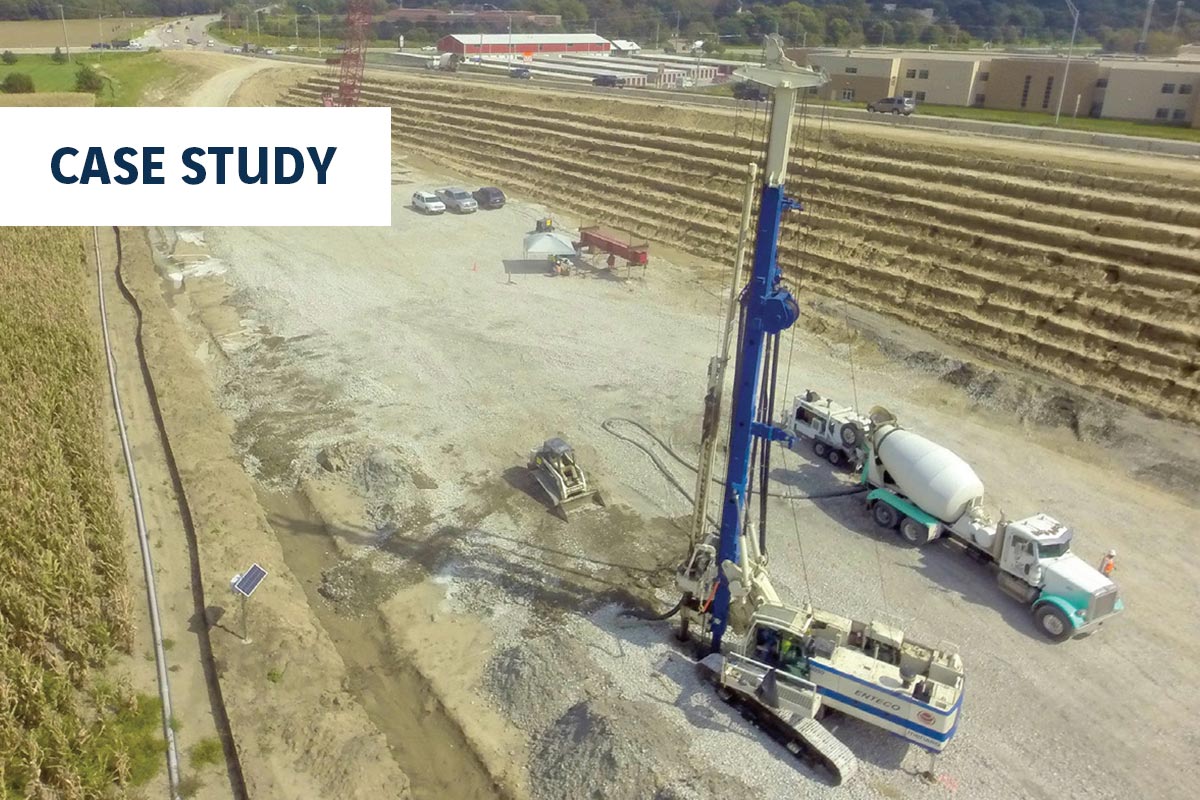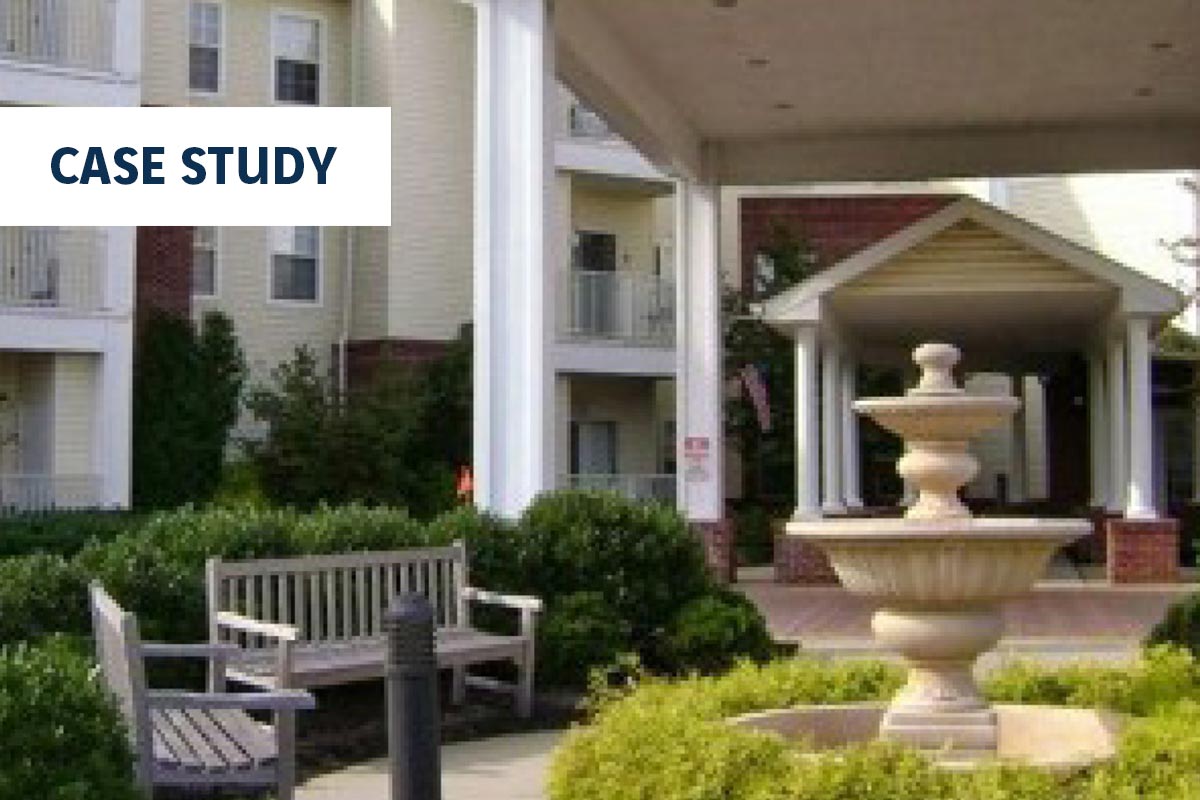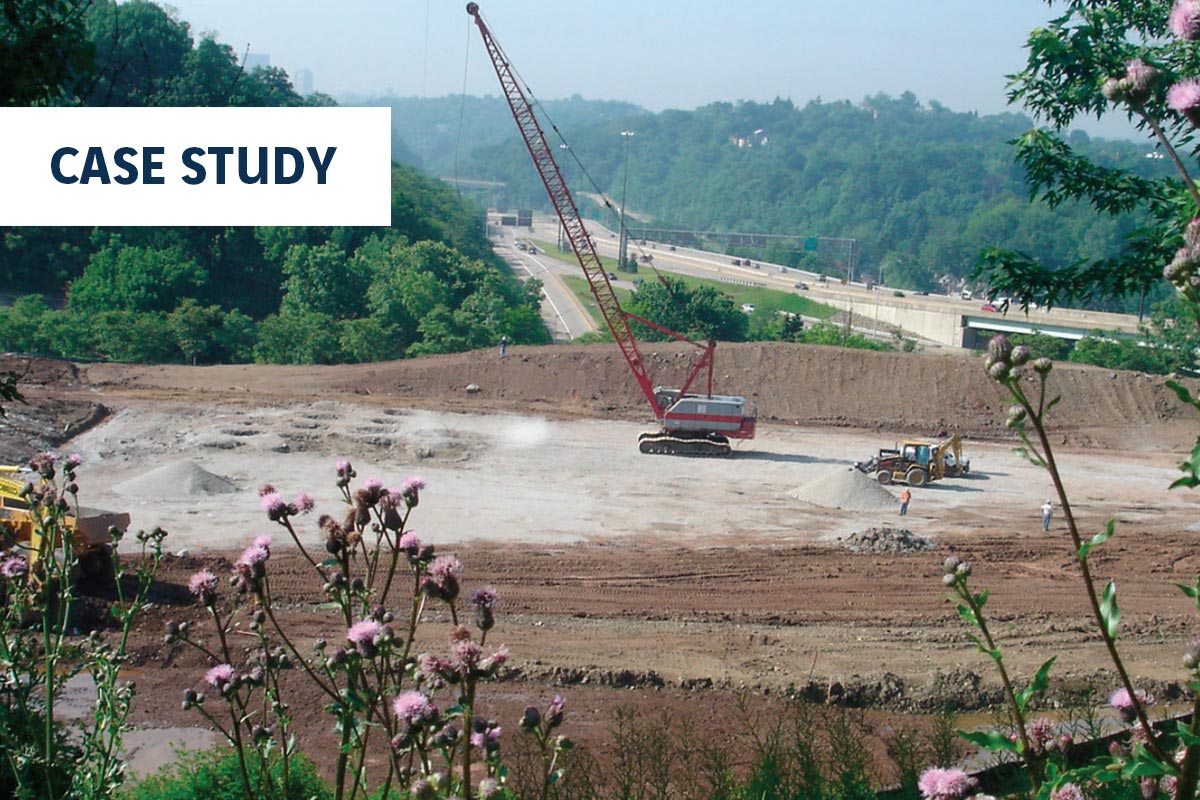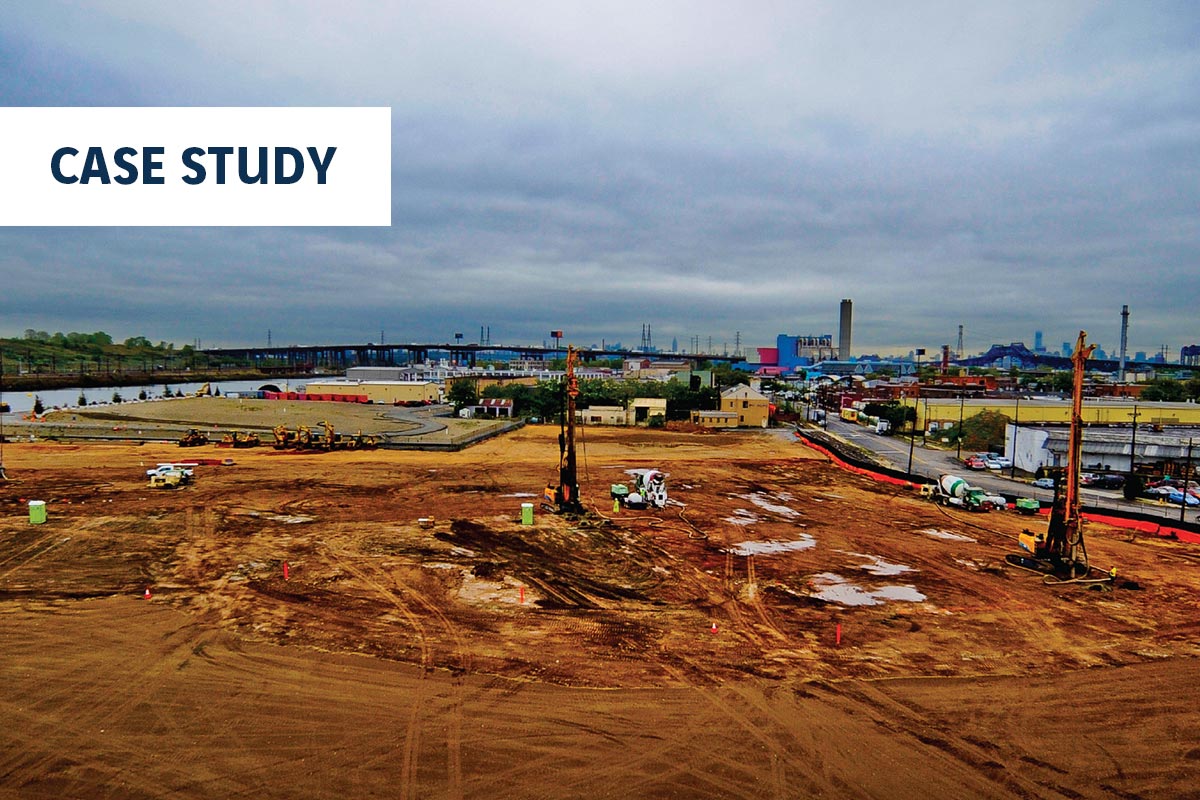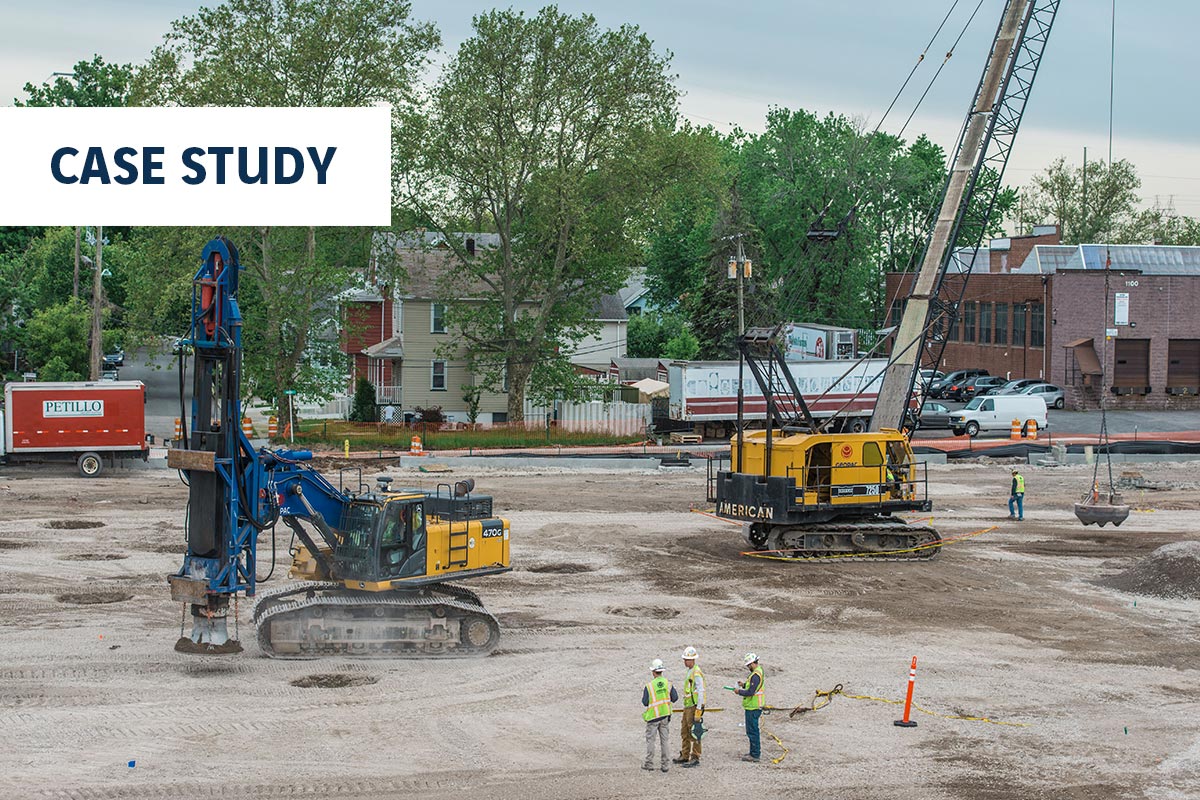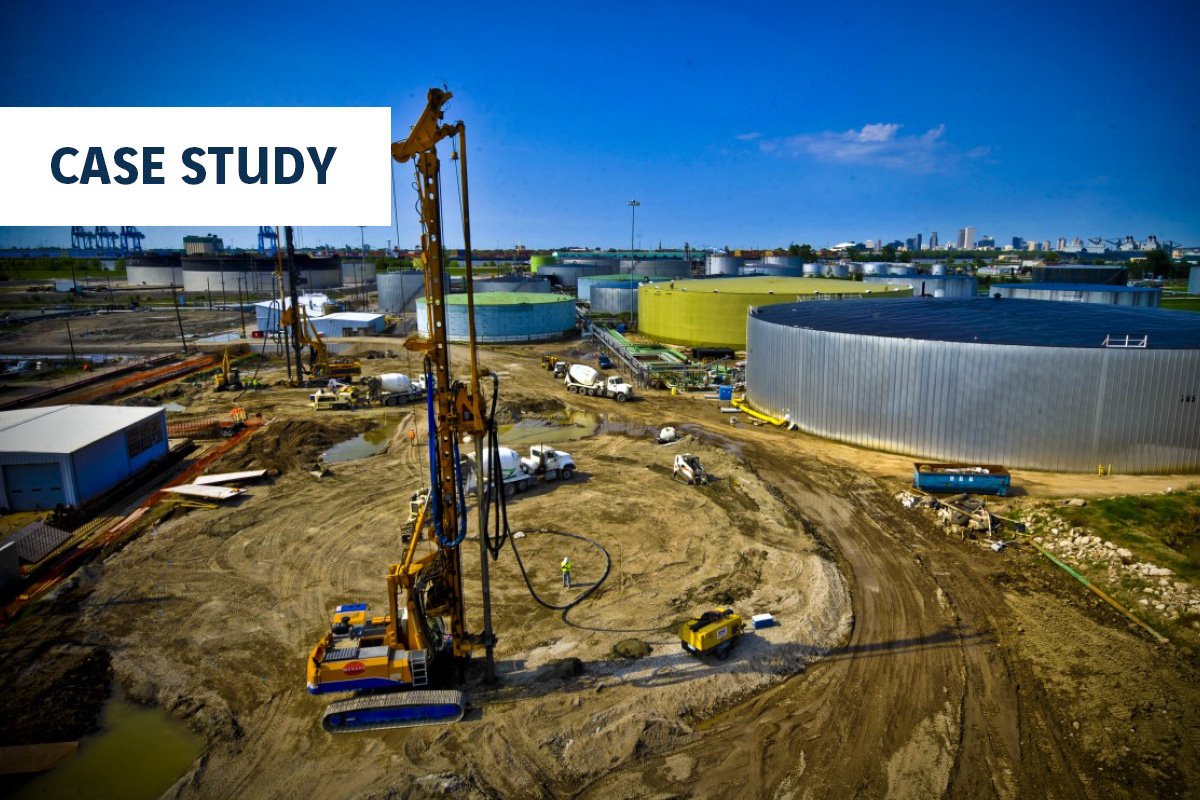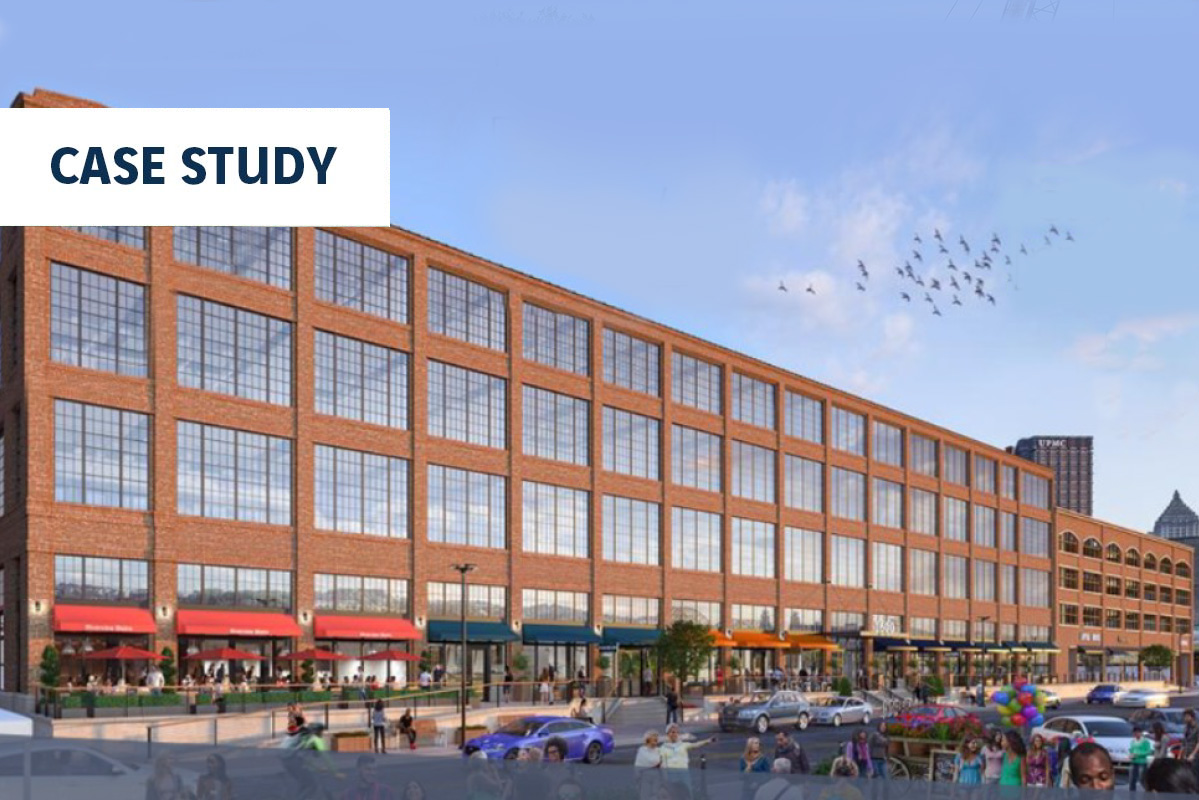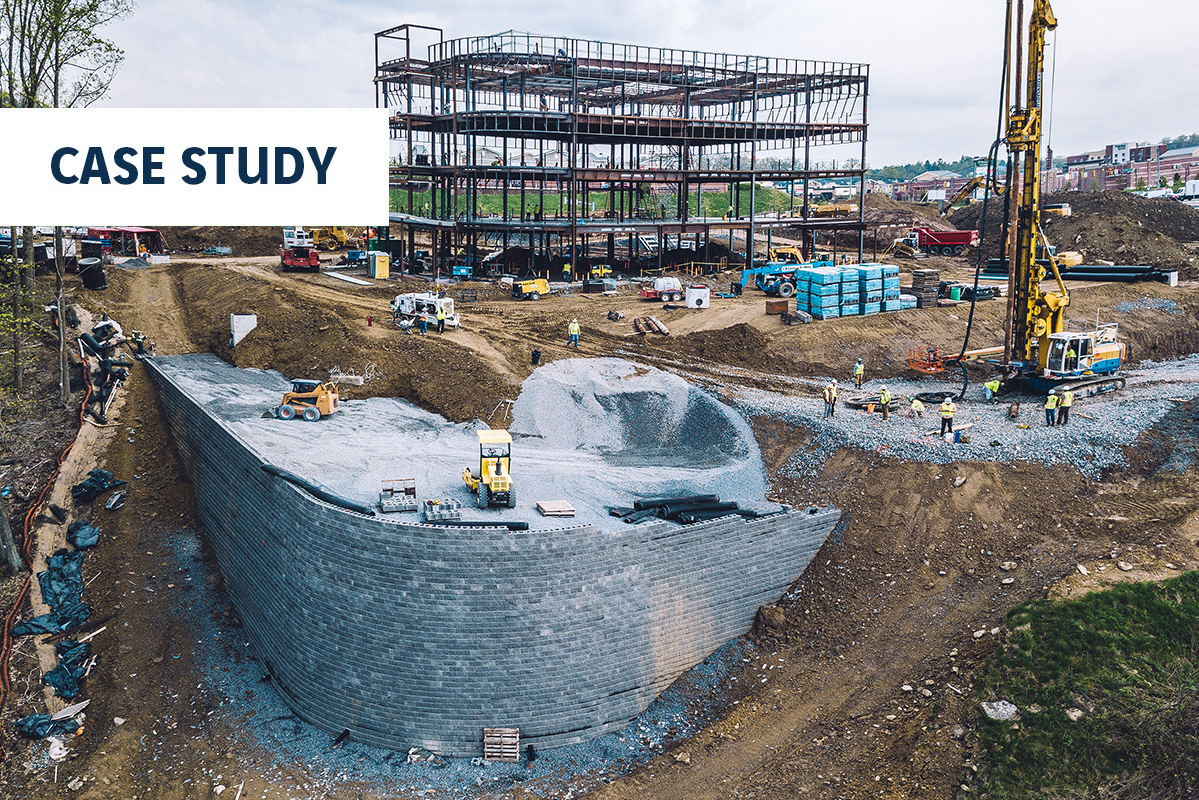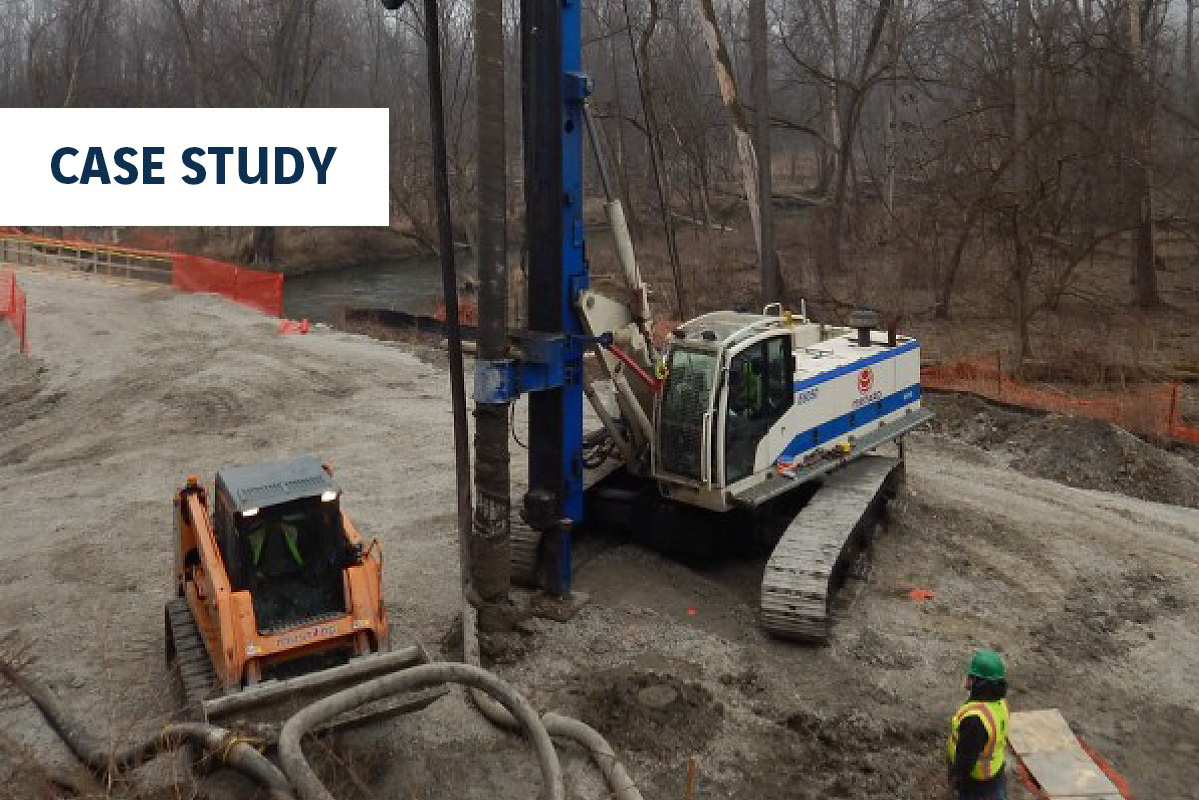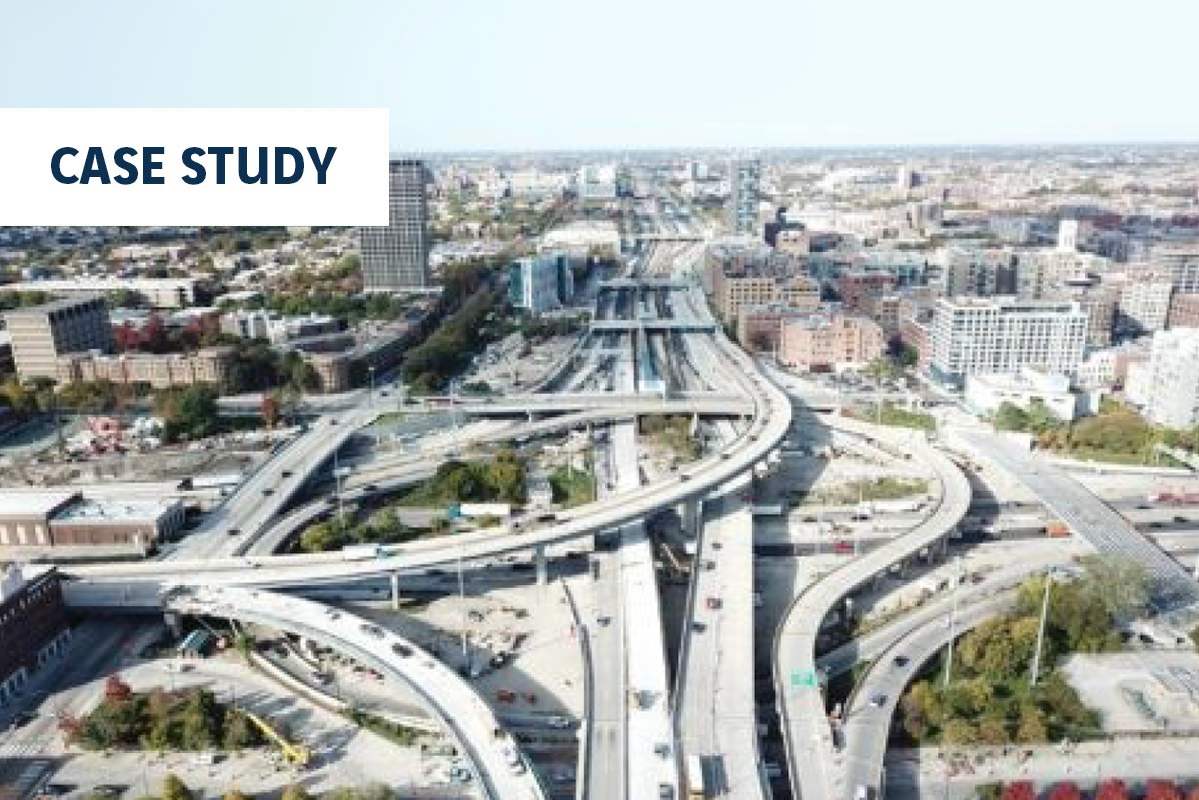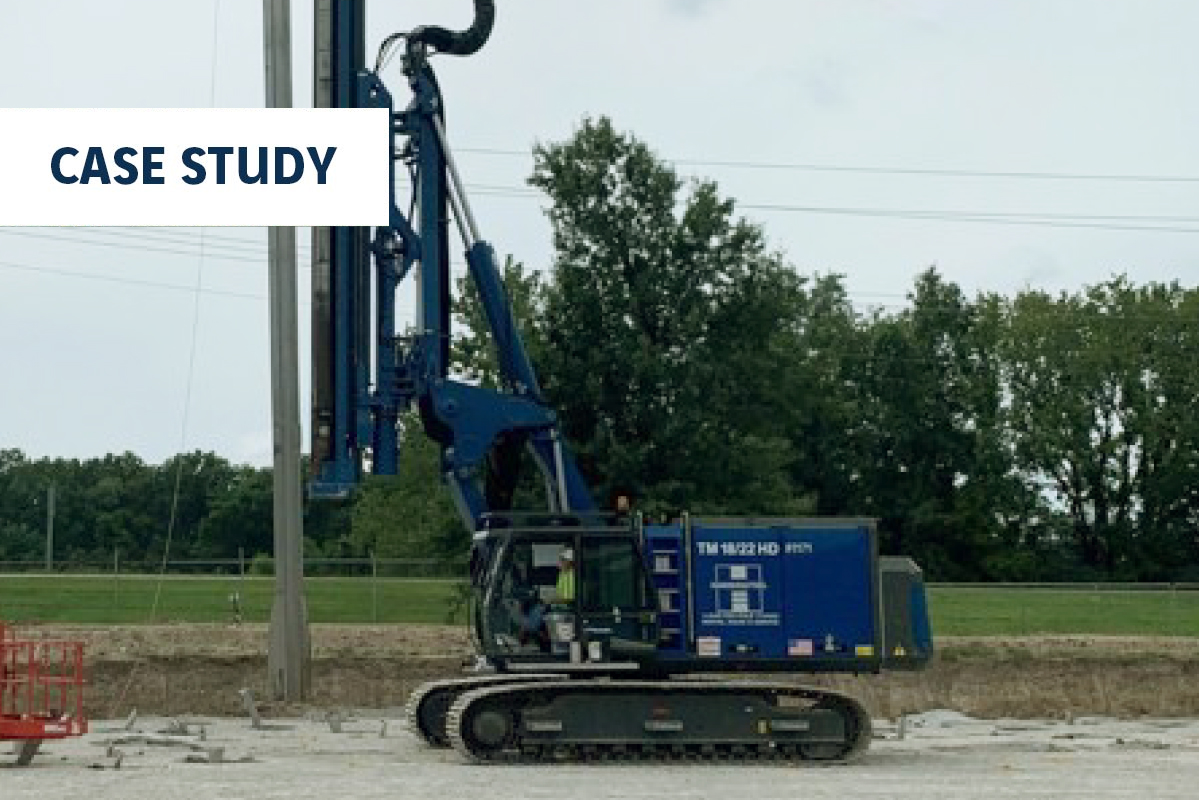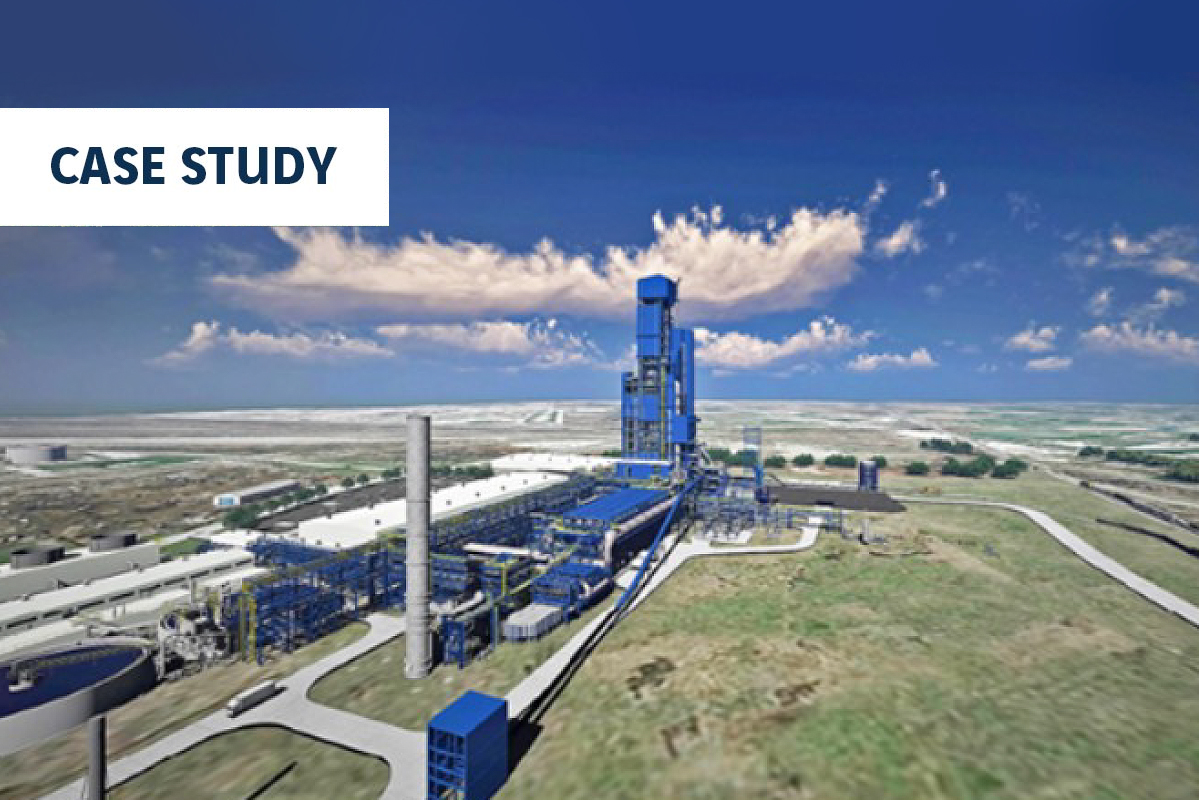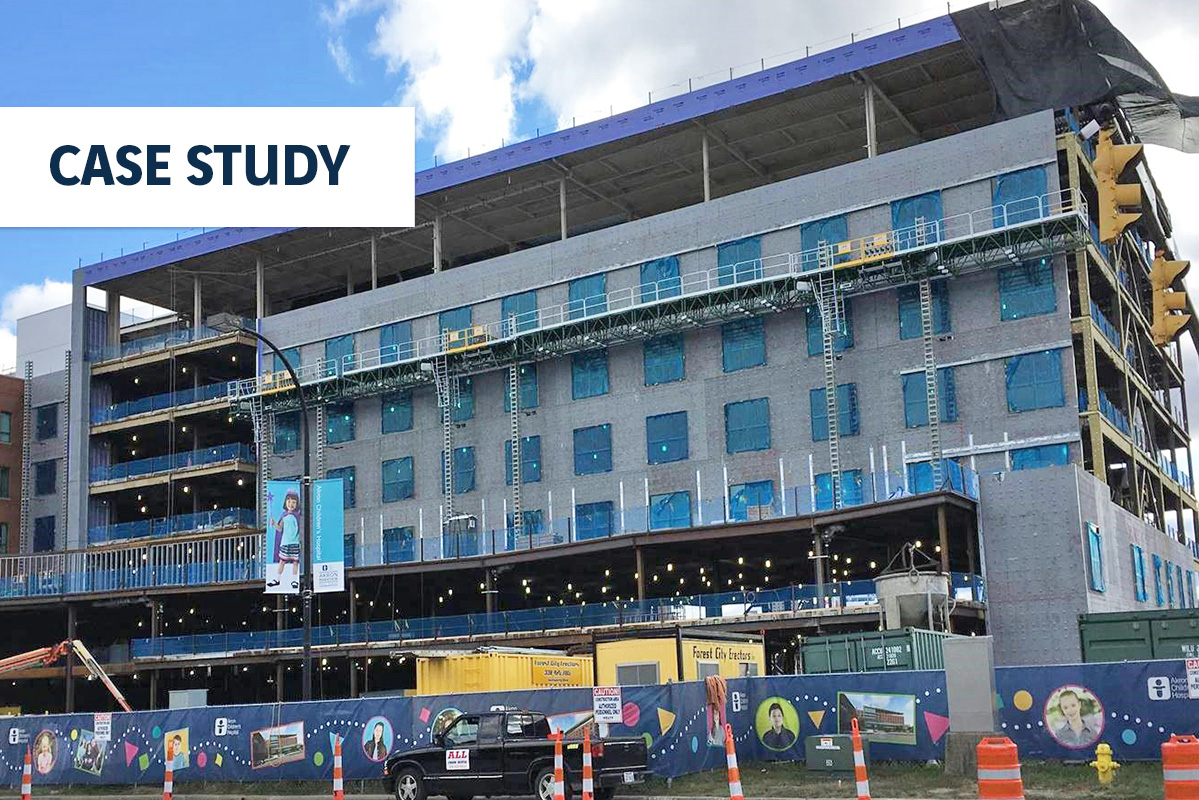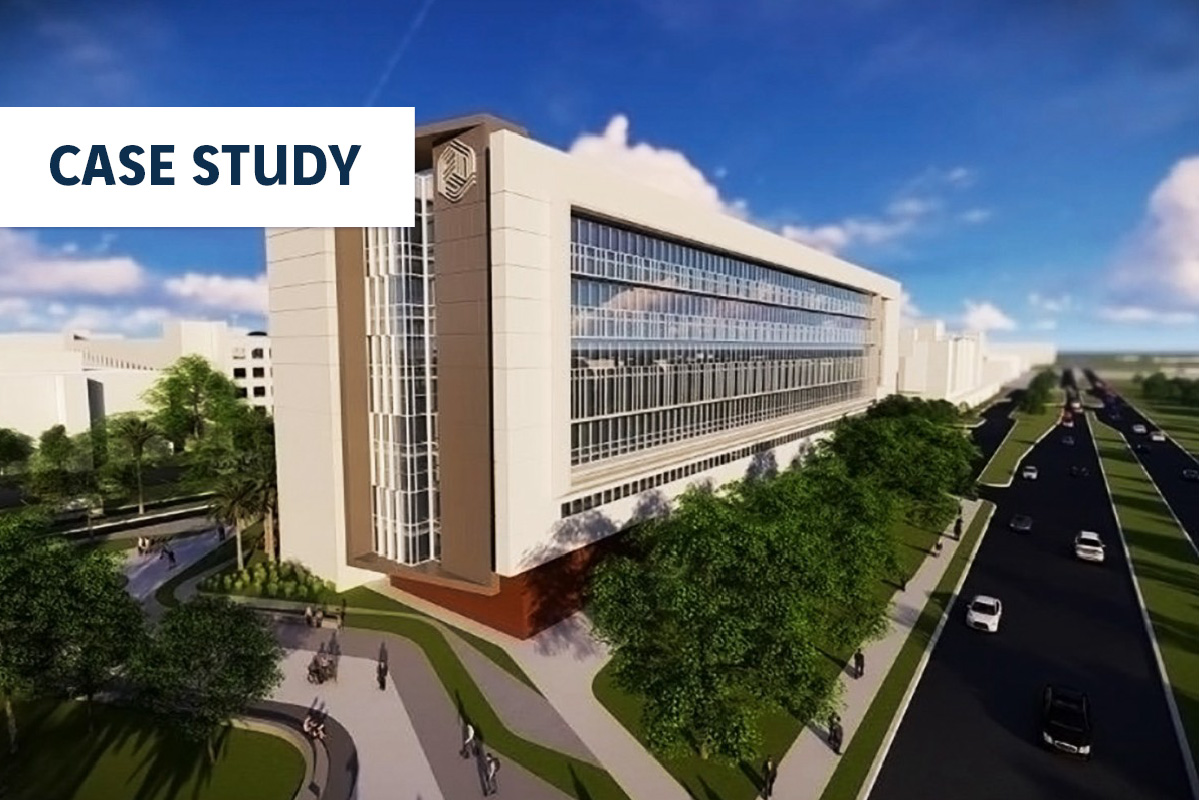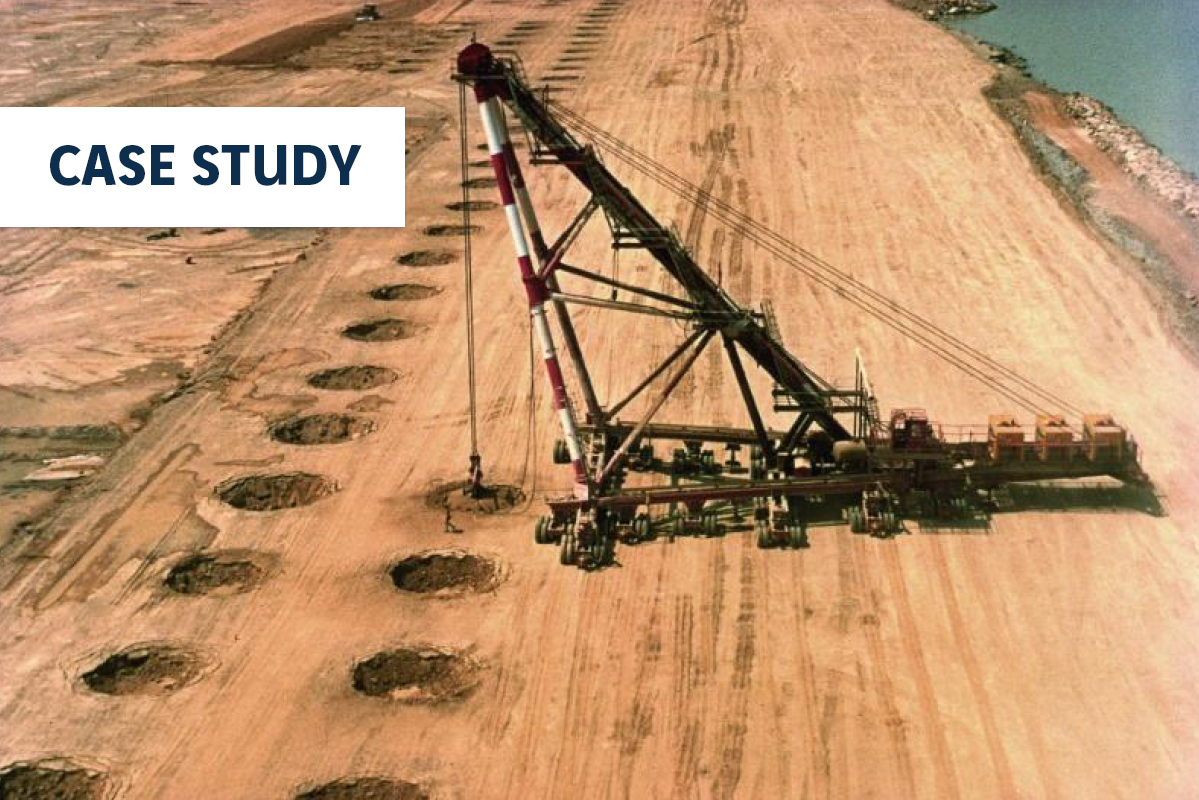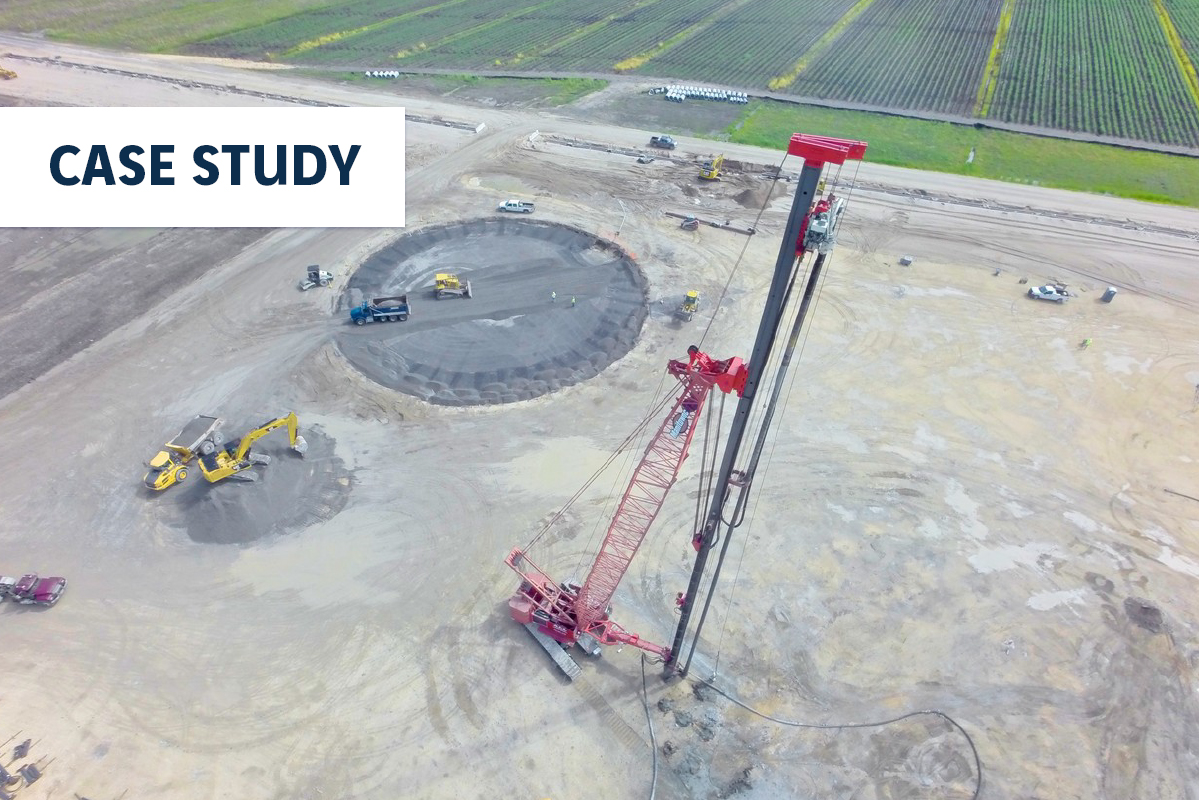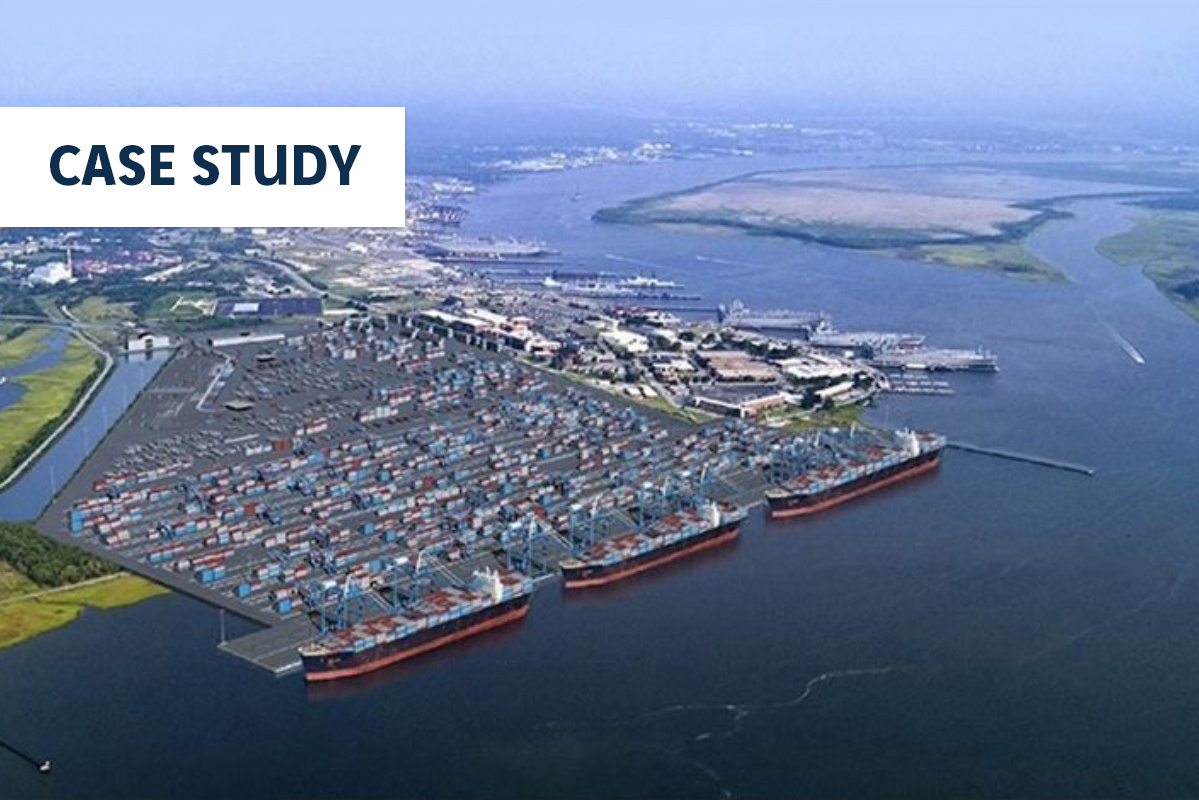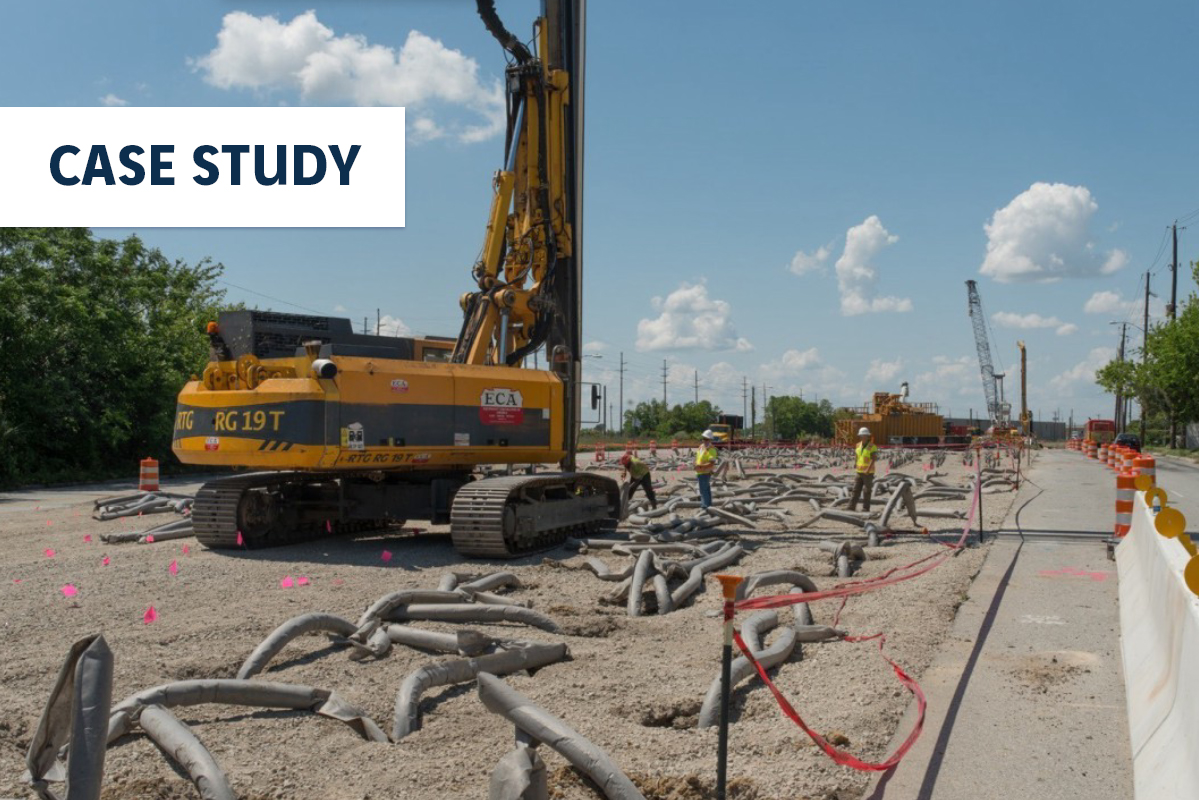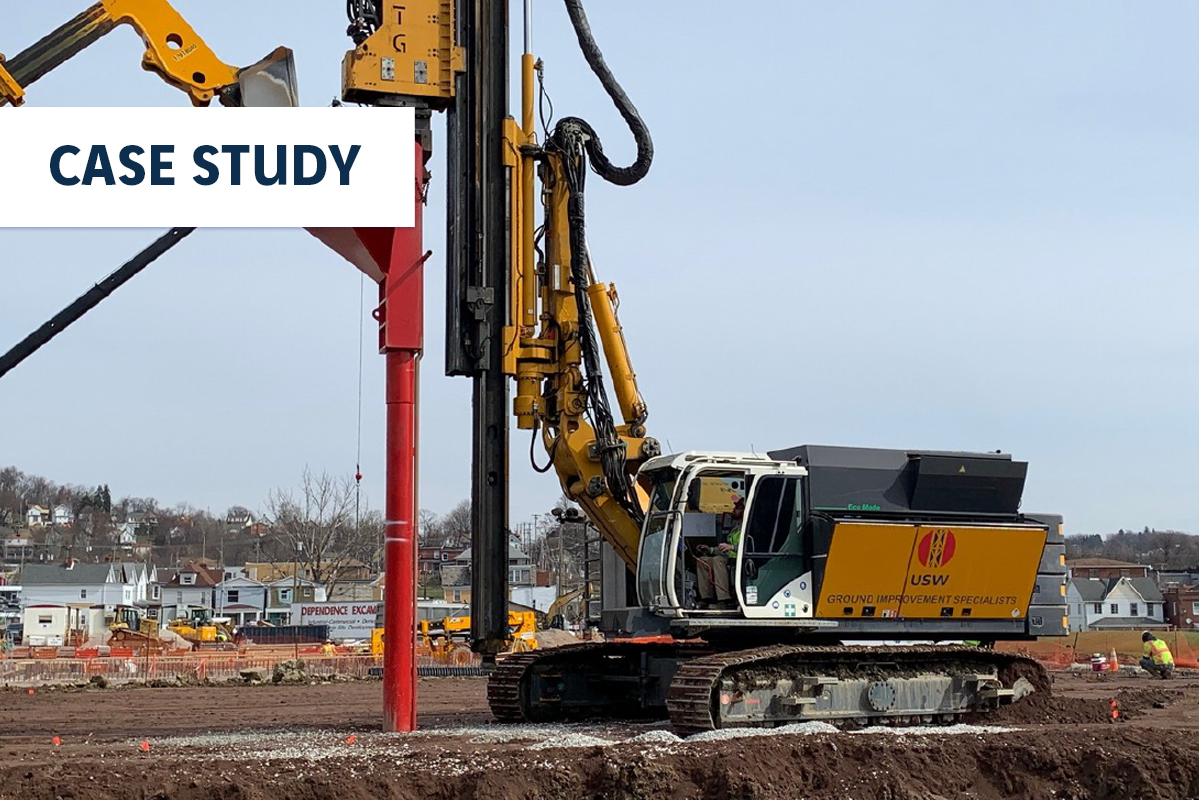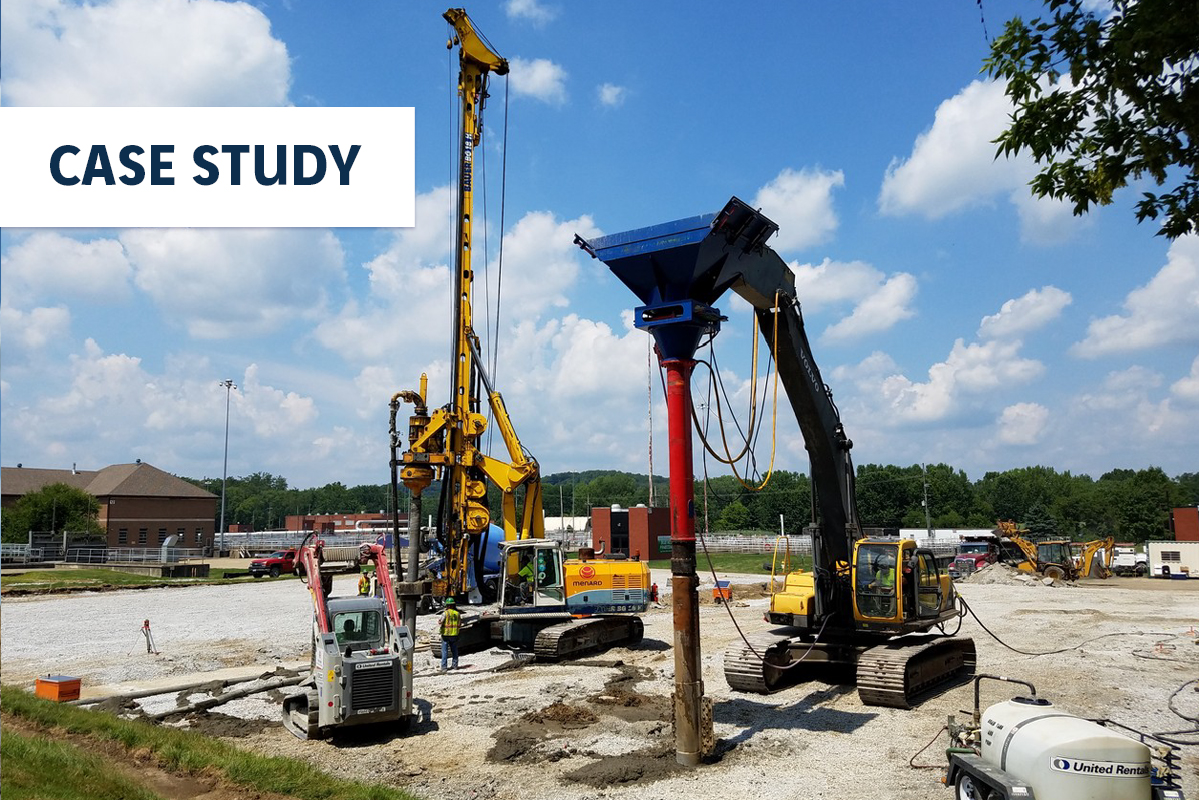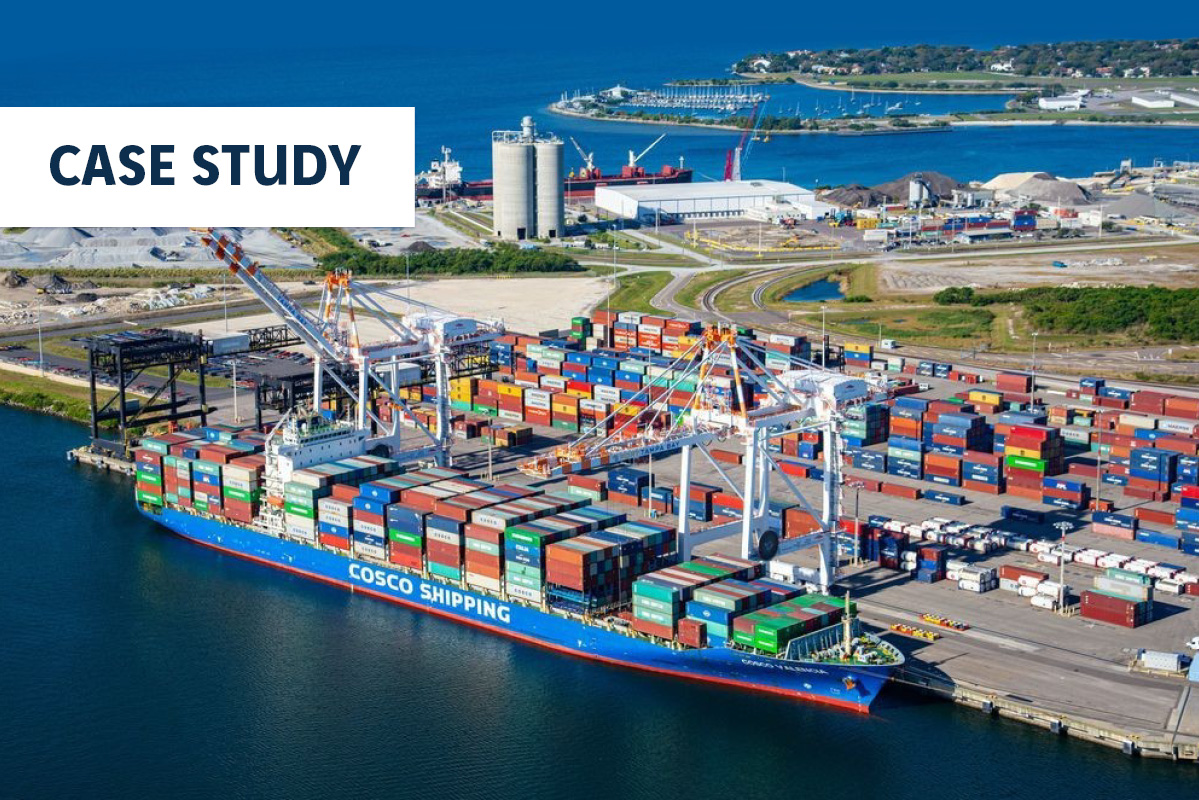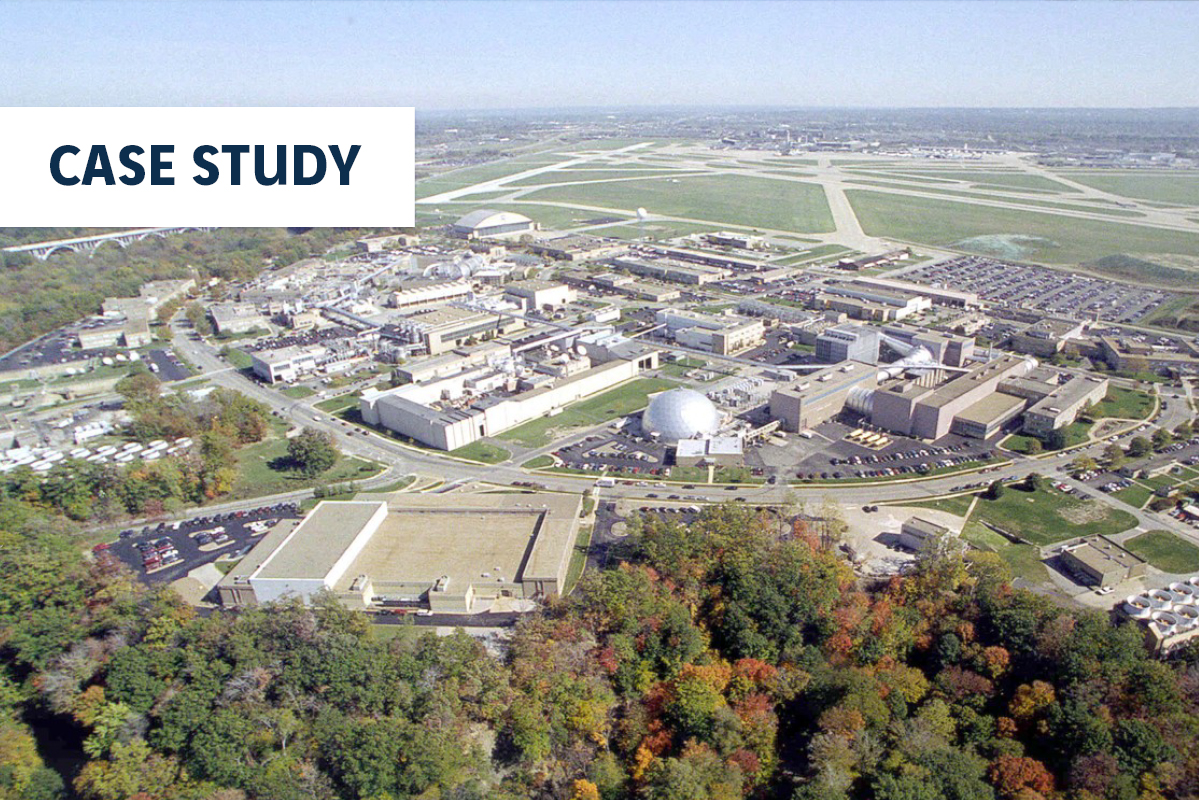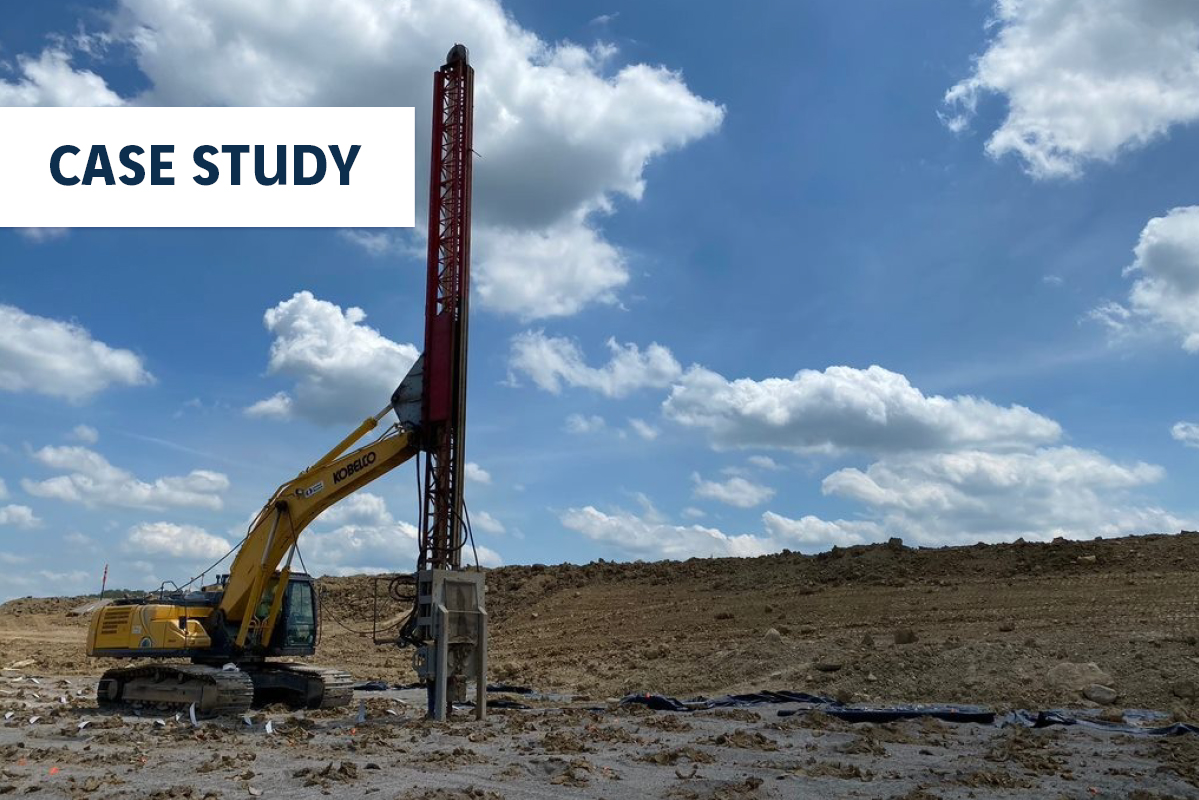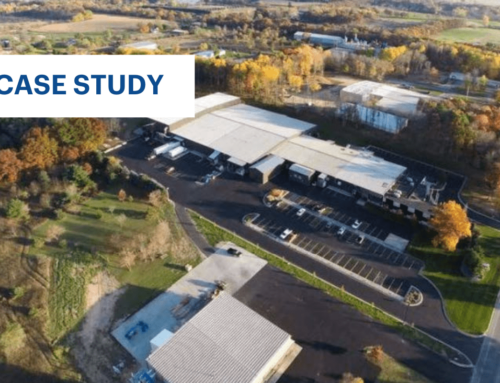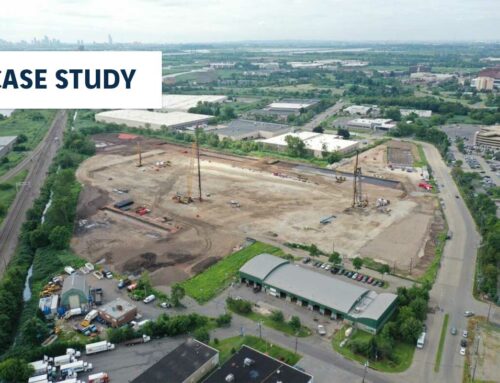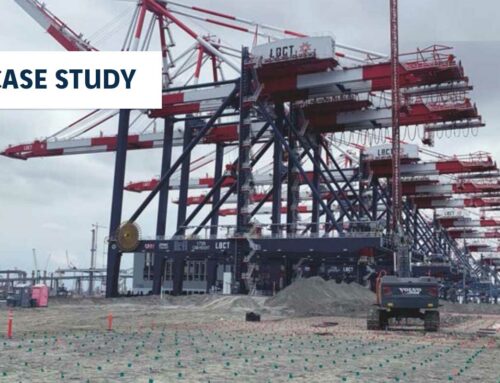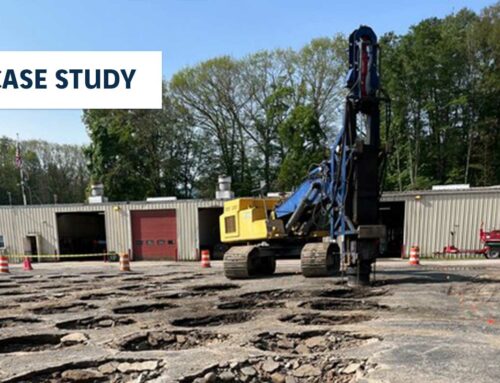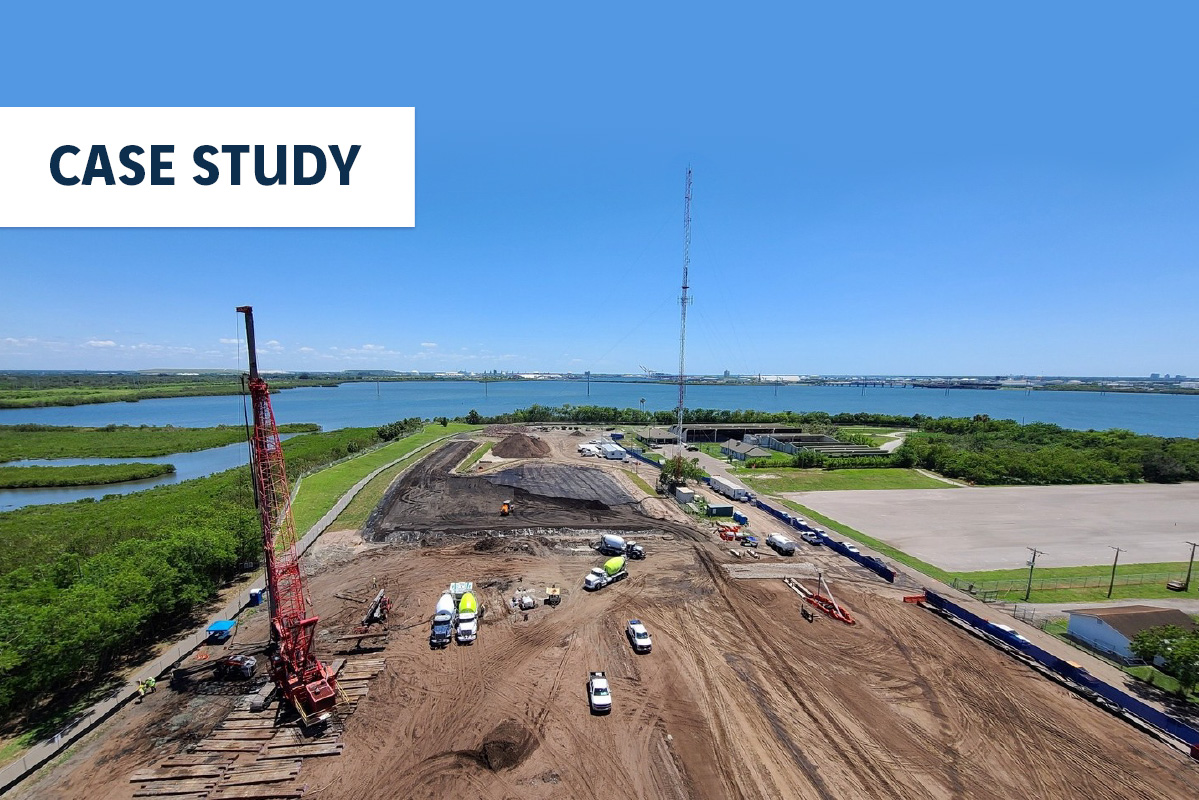
McKay Bay Waste Transfer Station
Project Details:
Owner: City of Tampa
General Contractor: Kokolakis Contracting
Duration of Work: 12 weeks
Subsurface Conditions: Below the upper ash and waste debris layer were layers of sandy clays, clayey sands, highly plastic clay (CH material) and weathered limestone with calcareous clays.
Approximate Key Quantities: 2,300 Controlled Modulus Columns (CMC)® rigid inclusions
Project Overview:
In 2020, the city of Tampa acquired the McKay Bay Waste-to-Energy Facility in an effort to improve the efficiency of the facility and to reduce annual operating expenses by approximately $5 million. One of only two US cities to own and operate its own waste-to-energy (WTE) plant, the city of Tampa plans to invest the savings into the facility to increase the longevity of the plant and ensure that maximum energy is produced from the city’s waste stream. The McKay Bay WTE facility converts more than 2 million pounds of household and commercial refuse into electrical energy daily. In 2019, the facility processed more than 310,000 tons of waste and generated enough electricity to power approximately 15,000 homes. The process saves more than 302,000 barrels of oil and reduces the need to landfill solid waste. As part of an enhancement plan for the facility, the city of Tampa proposed several new construction projects at the site. Among them: A 30,000 sq-ft metal transfer building with an elevated tipping floor area designed to slope into a cast-in-place (CIP) underground commercial loading tunnel; an adjacent two-story, 5,600 sq-ft employee building; an employee parking area.
Due to the loose and variable nature of the soils at the site, Menard USA was contracted to provide ground improvement. The selected technique — Controlled Modulus Column (CMC)® rigid inclusions — would be installed to support the transfer station, employee building, parking area, loading tunnel, a citizens drop-off area, a CIP Z-wall, retaining walls, Mechanically Stabilized Earth (MSE) walls and fill areas.
Ground Conditions:
A significant amount of ash and waste debris was encountered in the upper 15 to 25 ft of sand encountered in the borings. This upper layer was highly variable in constituents, depths and density/consistency. Below this upper layer were layers of sandy clays, clayey sands, highly plastic clay (CH material) and weathered limestone with calcareous clays. On the east side of the site the upper sand/fill/ash layer was very dense.
Solution:
Stone columns were originally considered for ground improvement. However, due to the debris and fill materials at the site, it was determined that CMCs were a better solution as extensive predrilling would have been required to facilitate stone column installation. Menard installed more than 2,300 CMCs — extending to a maximum depth of 73 ft. The design provided for 1 in of post-construction settlement with a ½ in of differential settlement, meeting the performance criteria of the project. Among the challenges on this project was strict access to the site, in which the entry gate opened at 6:30 AM and closed no later than 5 PM. This caused issues, at times, for evening delivery drivers who were required to enter an alternative gate. Further, egress/ingress was challenging for larger vehicles due to narrow entry ways. Menard also worked from three different working-pad elevations. The dimensions of the working pad areas, along with working with crane leads off of crane mats, were atypical for such projects.
Notwithstanding all challenges, Menard successfully installed more than 2,300 CMCs to support a multi-phase project for the city of Tampa.
Print this resource

